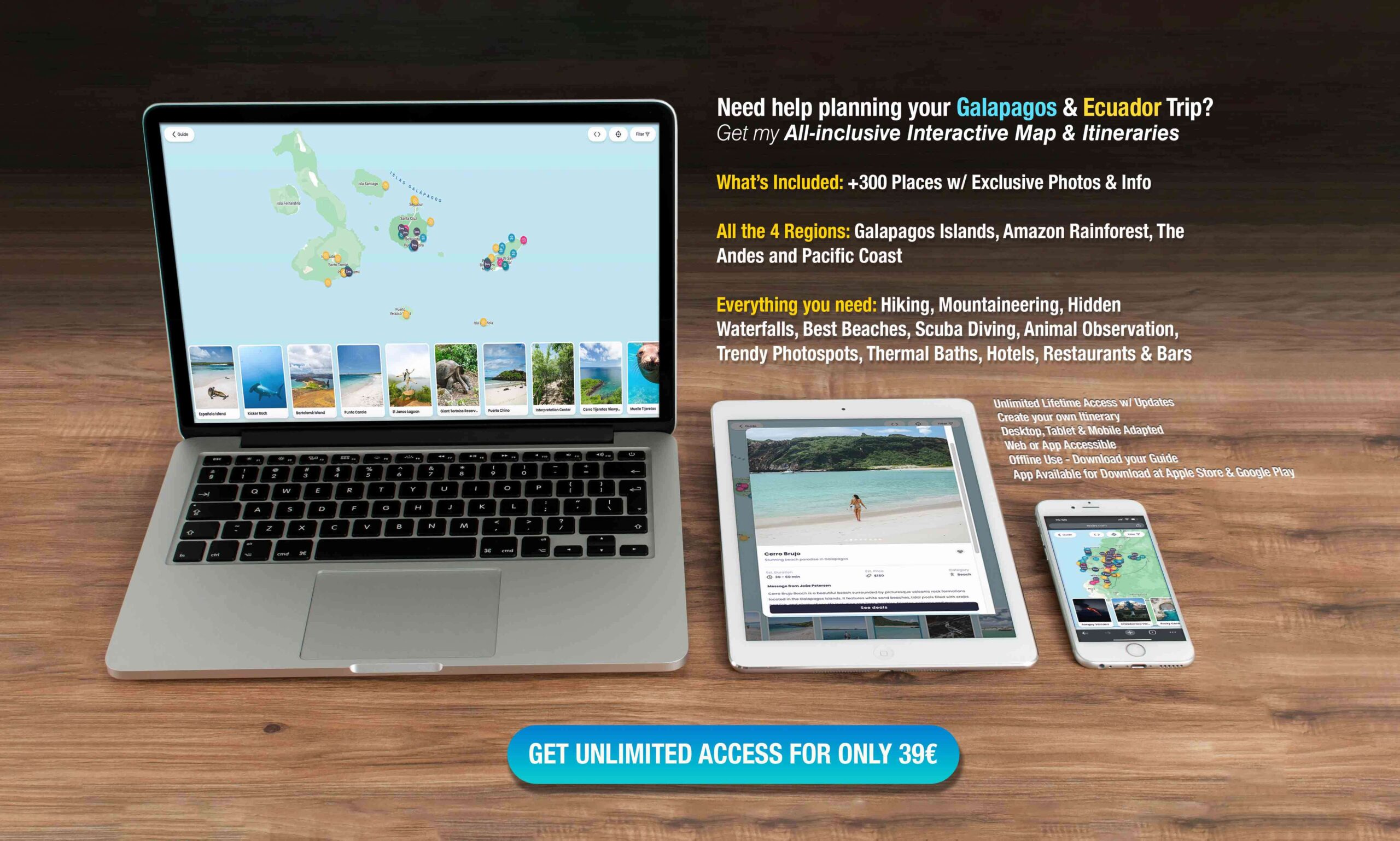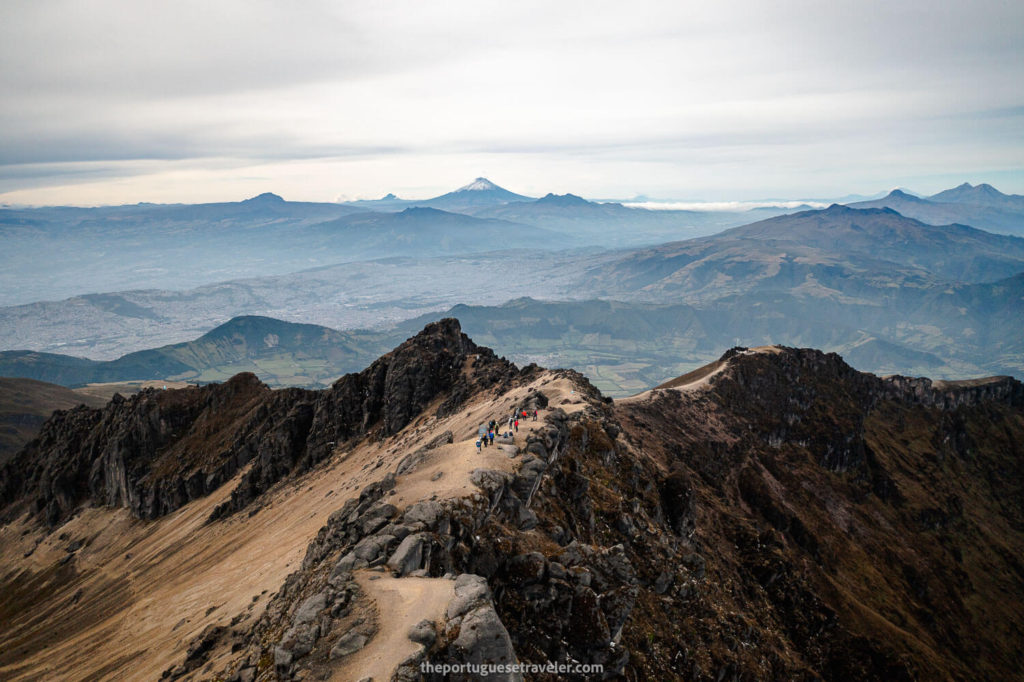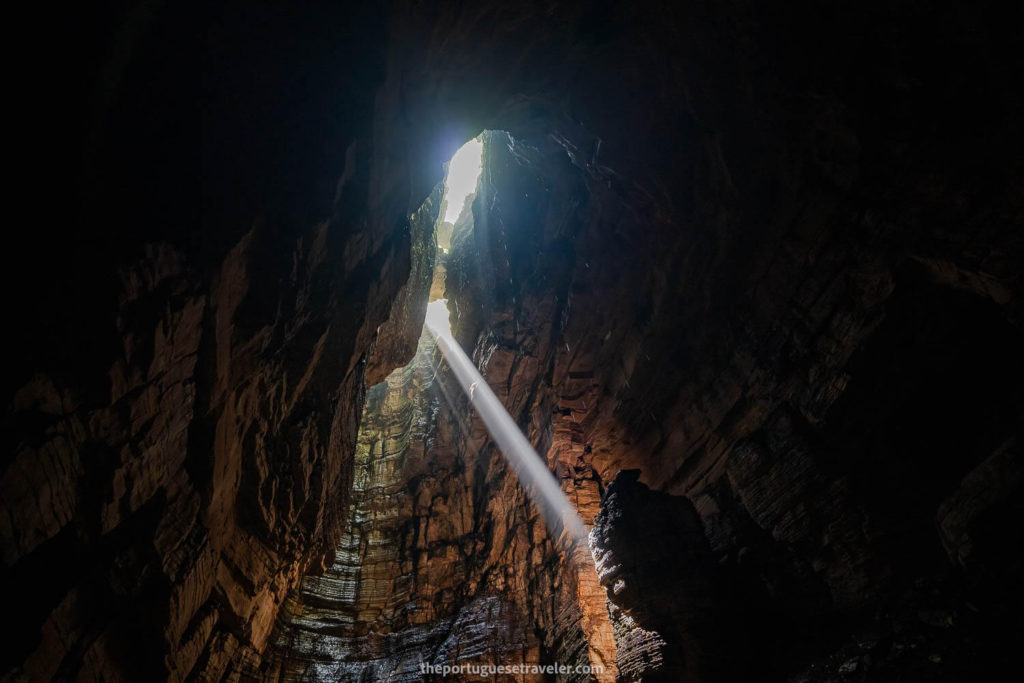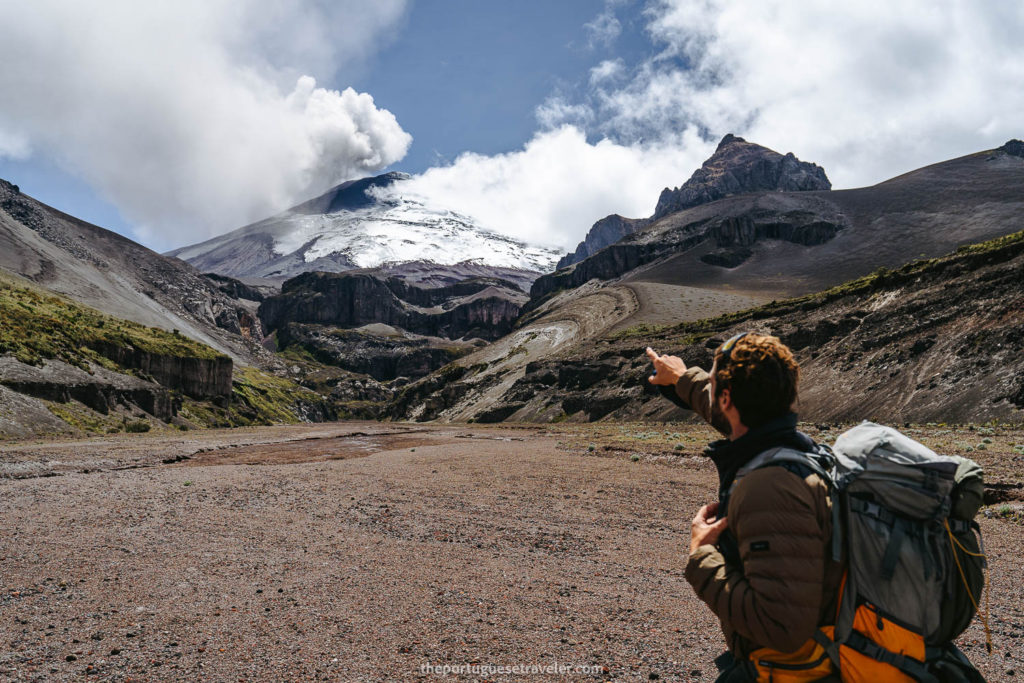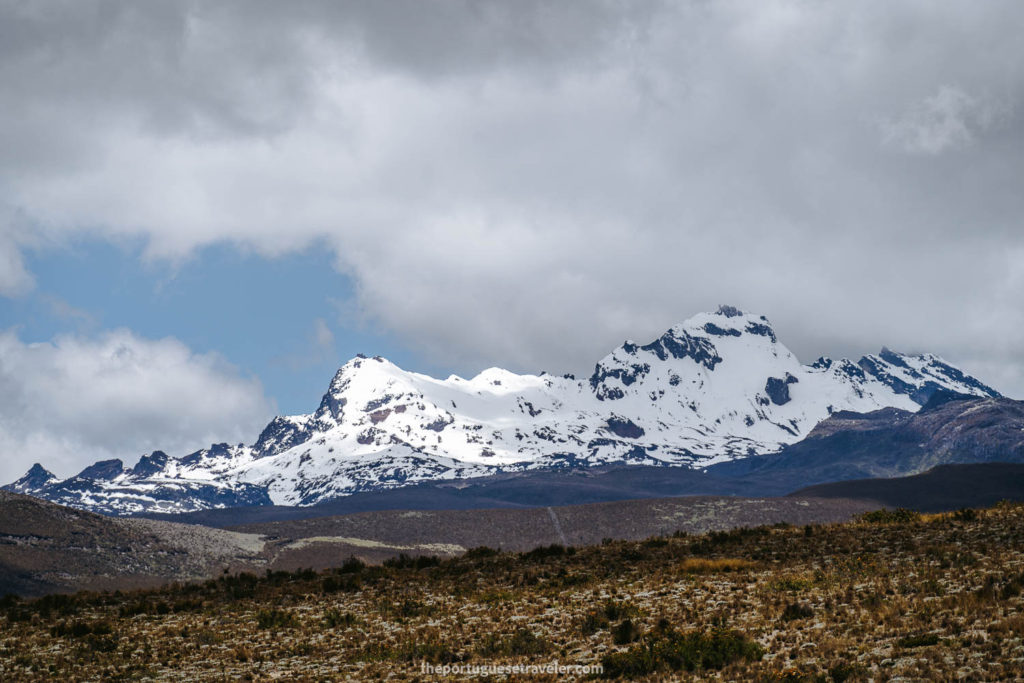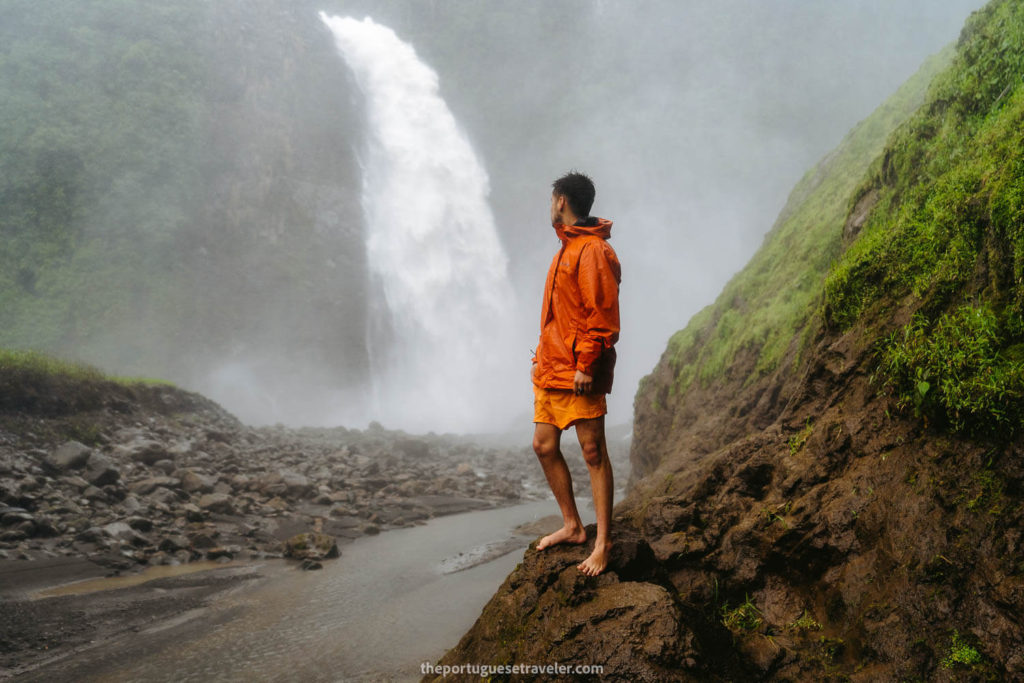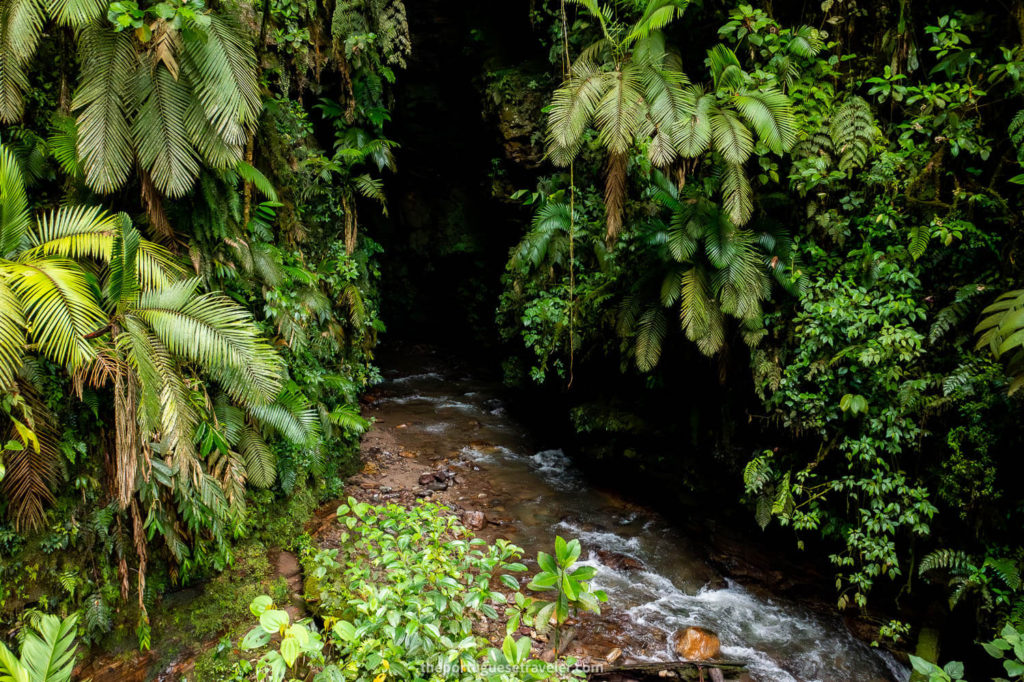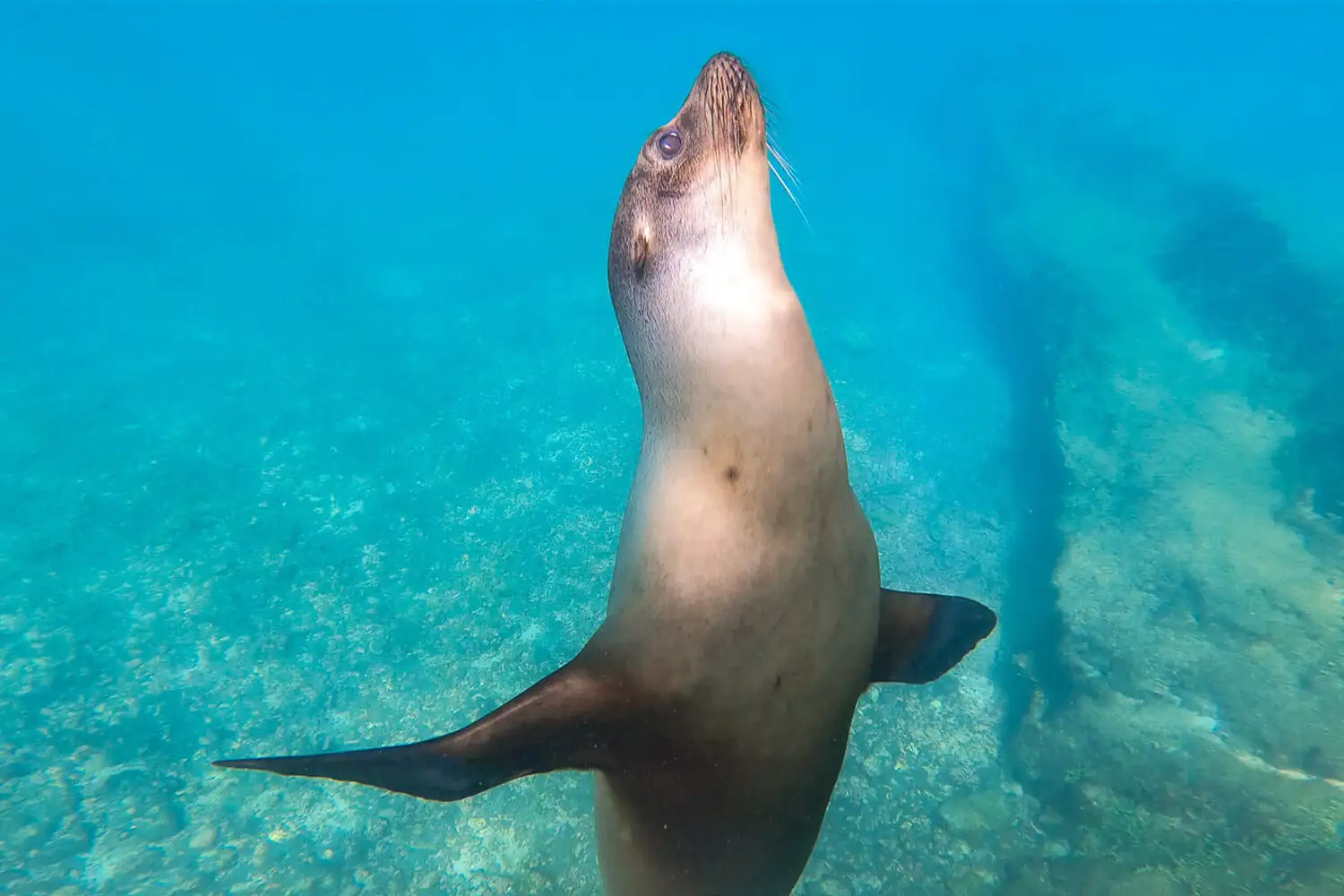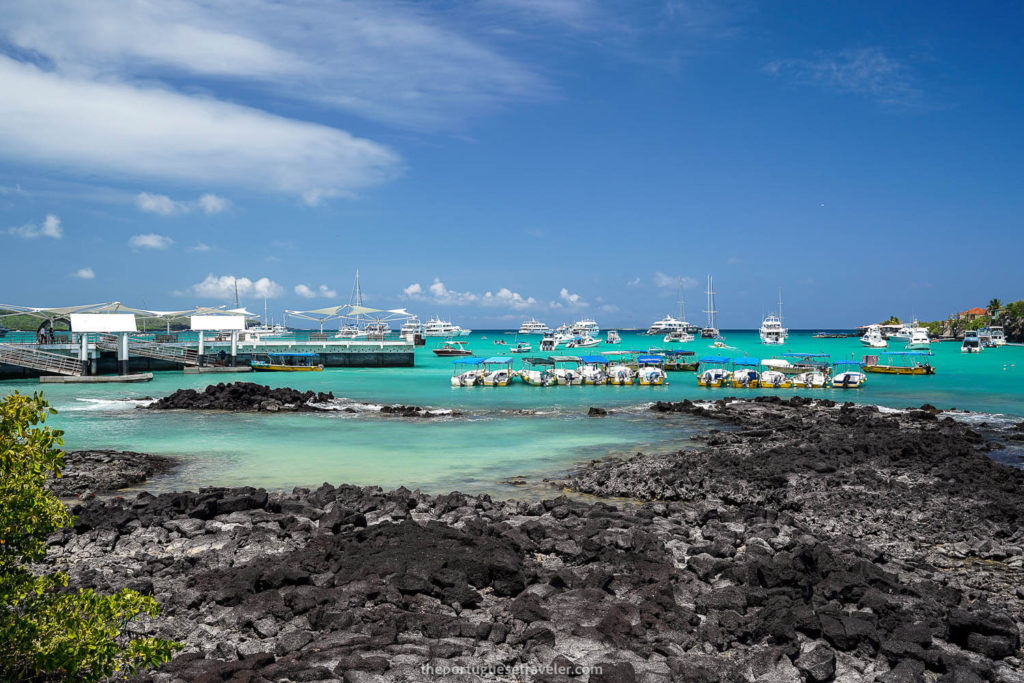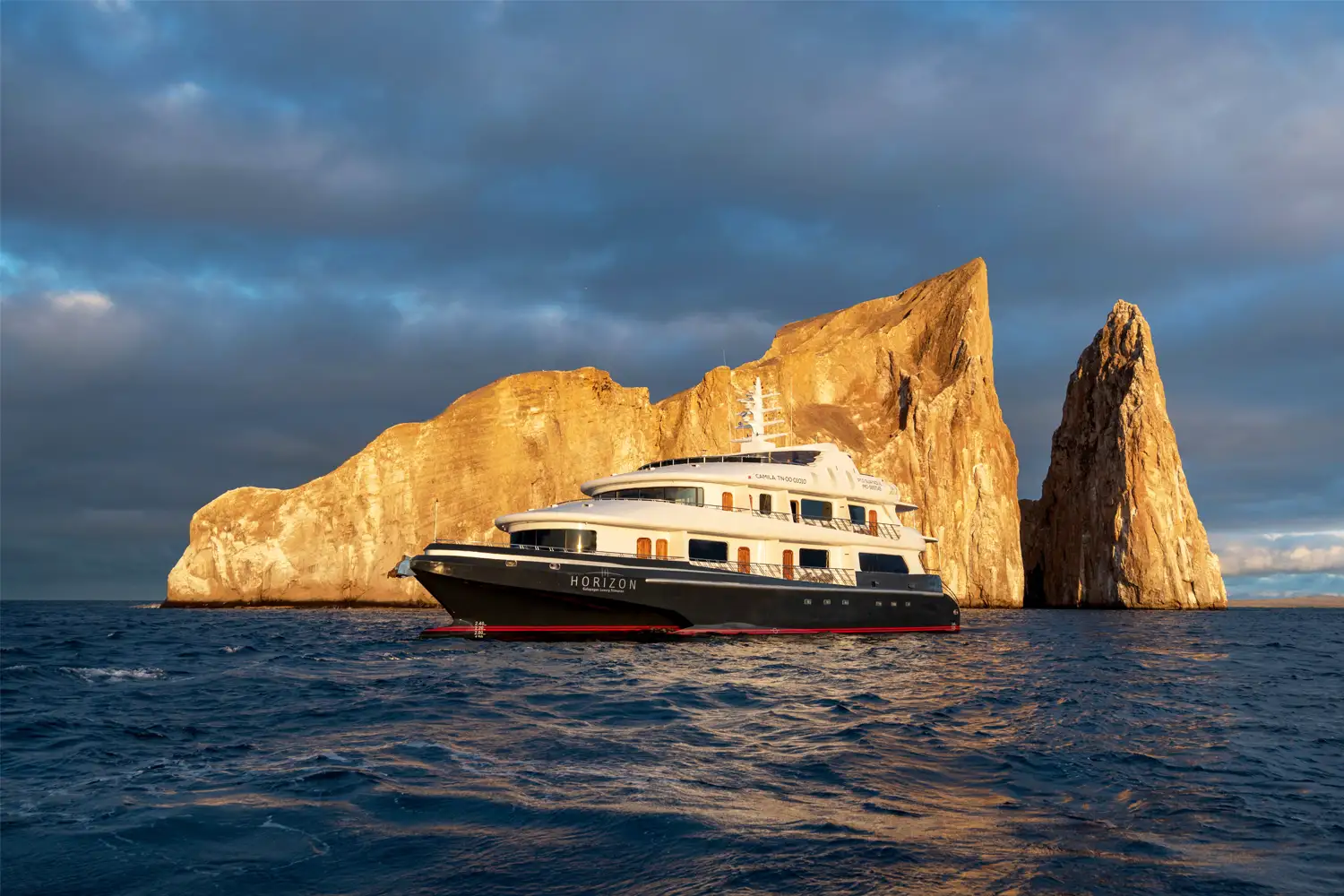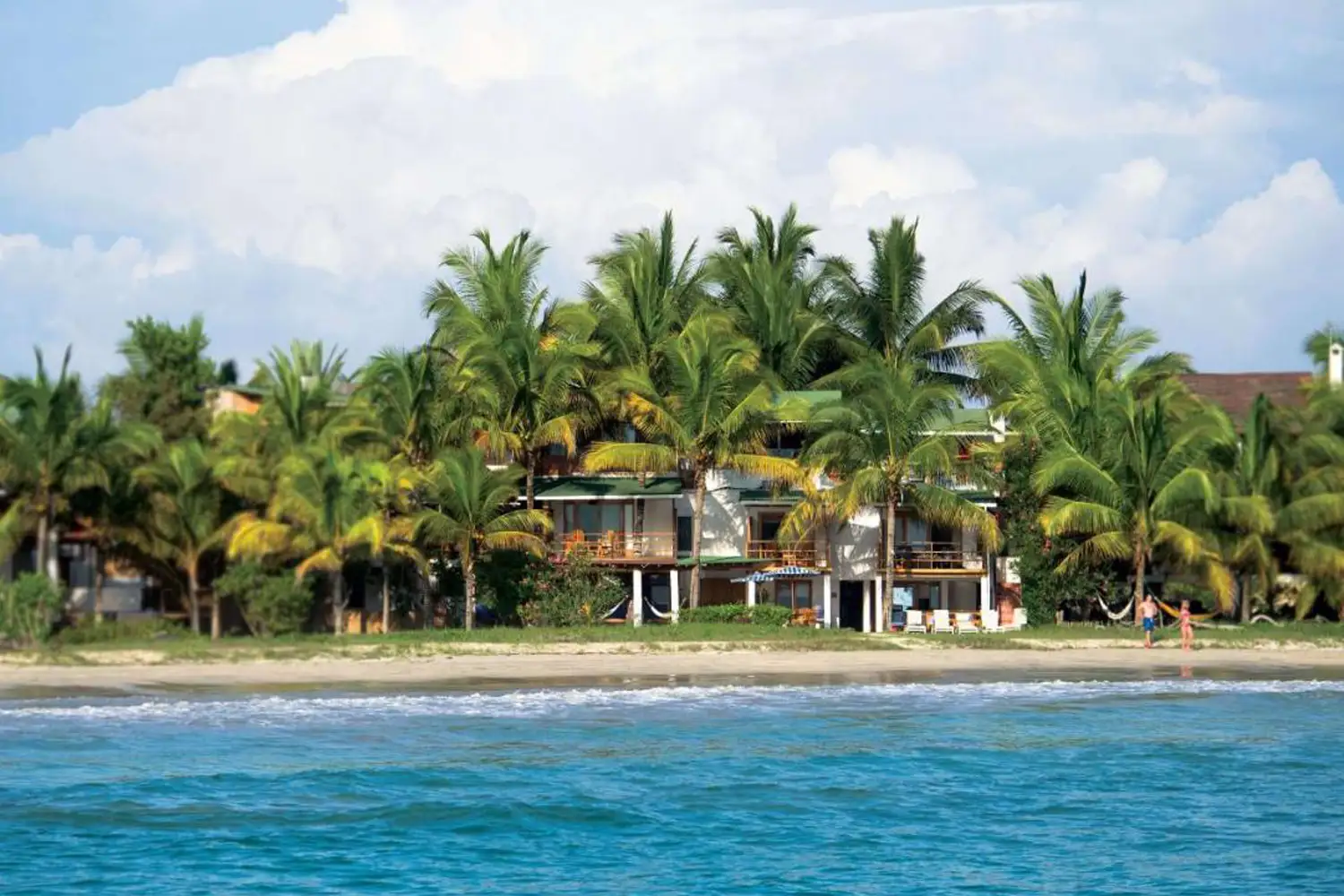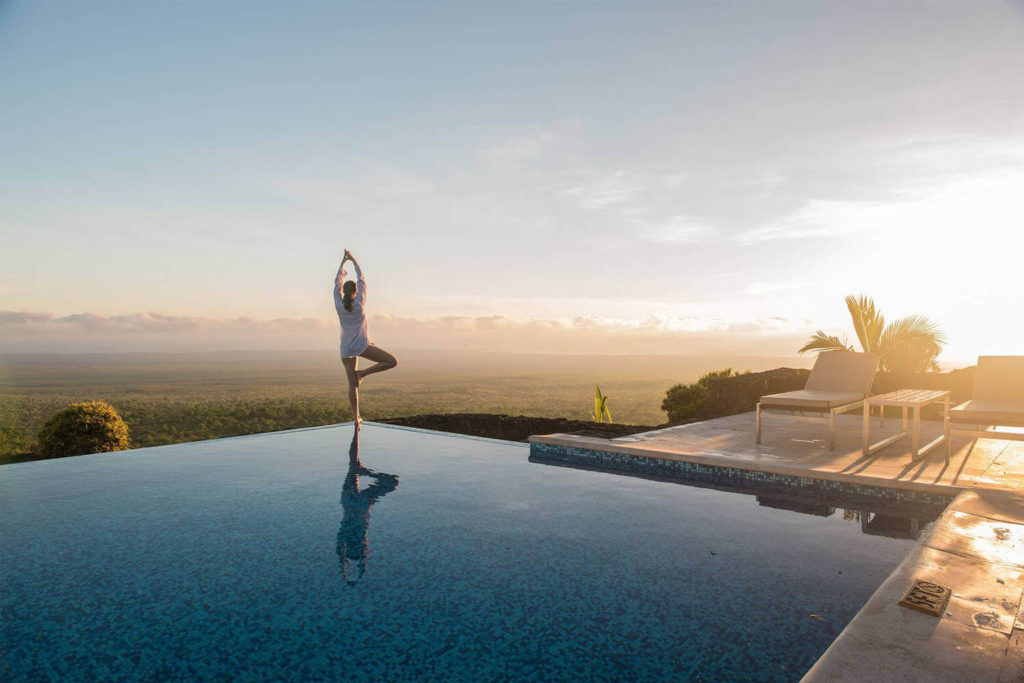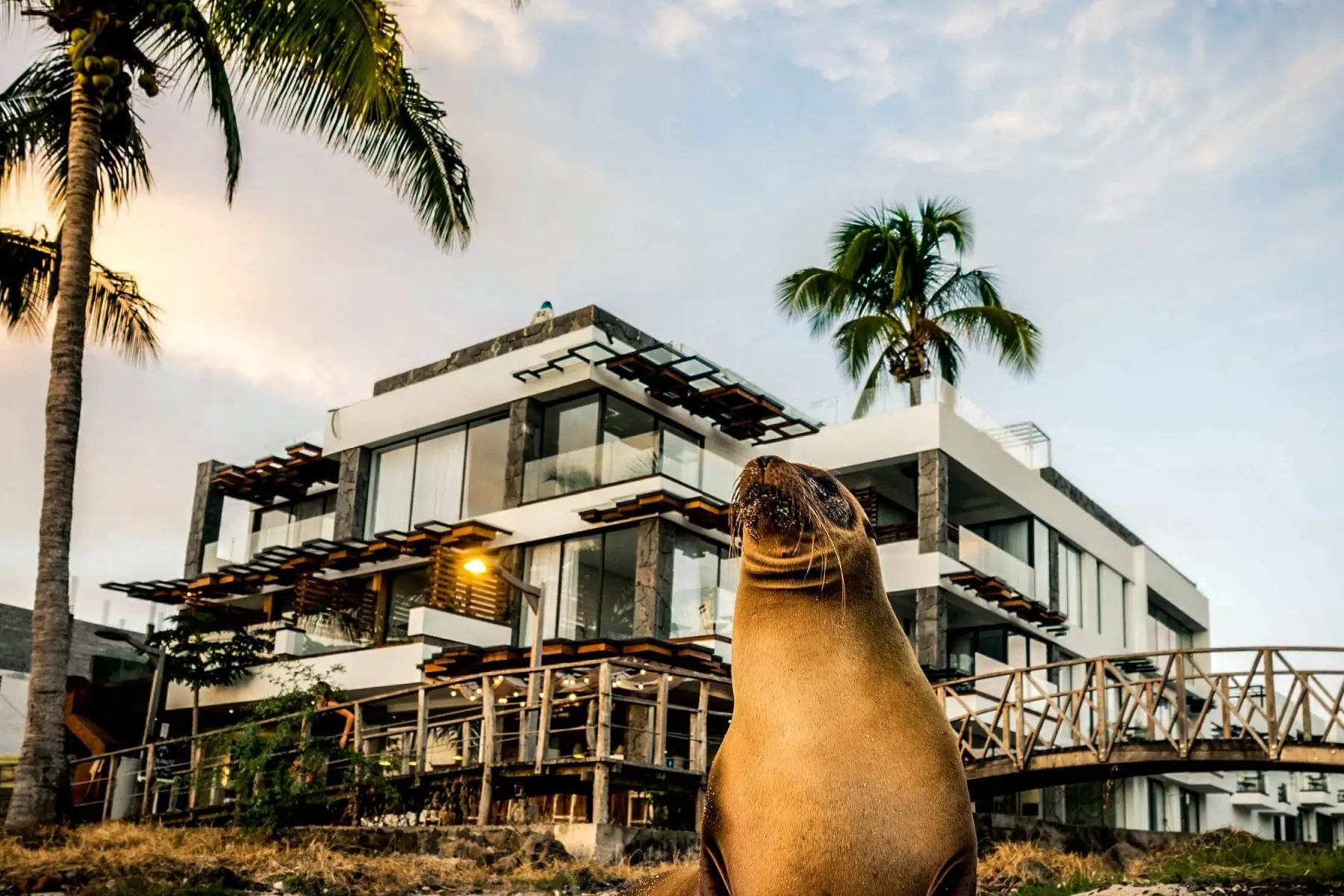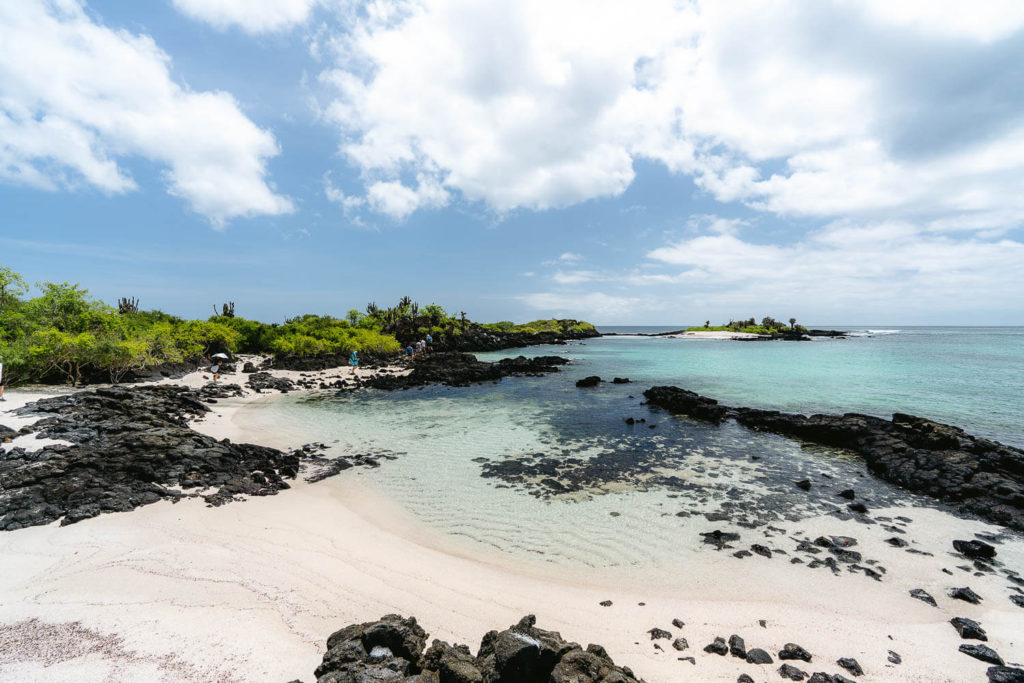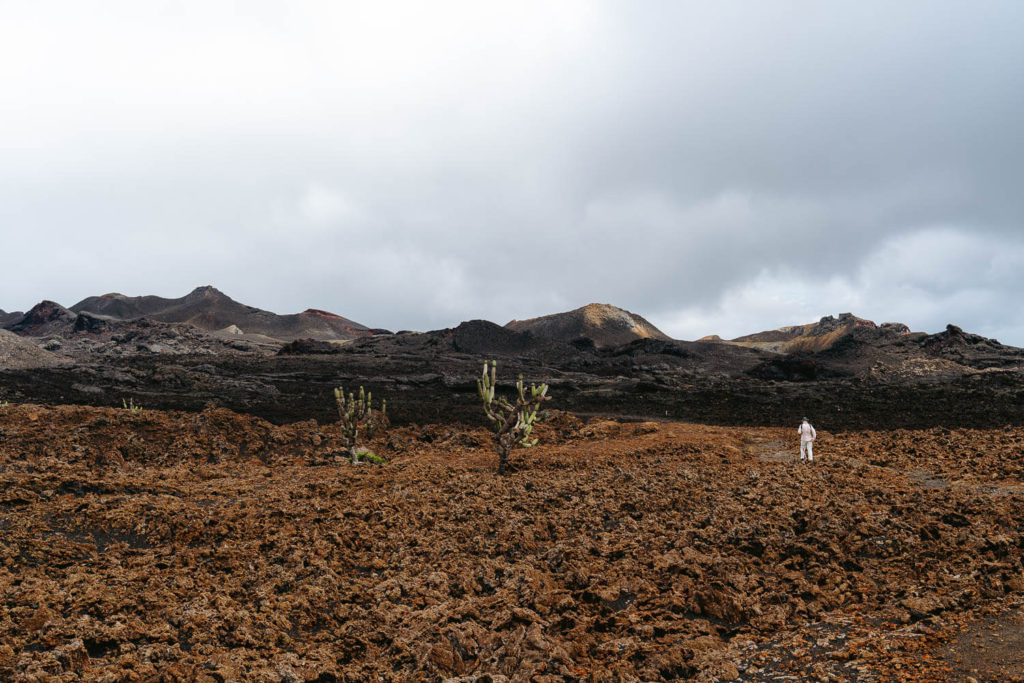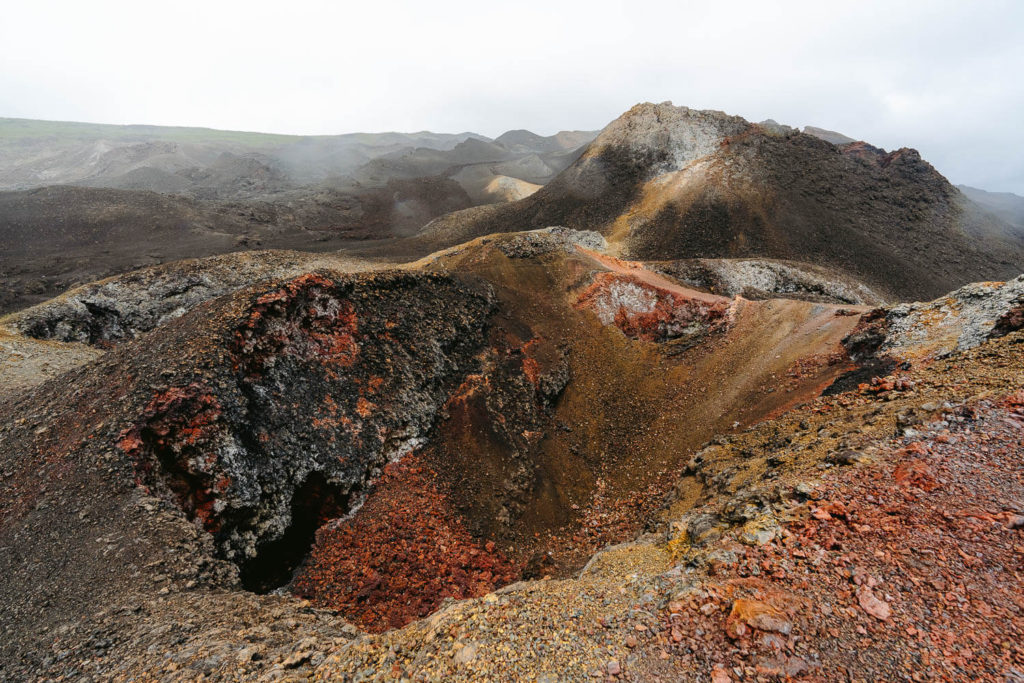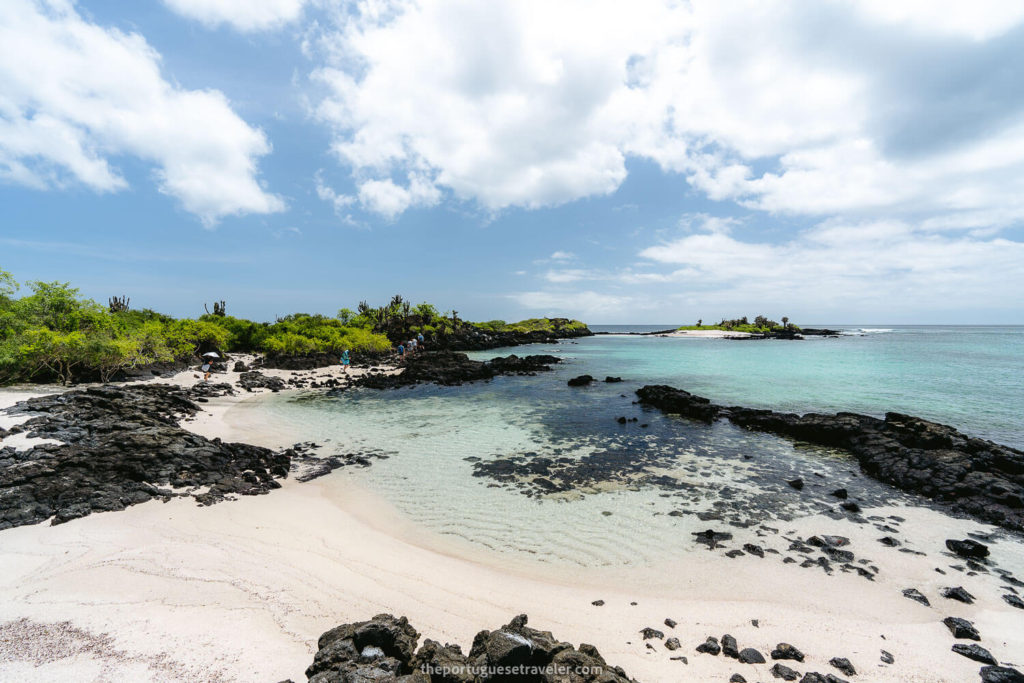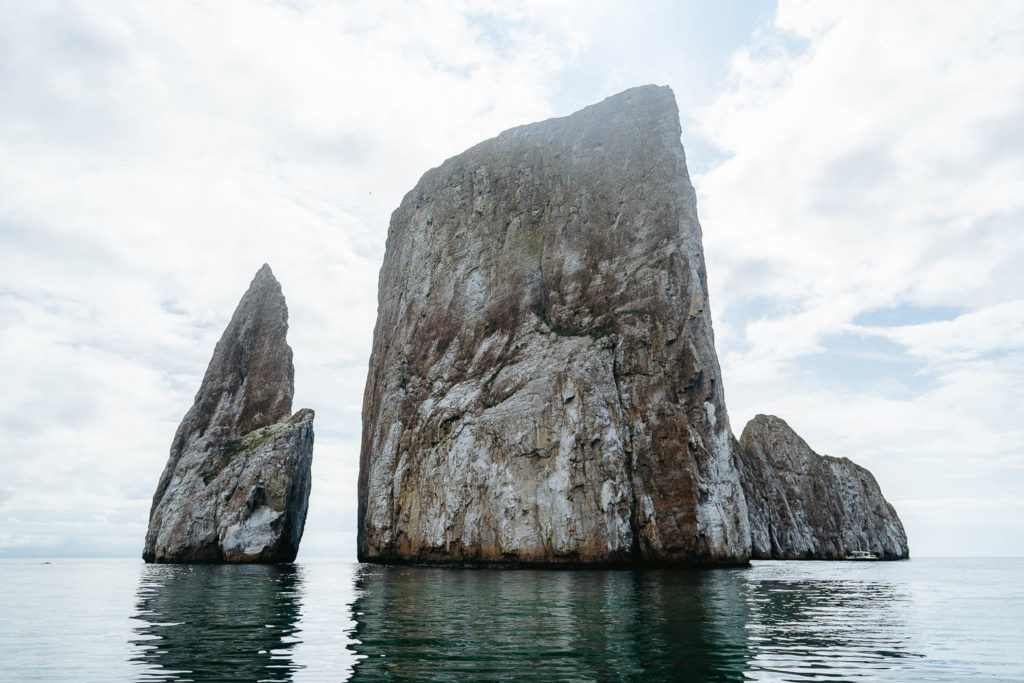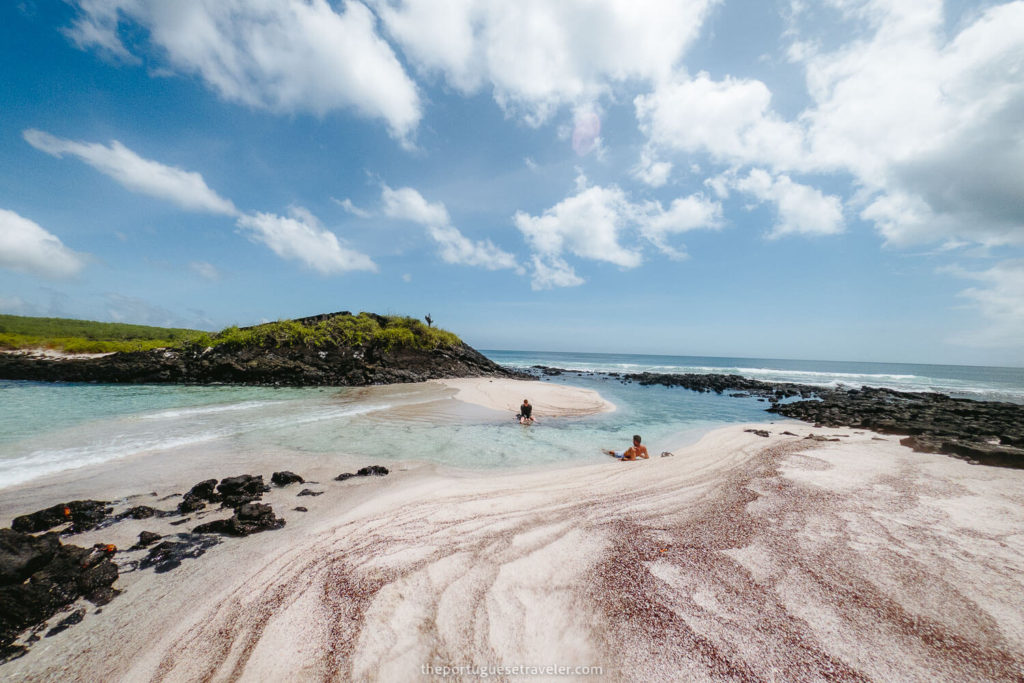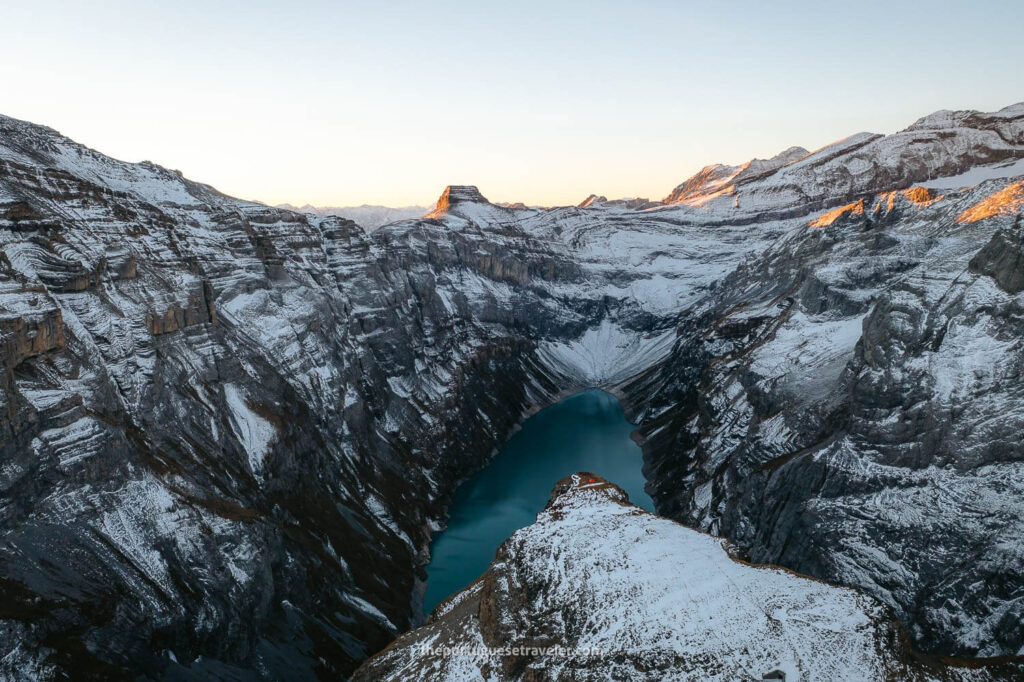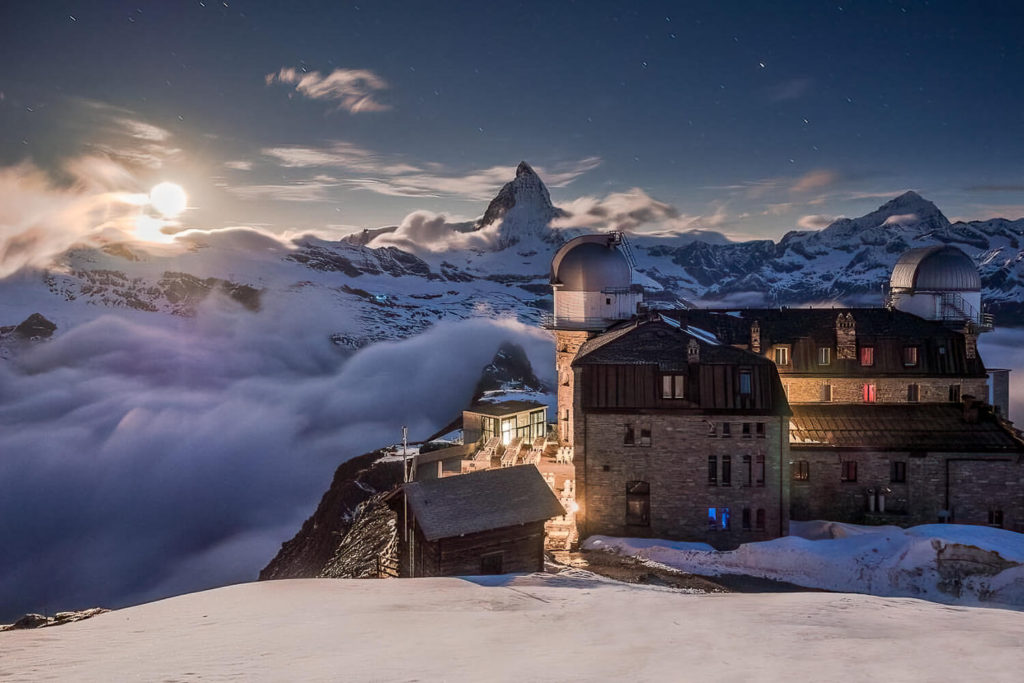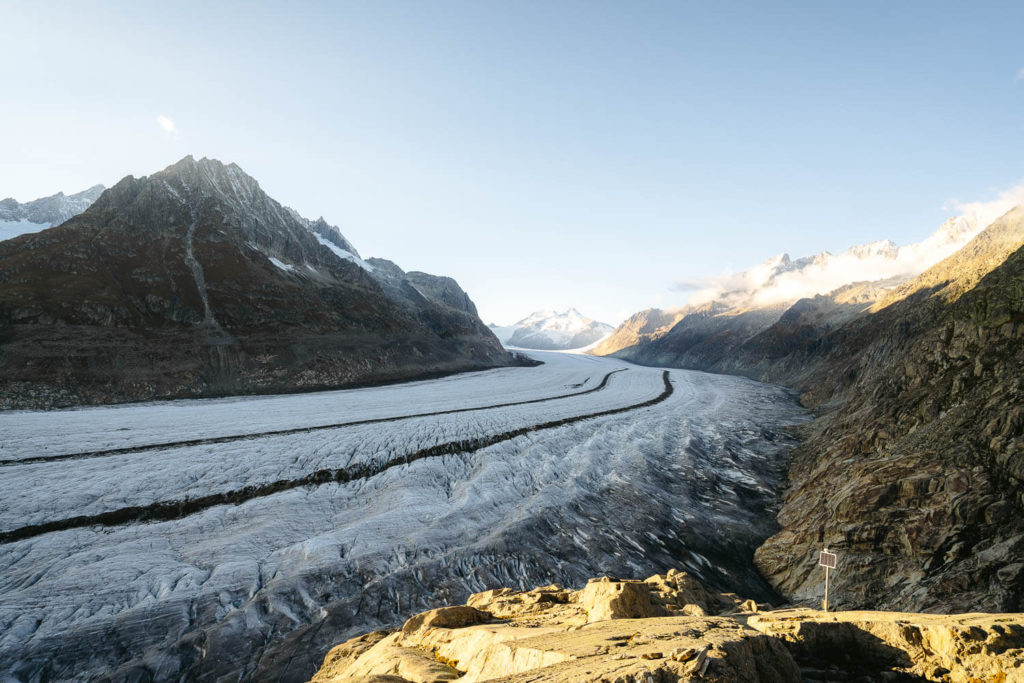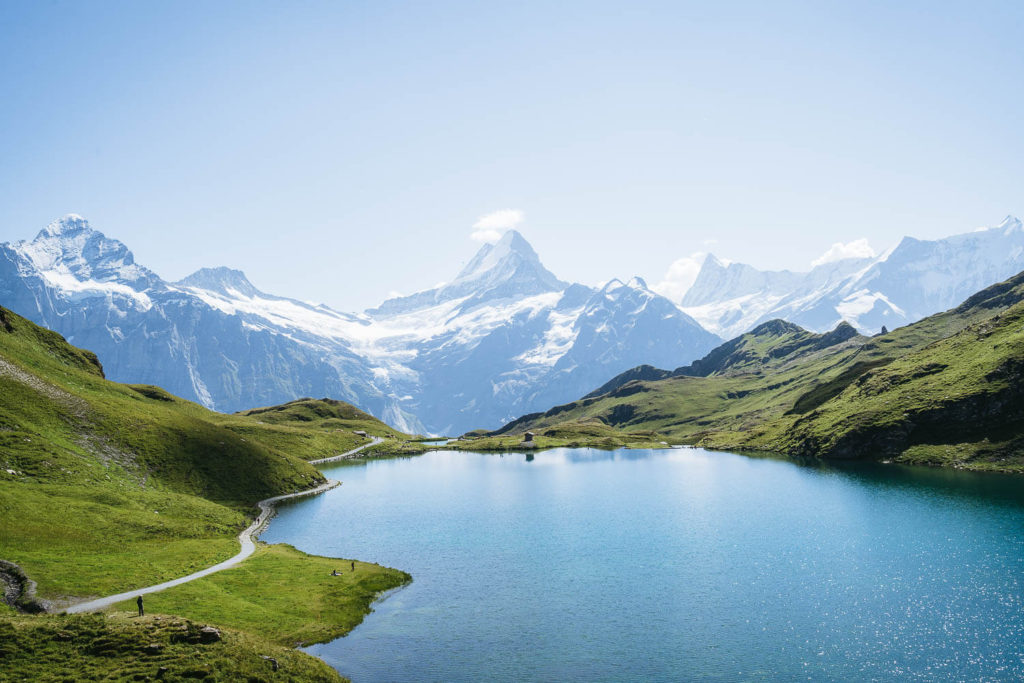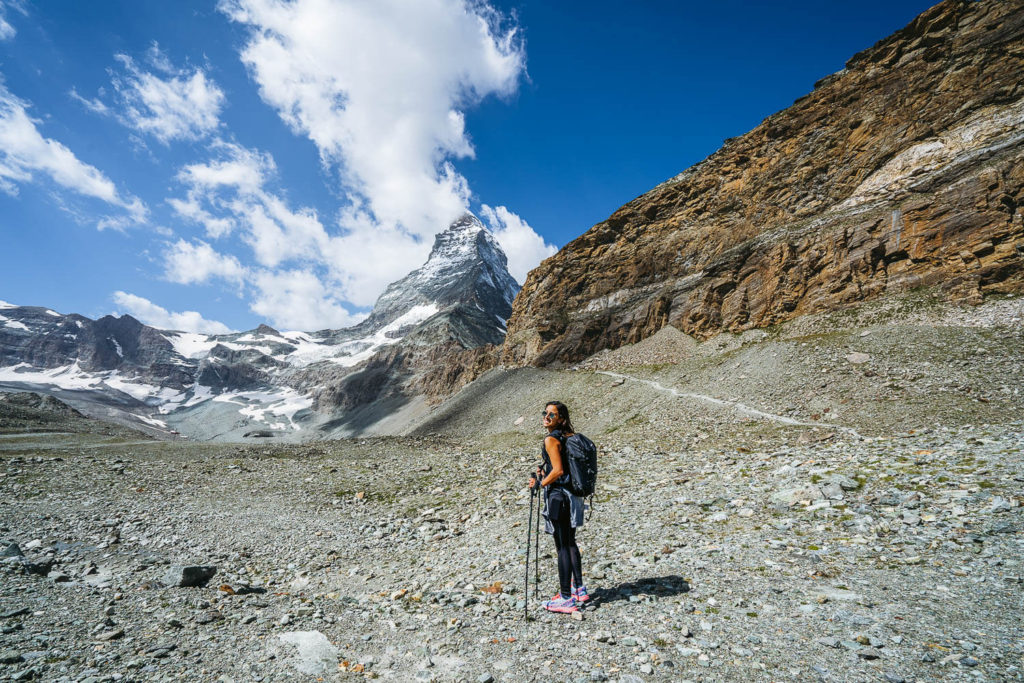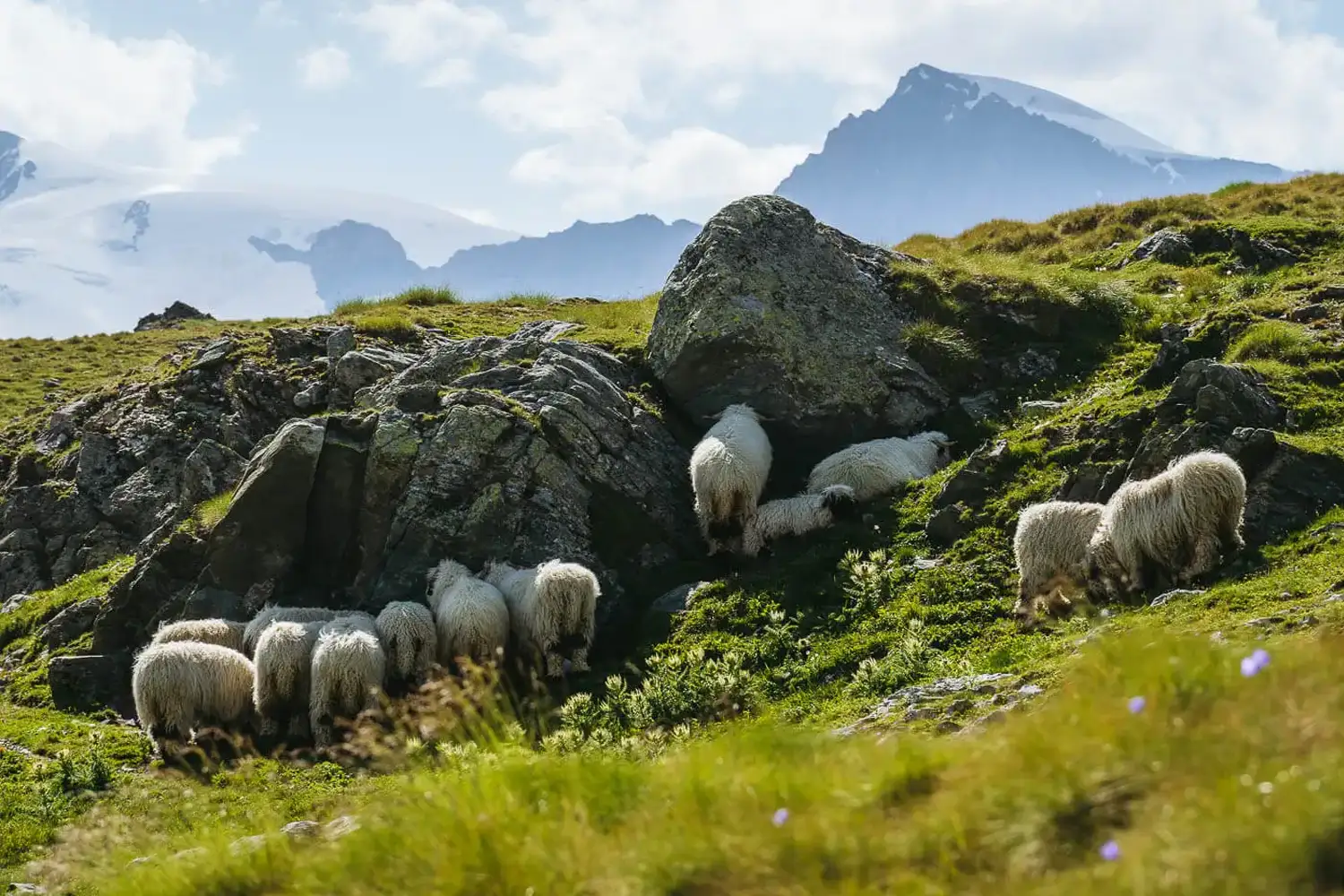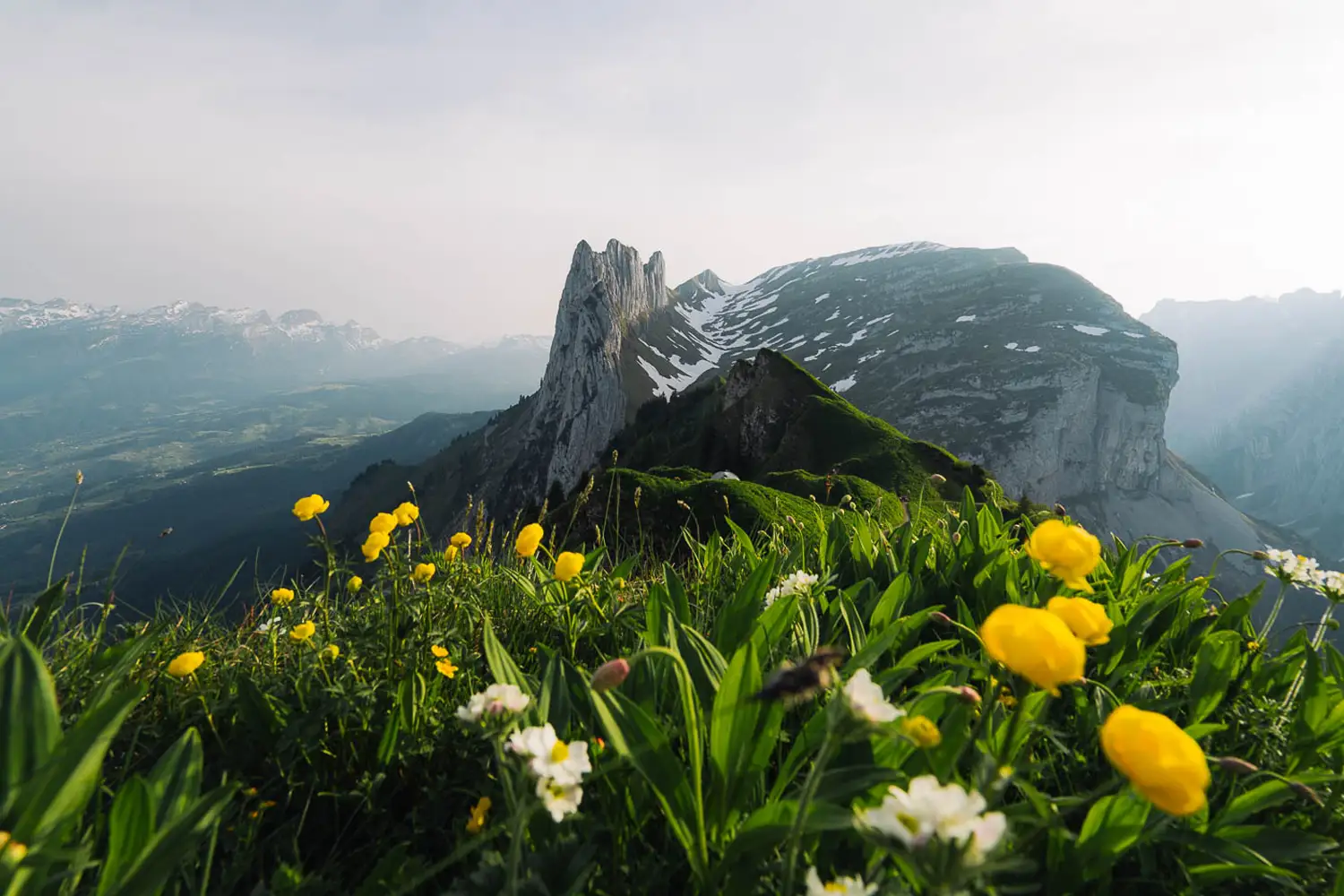Diving in Isla de la Plata
Puerto Lopez Dive Sites
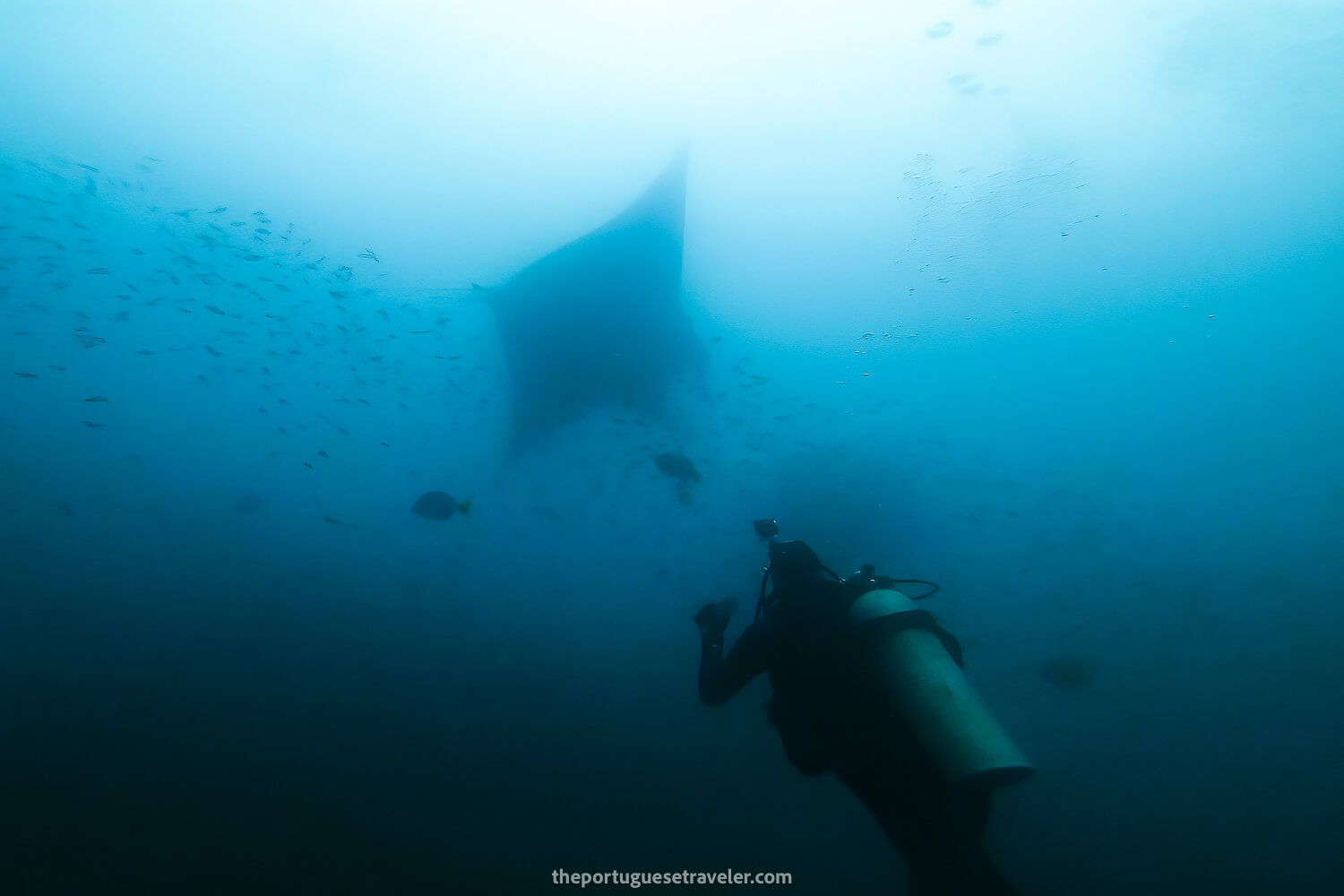
- Last Updated: March 29, 2024
Diving in Isla de la Plata is a truly enchanting experience that allows you to discover the captivating underwater realm of this hidden gem along Ecuador’s continental coastline. Isla de La Plata is home to Ecuador’s most extensive and immaculately preserved coral reef along its enchanting continental coastline. This sprawling coral paradise spans over a hectare, boasting extraordinary formations that reach towering heights of up to 3 meters.
Divers seeking a vibrant marine tableau bursting with an array of colors will find their sanctuary here. From June to September, the area is animated by the graceful passage of giant manta rays, accompanied by the mesmerizing mating dance of humpback whales journeying from Antarctica—an annual spectacle that enchants tourists of all ages.
Referred to as the “Little Galápagos”, Isla de la Plata is a precious gem nestled within Machalilla National Park. Its thriving coral ecosystems provide a haven for various marine species, including regal manta rays, schools of fish, turtles, and dolphins, varying with the seasons. Embark on a brief journey of just an hour and fifteen minutes to reach the treasure of Manabí—the renowned Isla de la Plata.
Table of Contents
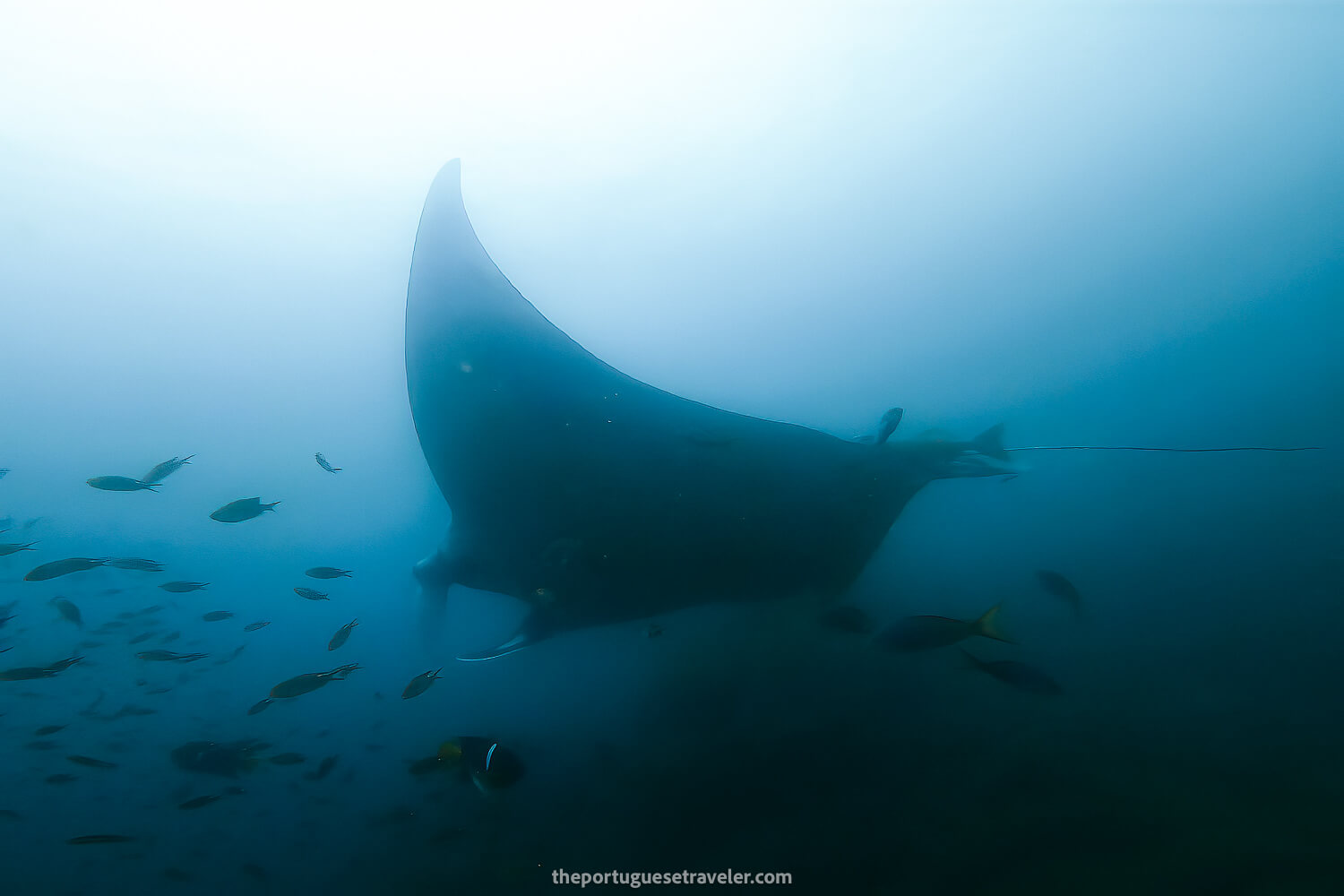
Diving in Isla de la Plata: General Details
Explore Isla de La Plata’s vast coral paradise, Ecuador’s largest along the coast. Encounter vibrant marine life, including giant oceanic manta rays and mesmerizing humpback whale dances from June to September. An underwater gem, rivaled by Galapagos, awaits just an hour away.
- Highlights:
Tres Rocas: A place with a unique charm, featuring a shallow wall descending to 15 meters, leading to the start of three significant rock formations. These formations are home to giant moray eels, large schools of fish, the passage of mobula rays, and the highlight during high season: a cleaning station for oceanic manta rays.
El Pináculo: This comprises a trio of rocky pinnacles at varying depths, ranging from 6 to 18 meters. Influenced by the typically moderate current, the area around them teems with dense marine life. Numerous turtles thrive here, and it’s even hailed as one of the premier global locations for spotting manta rays from June to October.
La Roca Honda: Functioning as a crucial cleaning station in the area, this unassuming pinnacle at a depth of 30 meters boasts unparalleled biodiversity that distinguishes it.
El Acuario: Could be described as the largest and most well-preserved coral reef along the entire Ecuadorian coast. With formations reaching heights of up to 3 meters and spanning over a hectare, it’s an ideal location for those who cherish diverse marine life and vibrant colors. In recent months, this dive site has seen a remarkable rise in the number of new cleaning stations, surpassing other sites. As a result, the area now boasts a thriving abundance of marine life.
Bonus Spectacle: Keep an eye out for breaching humpback whales during the journey to Isla de La Plata, making your trip between June and September even more unforgettable.
- Duration: Full Day
- Price: 170-190$ USD.
- Agency/Guide: Mares Ecuador
- Included on the tour: Boat transportation, Diving equipment, National Park Fees, lunch on the boat, and an Experienced Divemaster.
Diving in Isla de la Plata: Technical Details
- Dive Type: Tres Rocas: Deep Dive or Open Water Dive – max 17m, La Roca Honda: Deep Dive, El Pináculo: Current Dive, El Acuario: Shallow Dive – Coral Reef.
- Difficulty: Easy-Medium (Available also as an extra cost on an Open Water course).
- Start: Boat dive.
- Duration: Around 45 minutes.
- Nr. of dives: 2 dives.
- Full Tank: 3000 PSI / 200 Bar
- Currents: Tres Rocas (low-medium currents), La Roca Honda (sometimes strong currents), El Pináculo (strong currents).
- Max. Depth: Tres Rocas: 17-25m, La Roca Honda: max 30m, El Pináculo: 18m, El Acuario: 12m.
- Surface Interval: 1 hour (boat rest).
- Visibility: Jan-Jun: 10-25 meters (33-82 feet), Jun-Dec: 7-20 meters (23-75 feet)
- Water Temperature (ºC): Jan-Jun: 23-28, Jun-Dec: 20-25
- Air Temperature (ºC): Jan-Jun: 27-32, Jun-Dec: 21-27
- Water Temperature (ºF): Jan-Jun: 73-82, Jun-Dec: 68-77
- Air Temperature (ºF): Jan-Jun: 81-90, Jun-Dec: 70-81
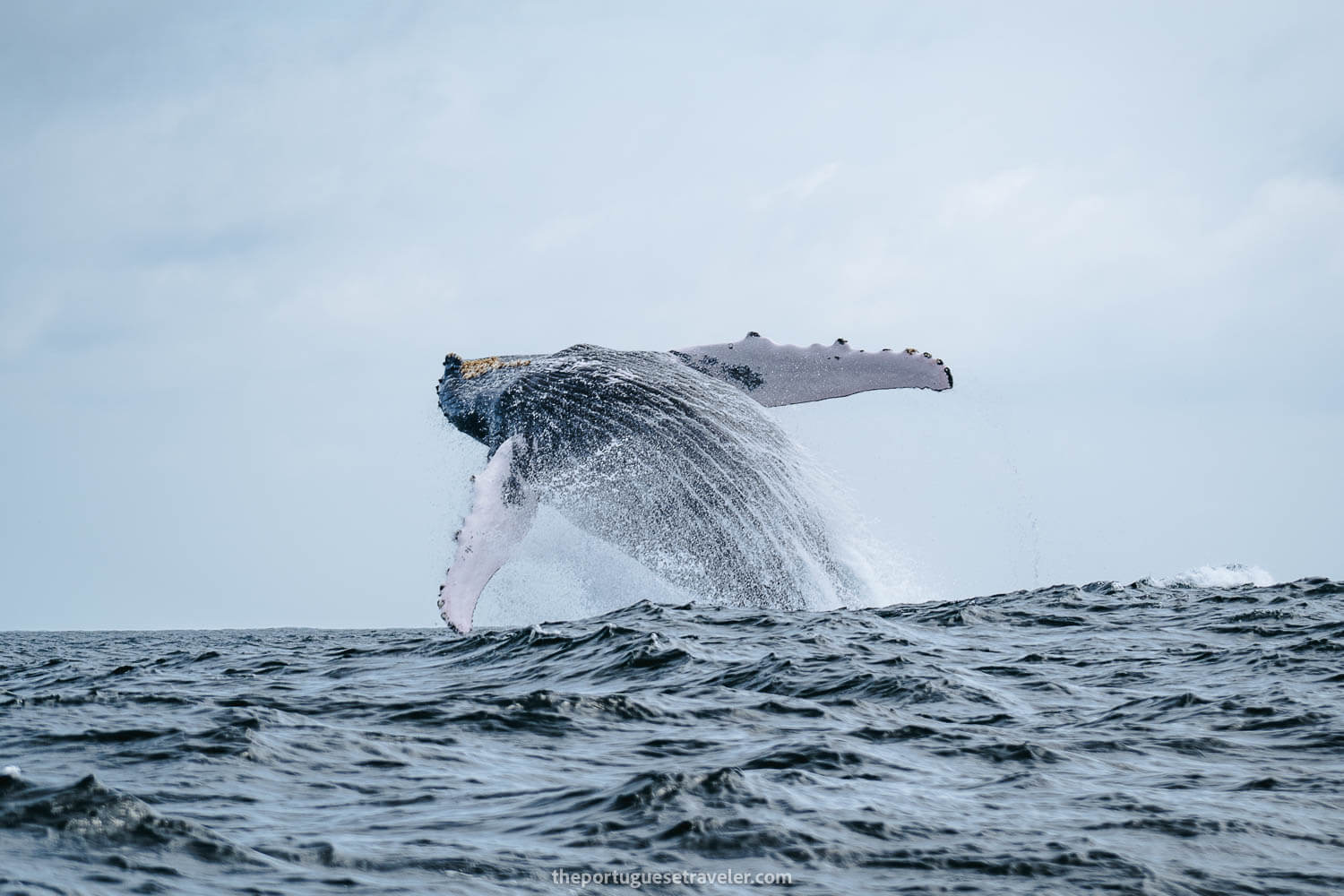
Diving in Isla de la Plata: Curiosities
- Climate: The island’s climate is subtropical, characterized by two distinct seasons – Winter and Summer. During Winter, between December and May, the temperatures are warm, the sky is clear, and the sun shines brightly. In contrast, the Summer season is marked by constant cloud cover and cooler temperatures.
- Ocean Currents: Isla de La Plata experiences the influence of two major ocean currents. The Humboldt Current brings cool waters during the dry and foggy season from June to December. On the other hand, the “El Niño” current contributes warm waters to the Ecuadorian coast, leading to higher temperatures and increased rainfall from January to June
- Local Gem: Affectionately known as the “Galápagos de los Pobres” or “Poor Man’s Galápagos,” Isla de La Plata covers about 7 km² within the protective embrace of the Machalilla National Park. Its remarkable biodiversity and landscapes rival those of the renowned Galápagos Islands.
- Trails and Treasures: Explore the island’s five trails leading to Punta Machete, Punta Escalera, Acantilados, Fragatas, and Patas Rojas. These pathways provide a glimpse into the nesting grounds of diverse seabirds, including iconic species like blue-footed boobies and frigatebirds.
- Underwater Enchantment: Dive into the captivating underwater realm encircling Isla de La Plata. The Palo Santo and El Faro reefs offer opportunities for surface diving and snorkeling, where you can encounter a symphony of marine life, from tropical fish and sea turtles to impressive sharks and majestic manta rays.
- Historical Echoes: Named “Silver Island” due to the legend of Sir Francis Drake’s hidden Spanish treasure, Isla de La Plata gained its evocative name in 1579. Today, it stands as a nature reserve, boasting vibrant bird colonies, notably the enchanting blue-footed booby.
- Lost and Found: While Isla de la Plata might not be the site of Drake’s legendary treasure, it still holds its historical allure. Despite romantic associations, primary sources and detailed accounts suggest that the island was not part of Drake’s remarkable exploits.
- Bird-Inspired Naming: Alongside the tales of Sir Francis Drake, there’s a charming local idea. Some propose that the island’s name, “Isla de La Plata,” could have been influenced by the imaginative endeavors of its feathered residents, especially the captivating blue-footed boobies. These birds, through their droppings, left behind noticeable white streaks on the rocks, which may have played a part in shaping the island’s name.
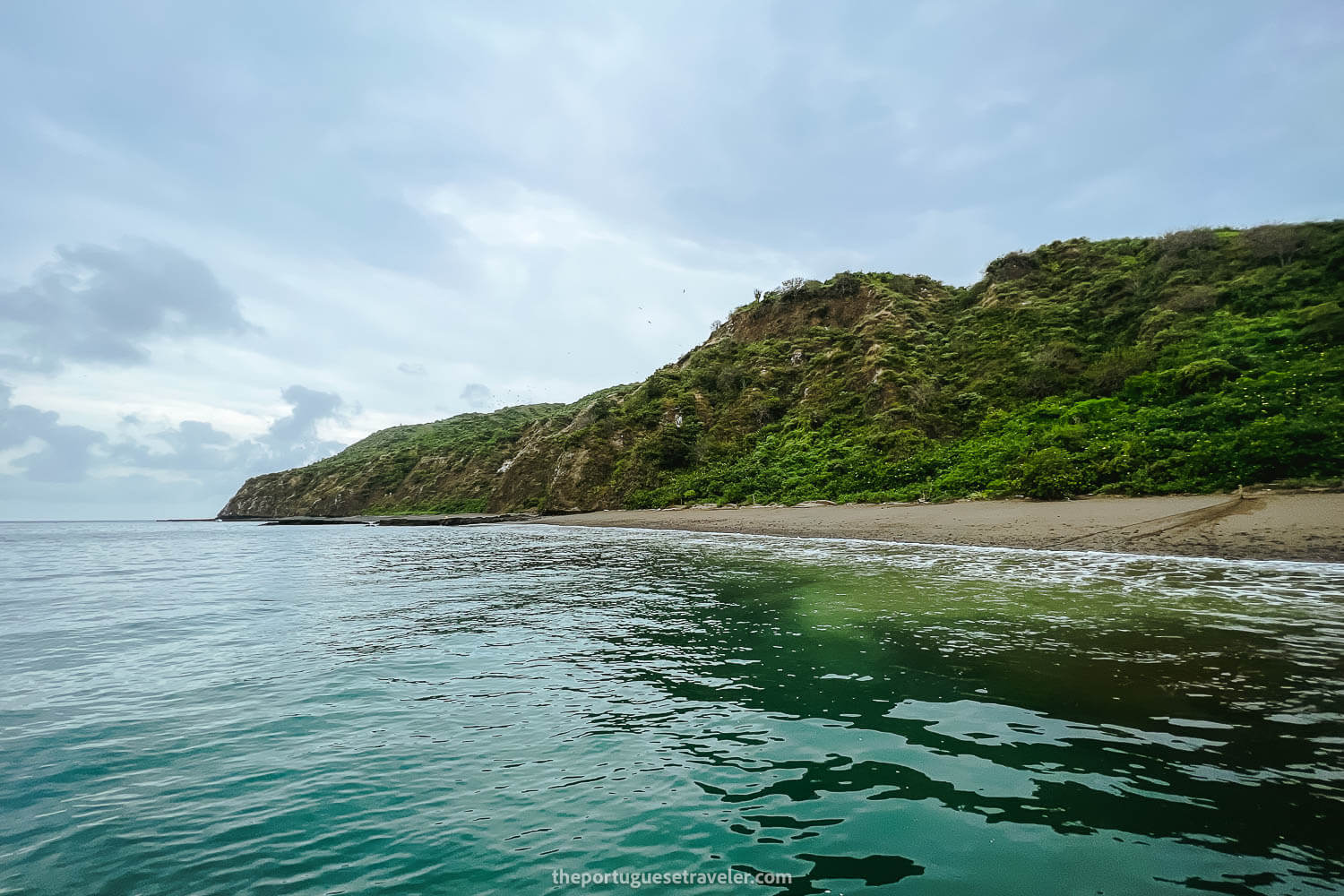
How to dive in Isla de la Plata?
To dive in Isla de la Plata it’s essential to get in touch with a diving school. My recommendation is Mares Ecuador, a 5-star instructor development dive resort located in Puerto Lopez. I’ve personally had the opportunity to dive with them twice at Isla de La Plata, and both experiences were truly amazing.
While I’m not entirely certain, it’s possible that you could arrange your dives through diving centers in other cities. However, it seems that the departure point for the boats will invariably be Puerto Lopez. In Puerto Lopez, you might also consider exploring other diving schools as alternatives, such as Native Diving Center, Machalilla Tours, and Exploramar Diving.
In a Hurry? Save it for Later.
Save it on Pinterest and read it whenever you can.
SAVE TO PINTEREST
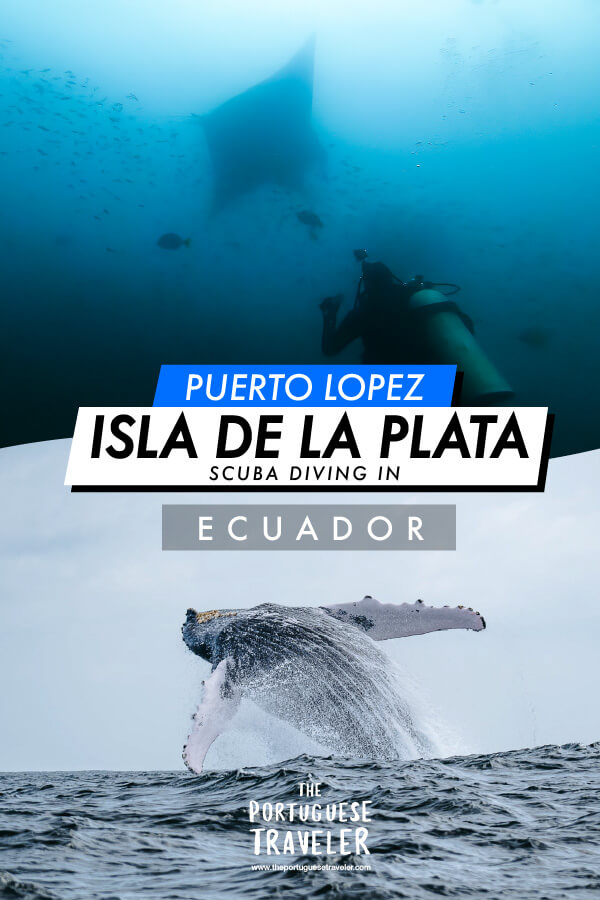
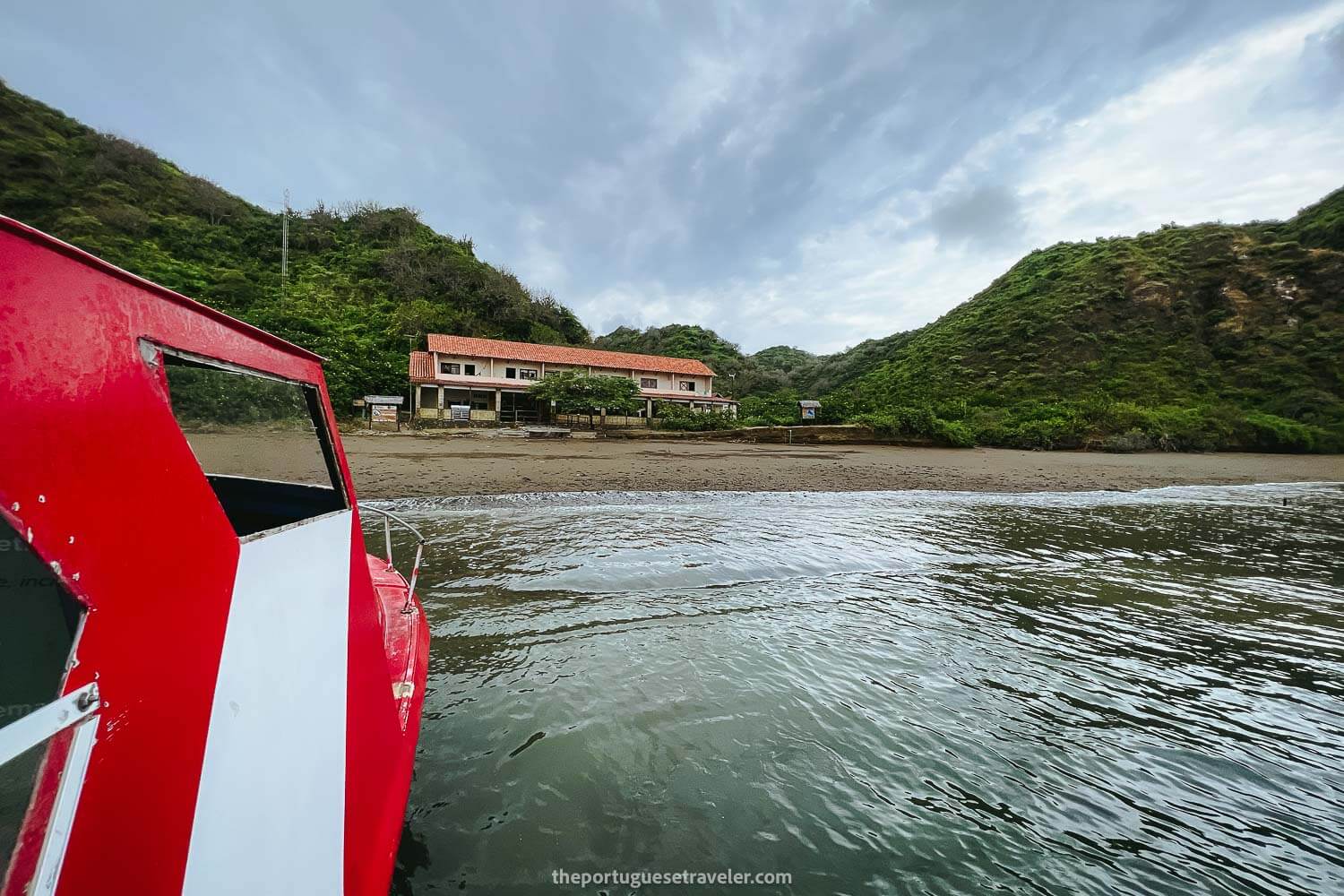
What can i see while diving in Isla de la Plata?
Here’s a glimpse of what you can expect to see during your underwater exploration:
Between June and September, the prime months, your chances of encountering Oceanic Manta Rays at all dive sites are notably higher. Above water, you also have a great opportunity to witness breaching Humpback Whales.
Alongside these impressive sights, you can anticipate encountering a diverse array of fish species throughout the year. On my dives, we saw lobsters, pufferfish in various vibrant hues, a guitarfish, an exceptionally rare smalleyed giant stingray, flatfish, moray eels, devil scorpionfish, turtles, small stingrays, octopuses, and even a sea lion on the surface.
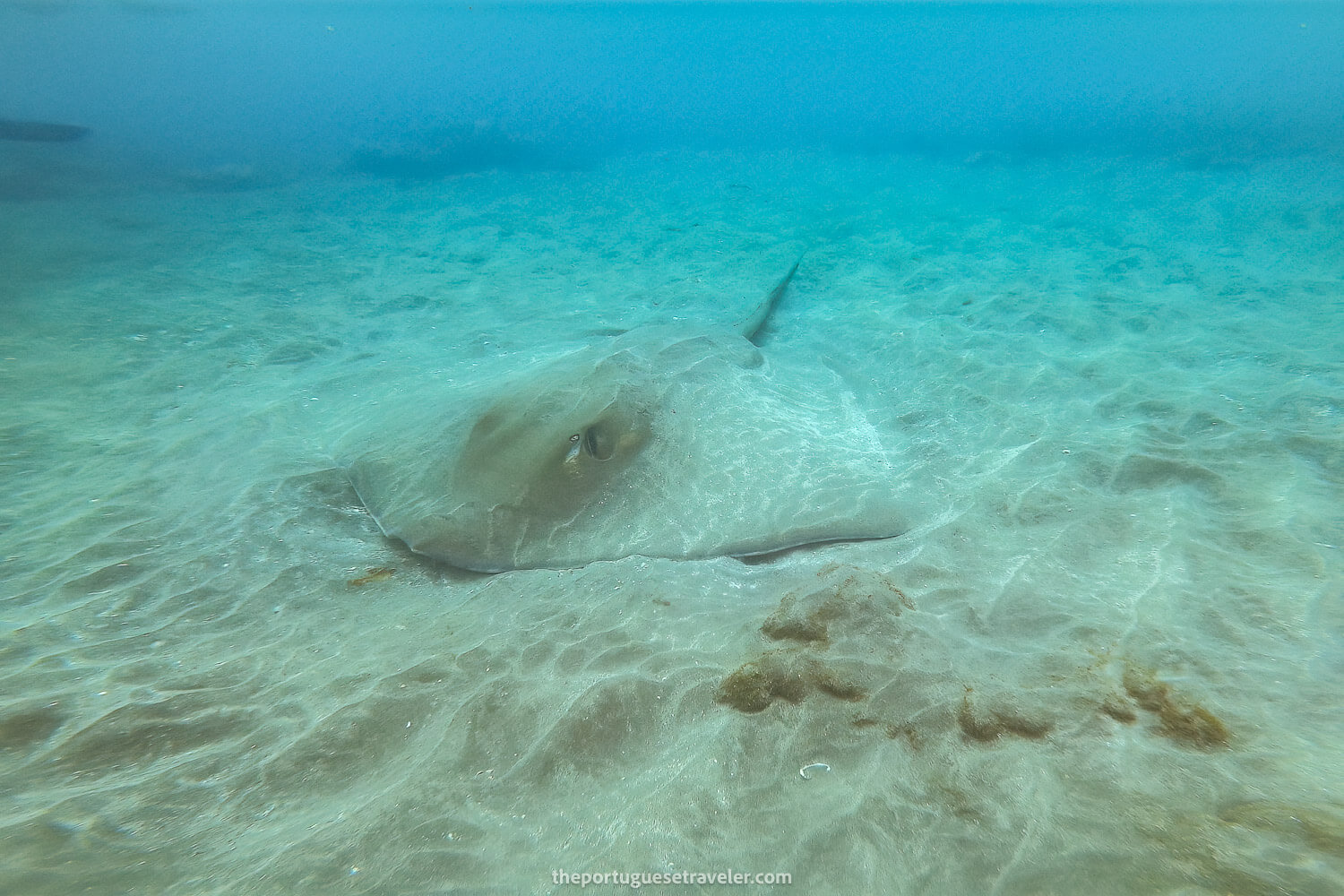
What should I bring to the dive in Isla de la Plata?
- Sunscreen – At least 50. Remember the sun in the Equator burns you more easily than in other places.
- GoPro/Camera – Of course, you can’t forget your camera to record this once-in-a-lifetime experience.
- Outfit – You should bring swimming clothes and a towel. Bring a hat for the surface parts and for the boat rides. Bring a windproof jacket for the way back and a change of clothes.
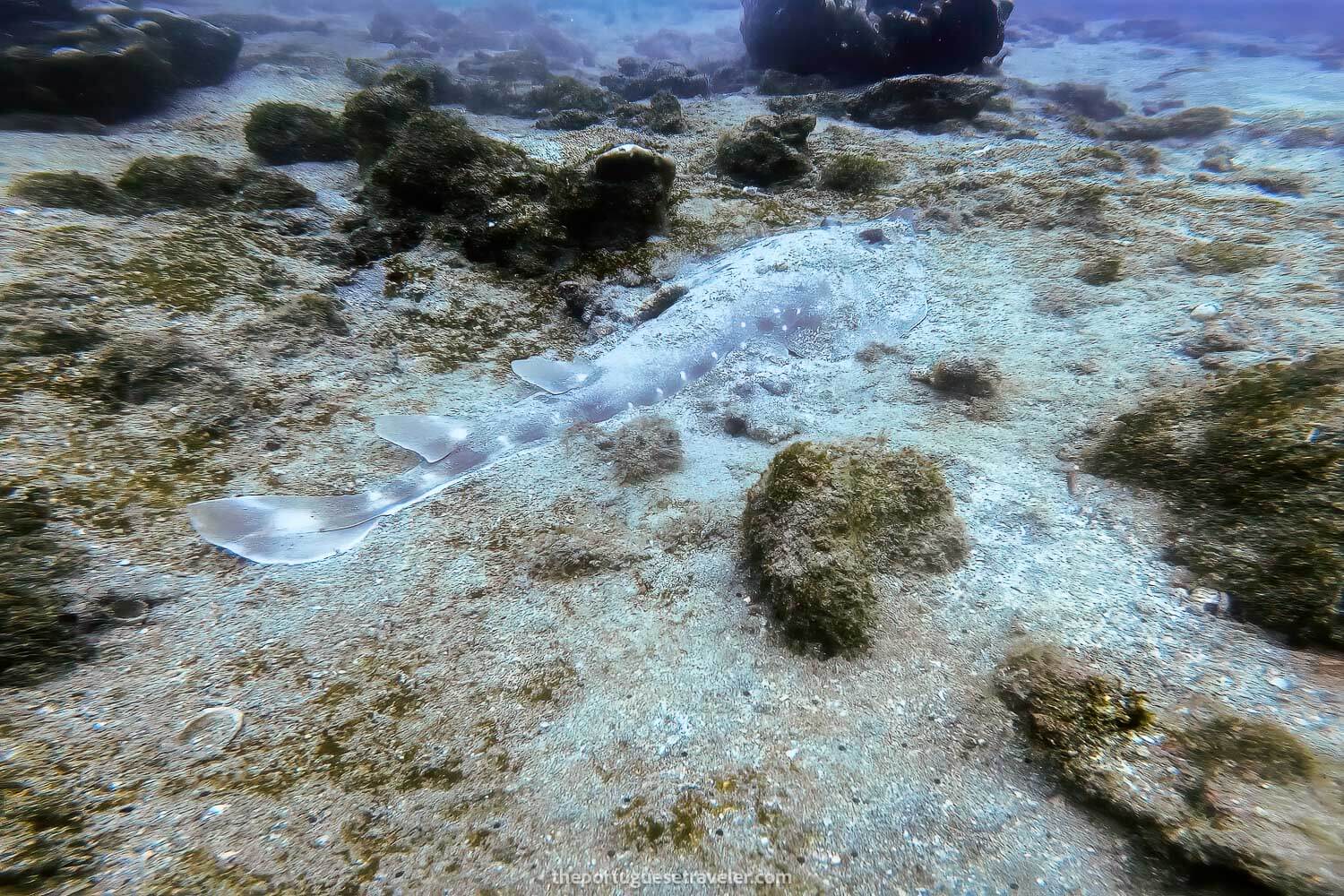
The Most Complete Guide & Map of Ecuador
+300 Unique Places: Galapagos - Amazon - Andes - Coast
Unlock exclusive access to hidden gems and local insights with my guide! Your purchase fuels my dedication to providing free travel content and supports my passion for sharing the best of Ecuador. Plus, enjoy lifetime updates and personalized assistance. Let’s explore together!
My experience while diving in Isla de la Plata
This marked my final escapade in the past year. Following a six-month expedition in Ecuador, I had intended to undertake it sooner, even considering a Divemaster pursuit in Puerto Lopez. However, circumstances allowed for just one exhilarating dive before my return to Portugal, in September.
Fast forward to last June, I embarked on my second dive at Isla de La Plata. Drawing from my previous encounter, it’s safe to assert that remarkable discoveries invariably await beneath these waters.
During last year, I was fortunate to witness numerous Giant Oceanic Manta Rays, catch a glimpse of a humpback whale in the distance, come across guitarfish, and even encounter a colossal small-eyed oceanic stingray.
This year, the Manta Rays eluded me, but instead, we were graced by the presence of humpback whales, one of which came surprisingly close, affording me the chance to capture it on camera. The underwater realm also revealed lobsters, a variety of vibrantly colored pufferfish, diverse species of moray eels, as well as an abundance of scorpionfish, lobsters, and pipefish.
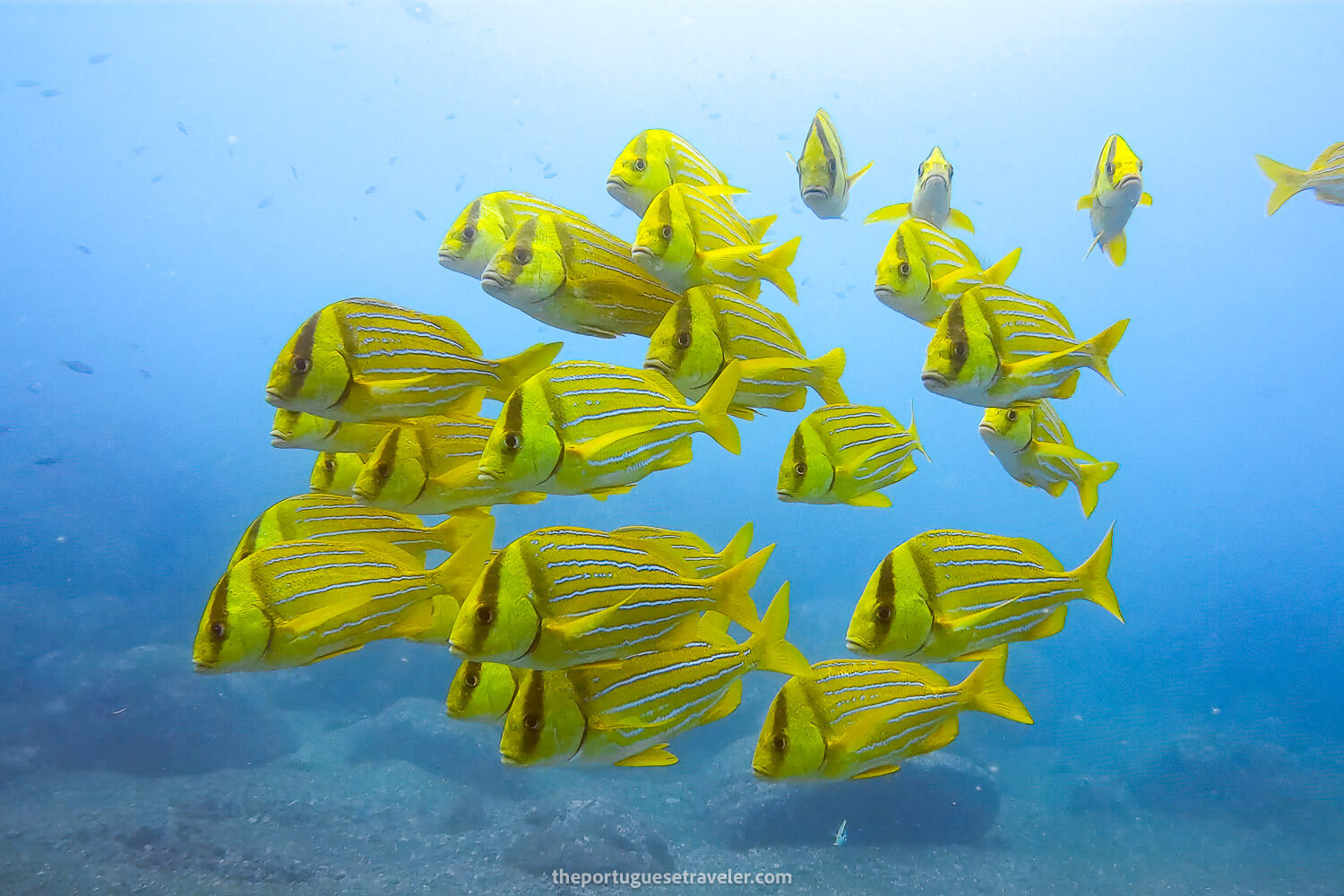
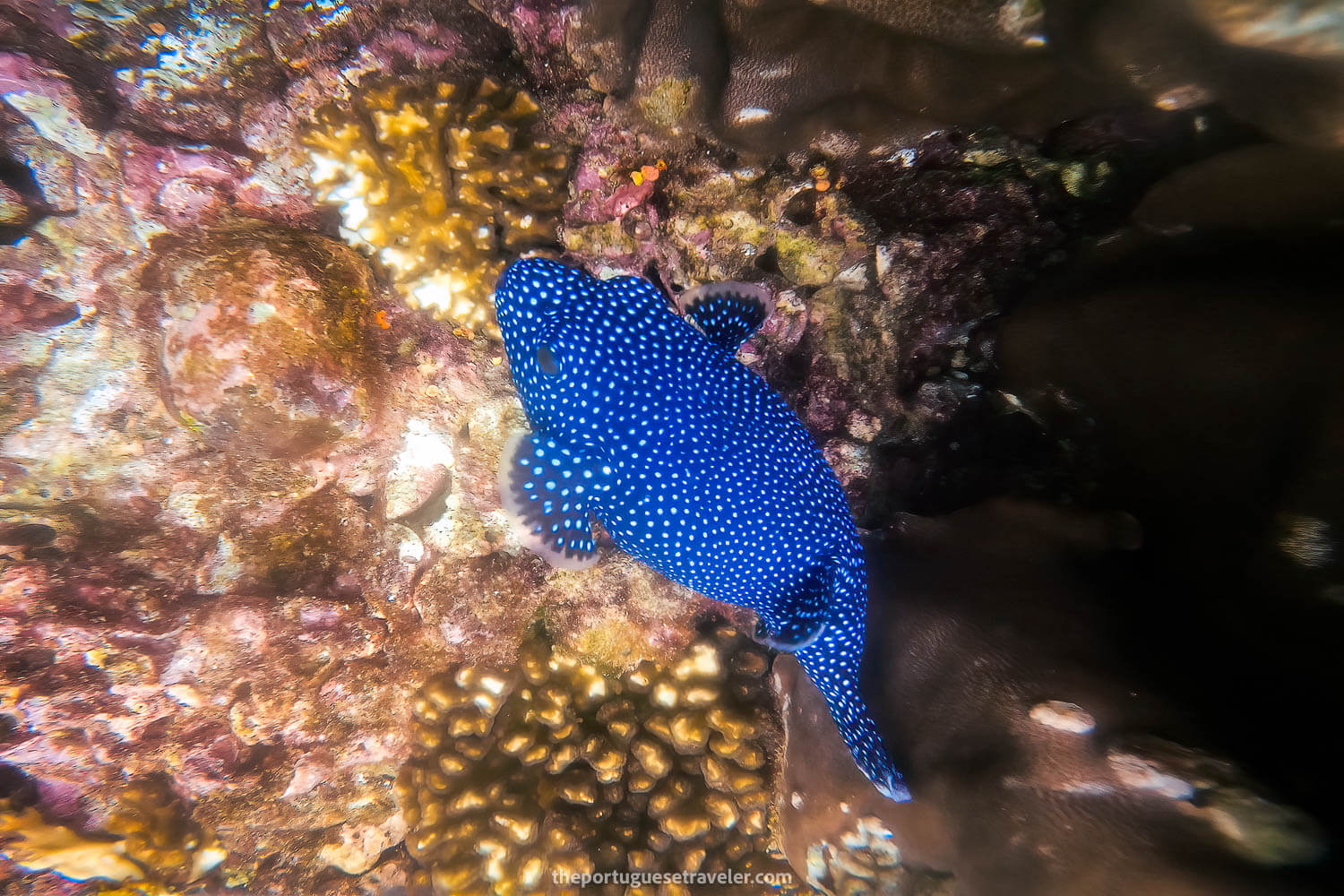
The Diving Experience (2022)
For my dive trip to Isla de La Plata, I chose to go with Mares Ecuador Diving Center. The day prior to our dive, I visited the center to determine the sizes I needed for the fins, wetsuit, and BCD. Then, on the following morning, I arrived promptly at 7-8 a.m., and we went to the pier. We boarded the charming Mares red boat and embarked on our roughly one-hour boat ride to Isla de La Plata.
Our guide, Lucas, provided us with a thorough diving briefing and organized us into teams. Our first dive was scheduled for Tres Rocas, where we hoped to catch a glimpse of some Oceanic Manta Rays.
Our dive at Tres Rocas began with less-than-ideal visibility. However, the situation took an exciting turn as enormous shadows began to emerge and draw closer to us. Before long, we were treated to the incredible sight of at least five magnificent giant oceanic manta rays gracefully gliding around us. It felt like a stroke of luck, considering it was already towards the end of their season. Despite the suboptimal visibility, we had the privilege of enjoying a private show.
We positioned ourselves on the sandy ocean floor and patiently waited for the manta rays to circle us. It was a mesmerizing experience, accompanied by the distant sounds of humpback whales. As we ascended, we were greeted by a delightful sight – a charming green turtle surfacing alongside us.
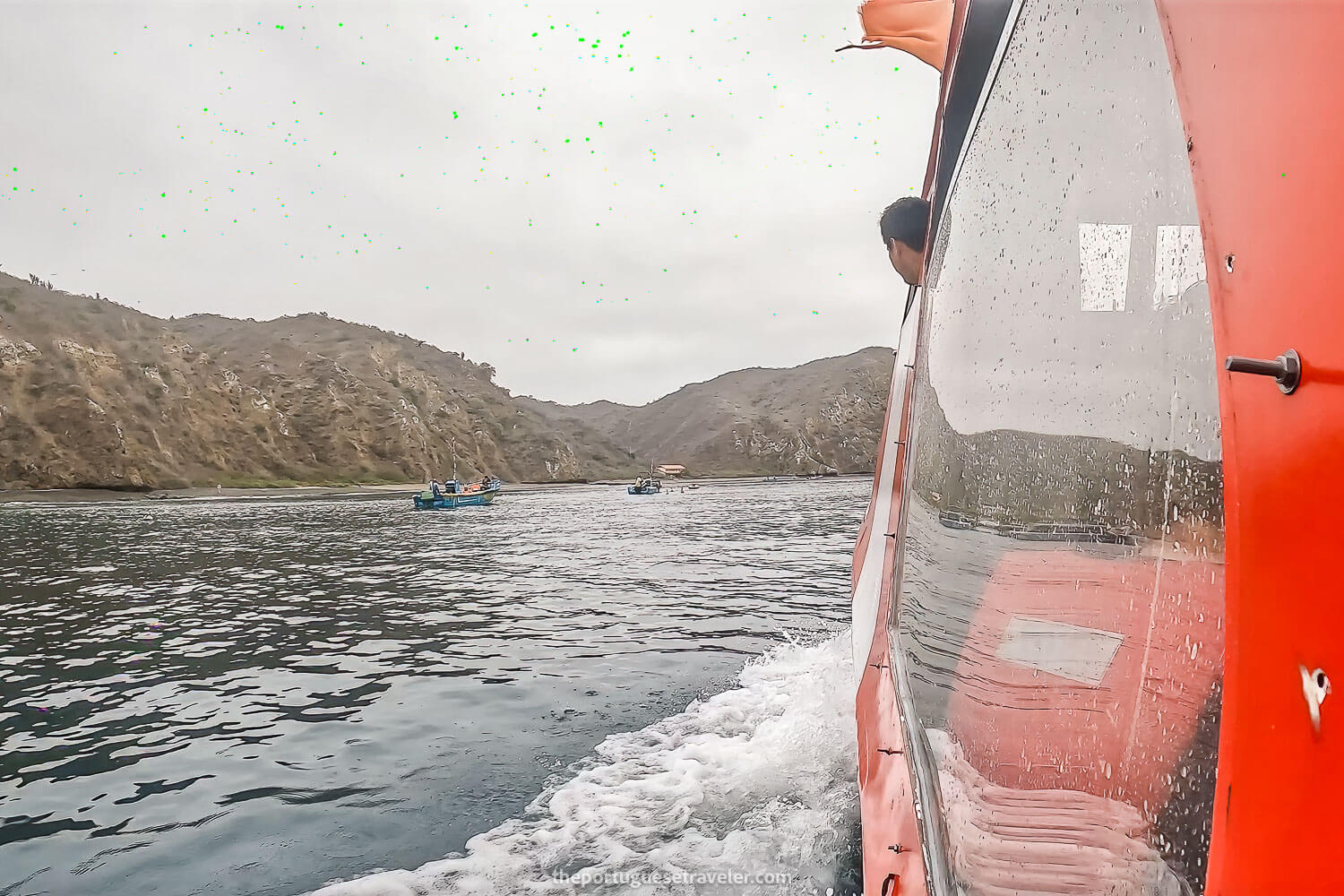
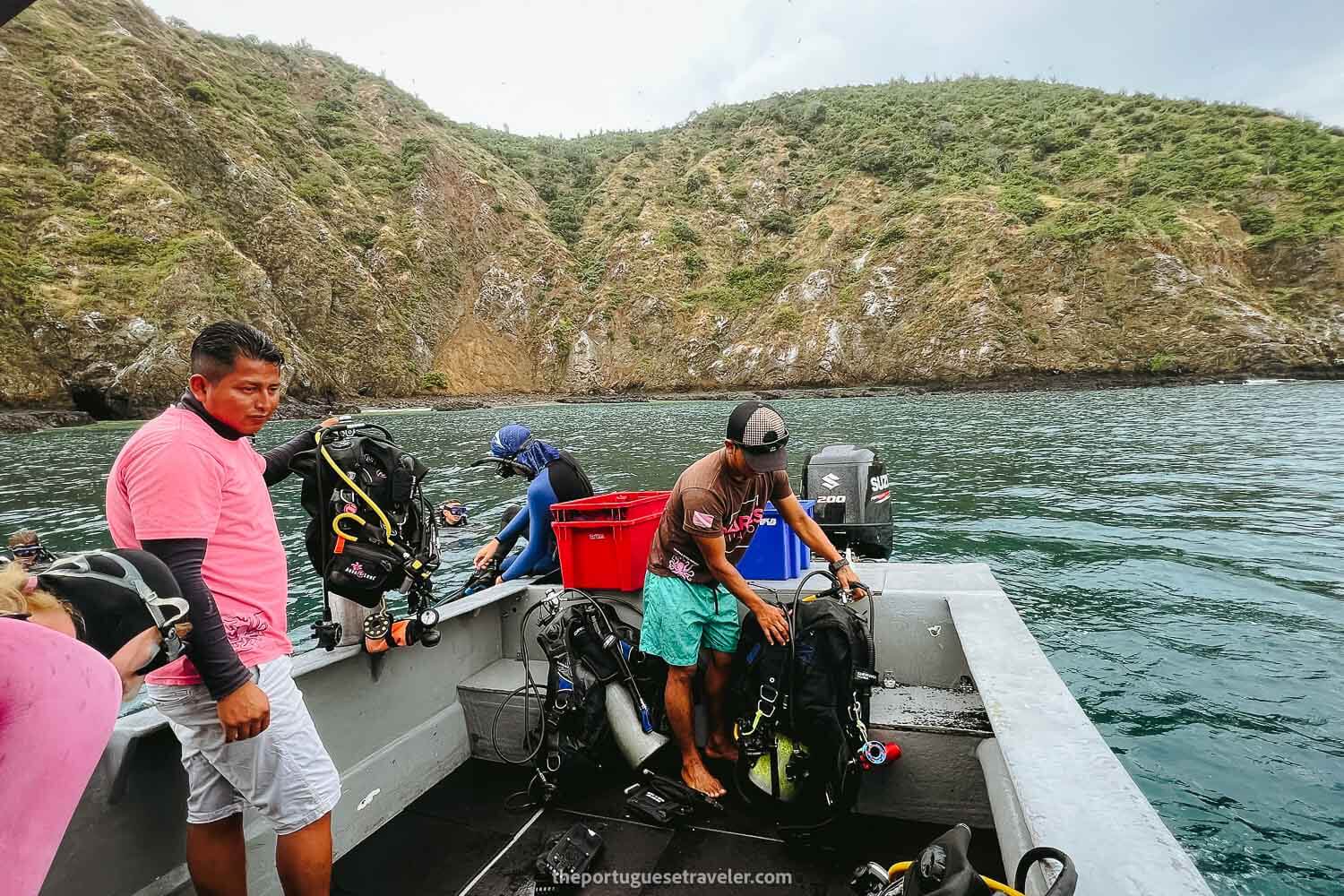
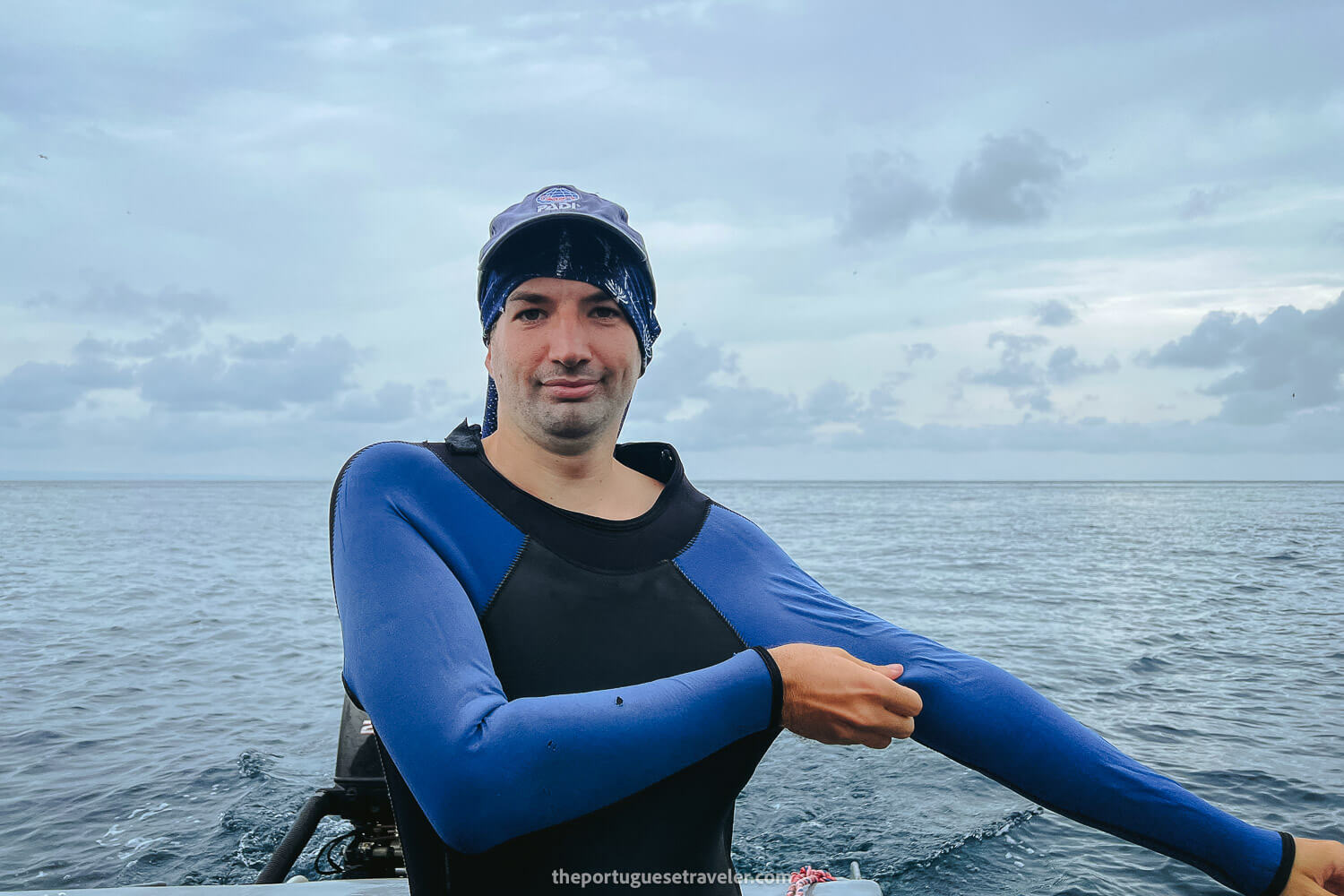
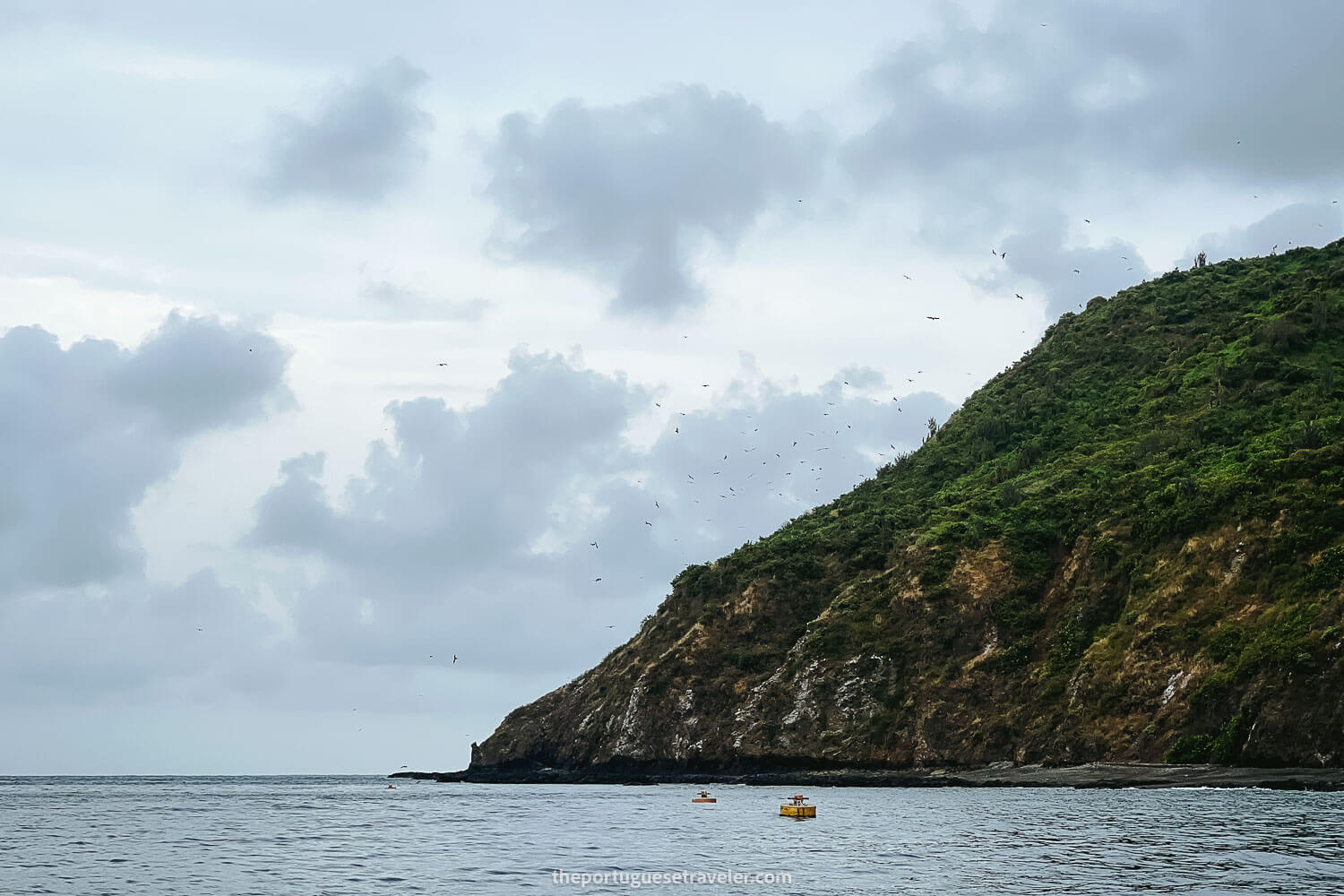
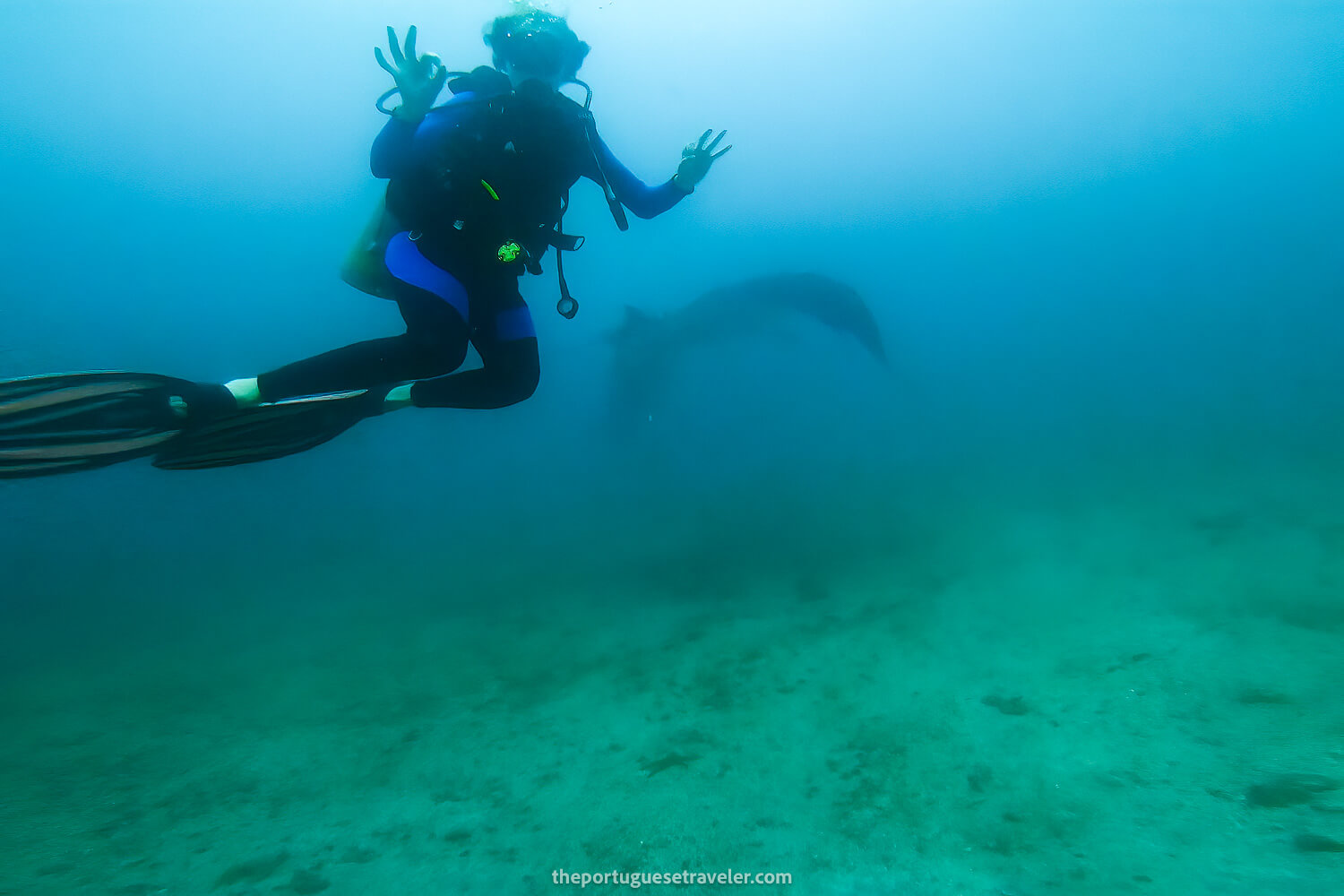
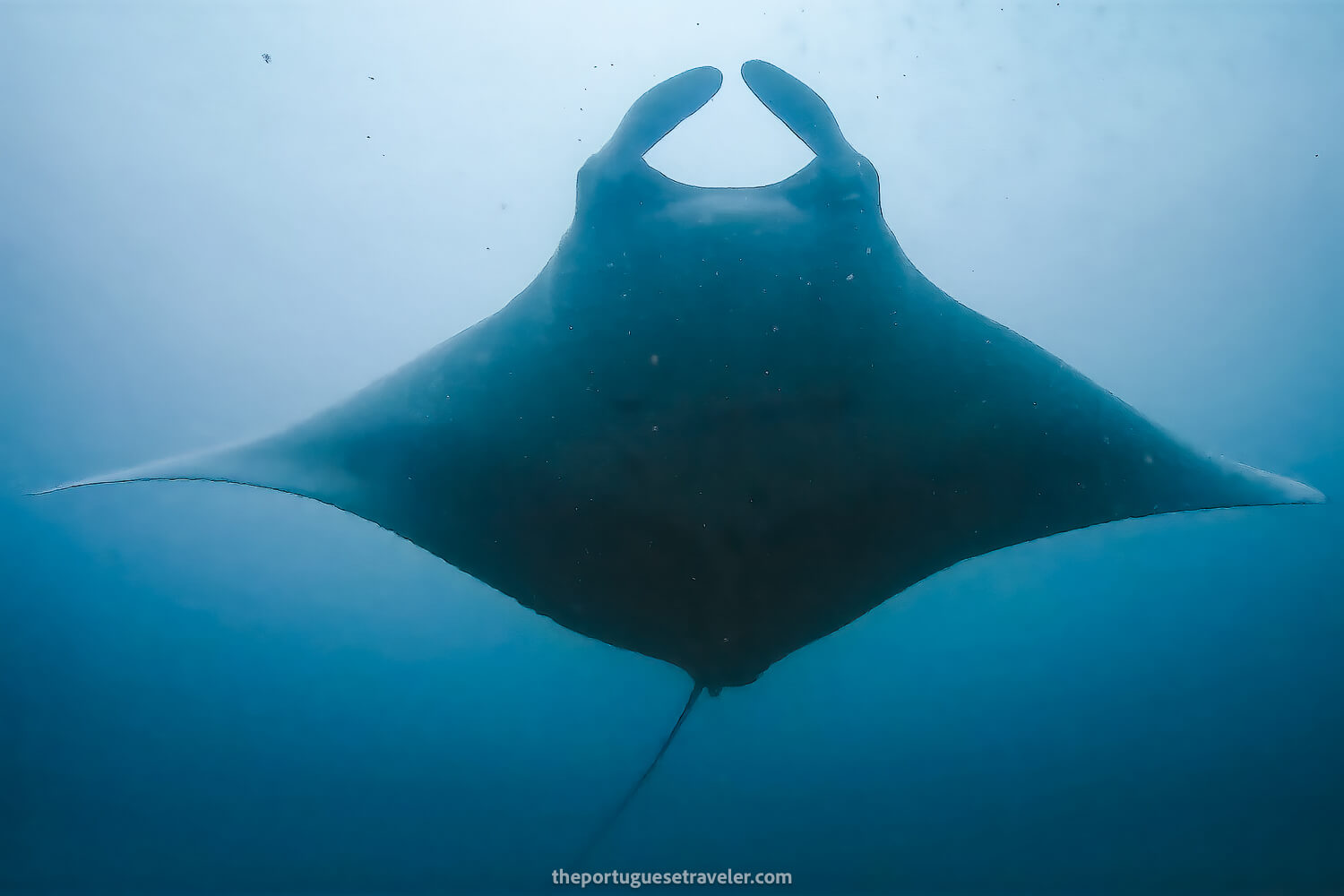
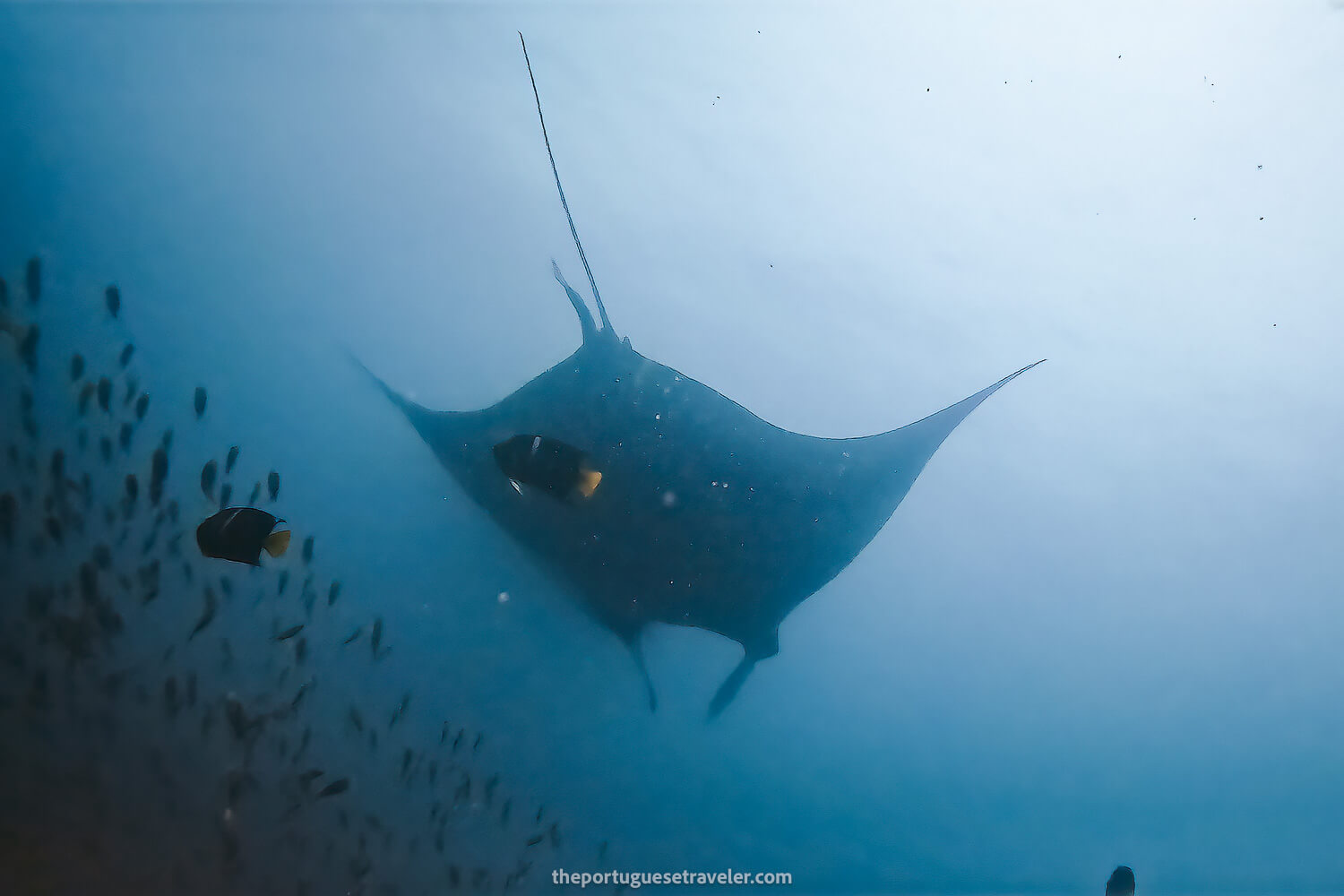
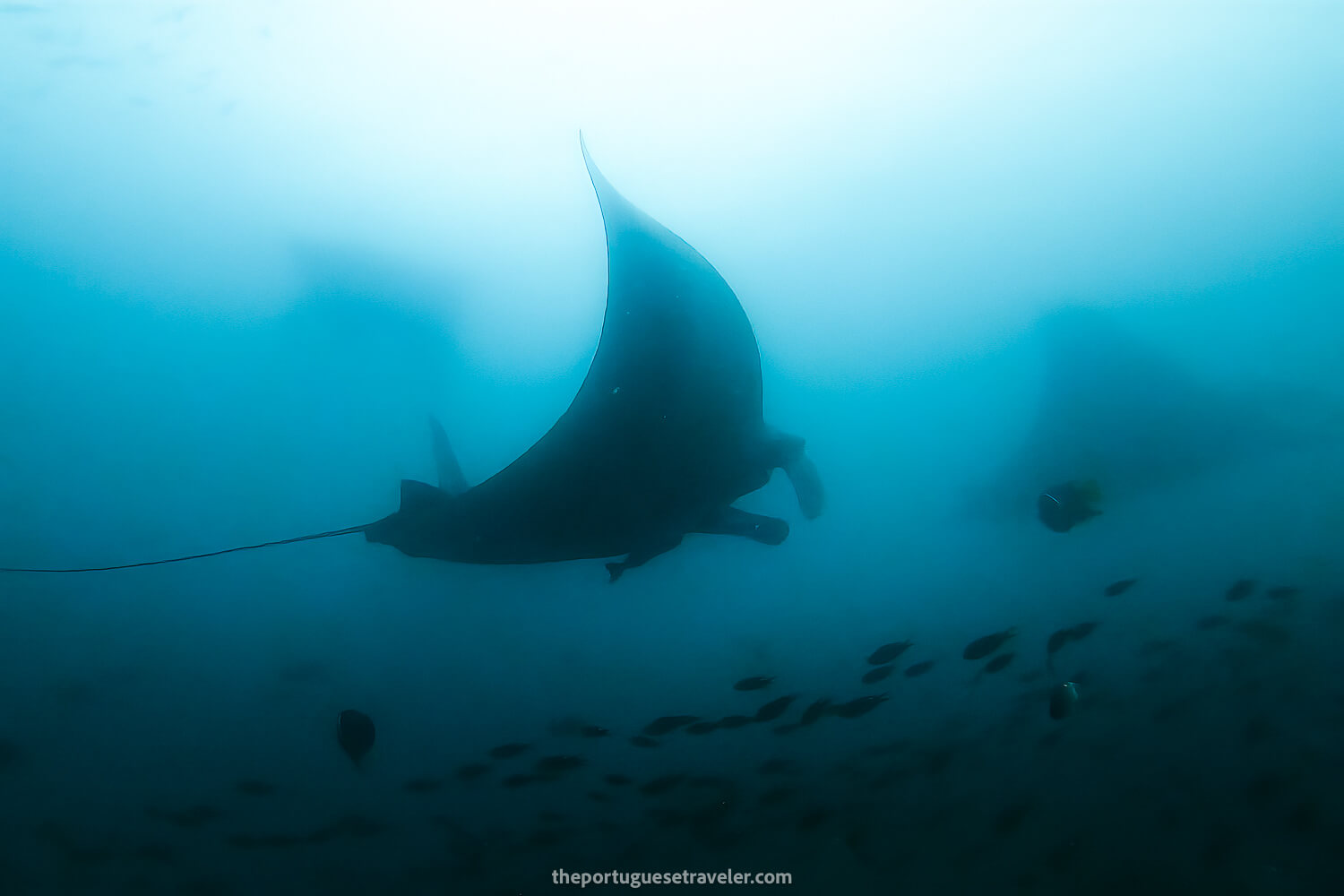
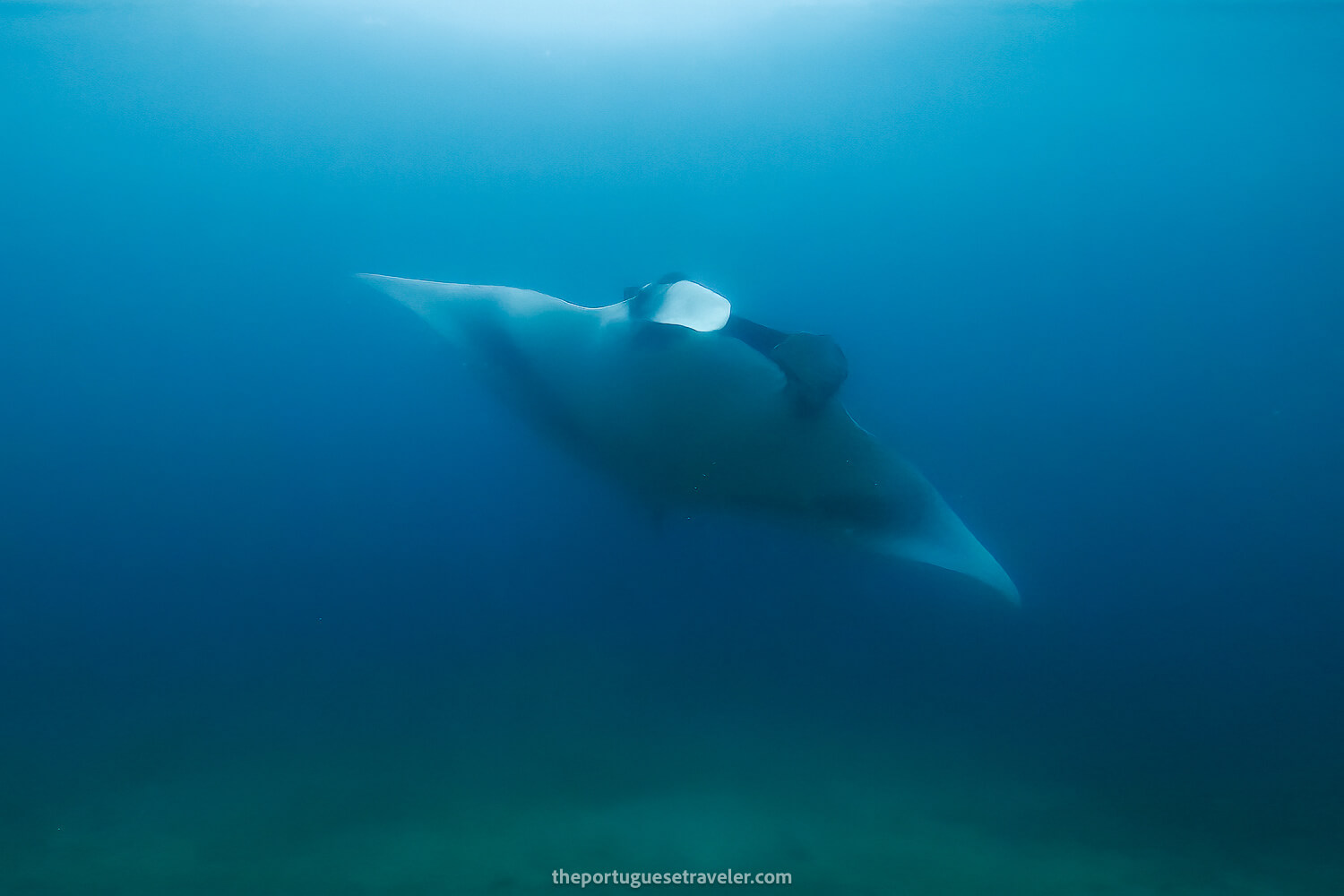
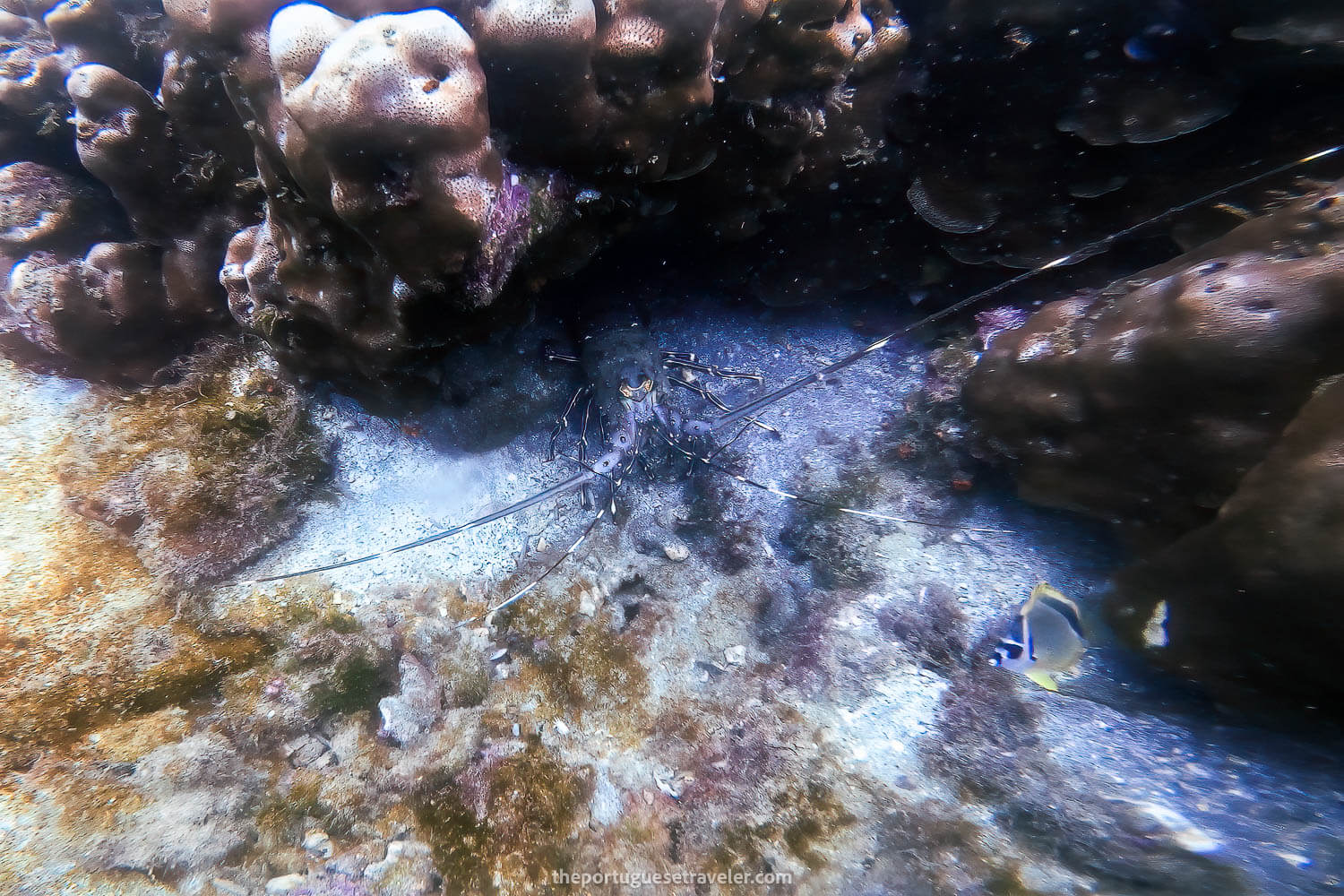
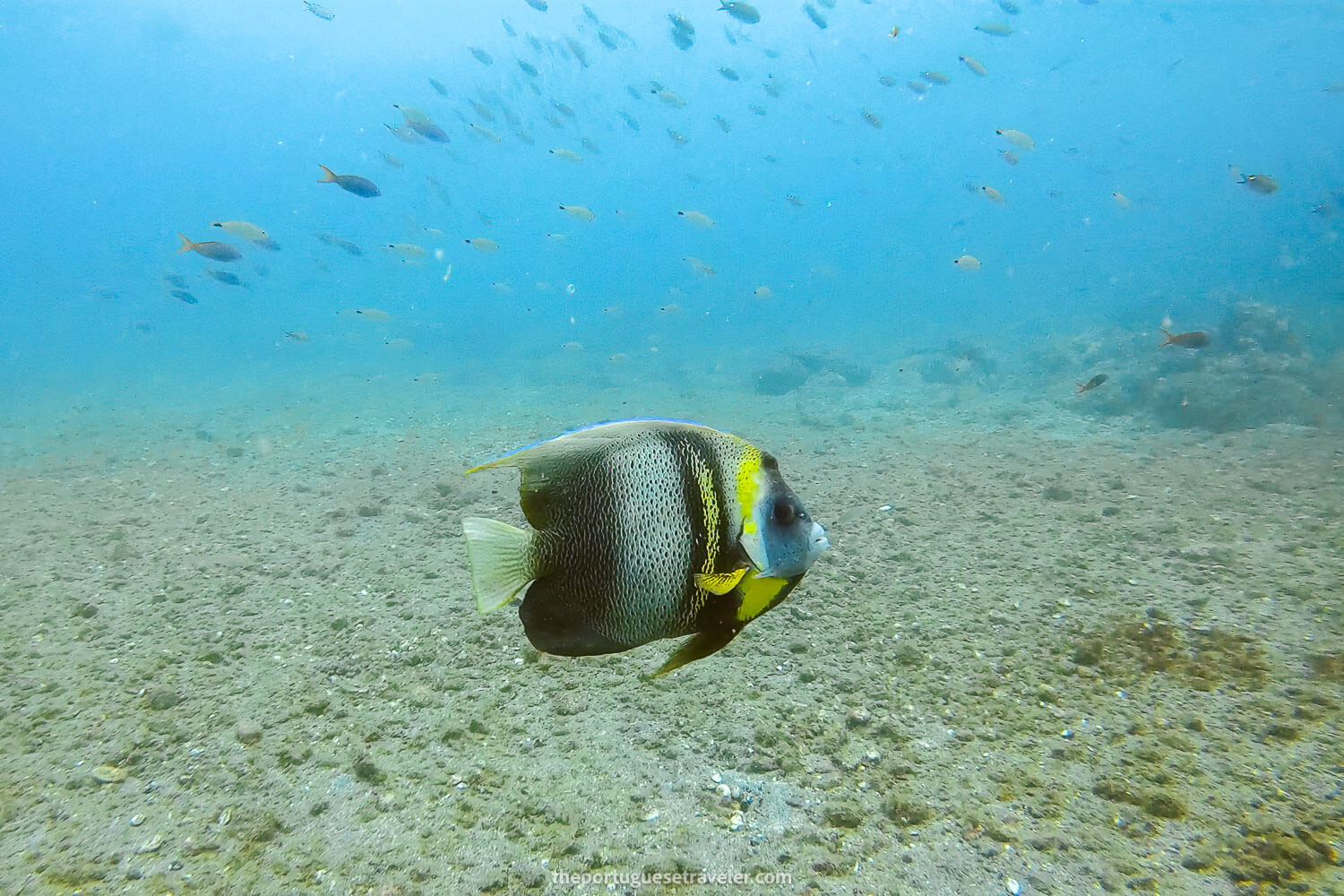
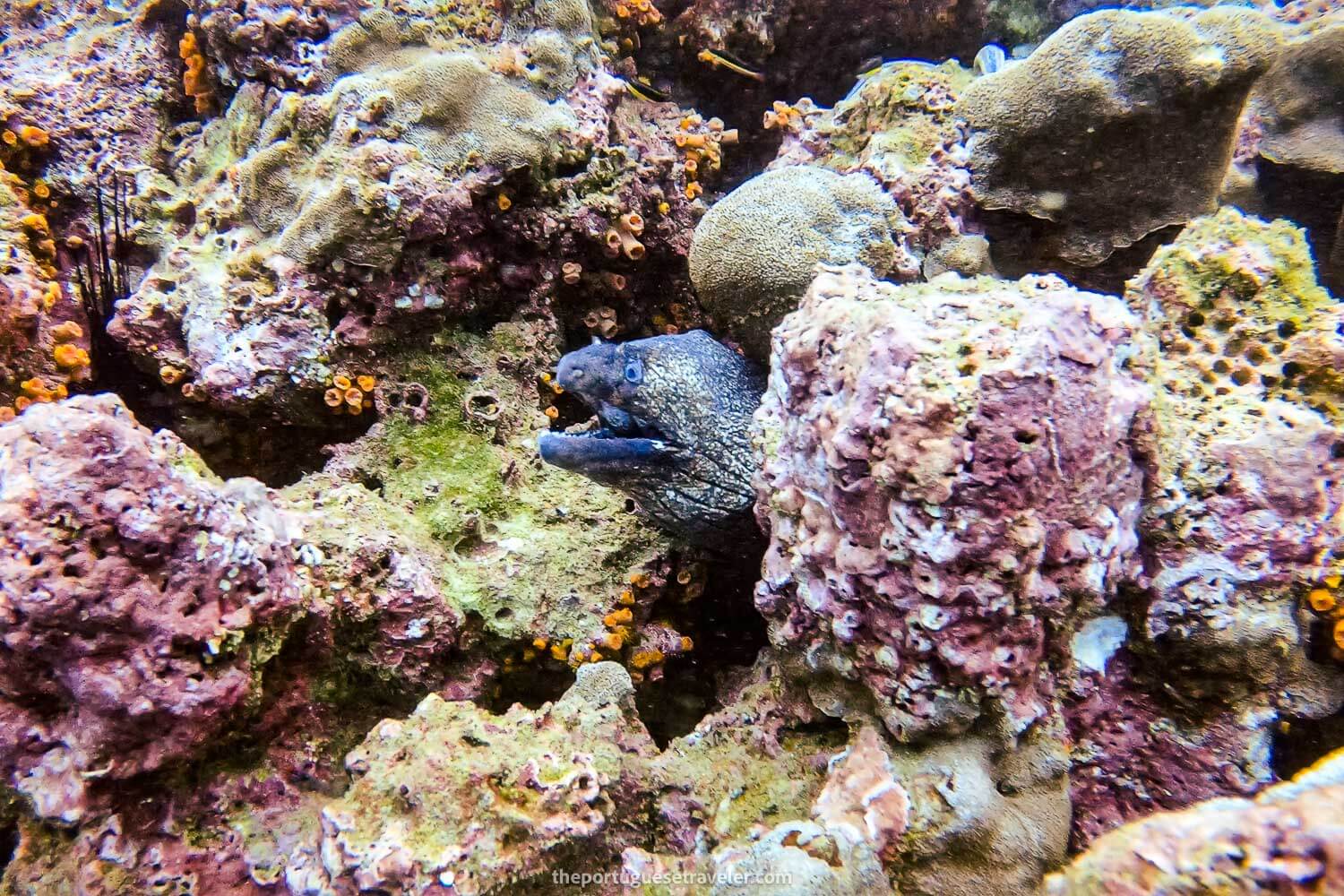
Our second dive took us to El Acuario, where we were treated to a vibrant and diverse display of marine life. We encountered various species, including pufferfish, angelfish, guitarfish, two curious octopuses, a triggerfish, a lobster, a devil scorpionfish, a pipefish, different types of grouper, moray eels, and even a flatfish. To top off the dive, we had the extraordinary fortune of spotting a super rare small-eyed giant stingray.
These two dives were an absolute thrill and will surely be etched in our memories as unforgettable experiences!
After our underwater explorations, we enjoyed a leisurely lunch before returning to Puerto Lopez where we shared some photos and videos of this experience between us.
Actually, It was only upon reviewing the GoPro videos with the guys from my group that I realized we had captured the sounds of whales underwater. Incredible!
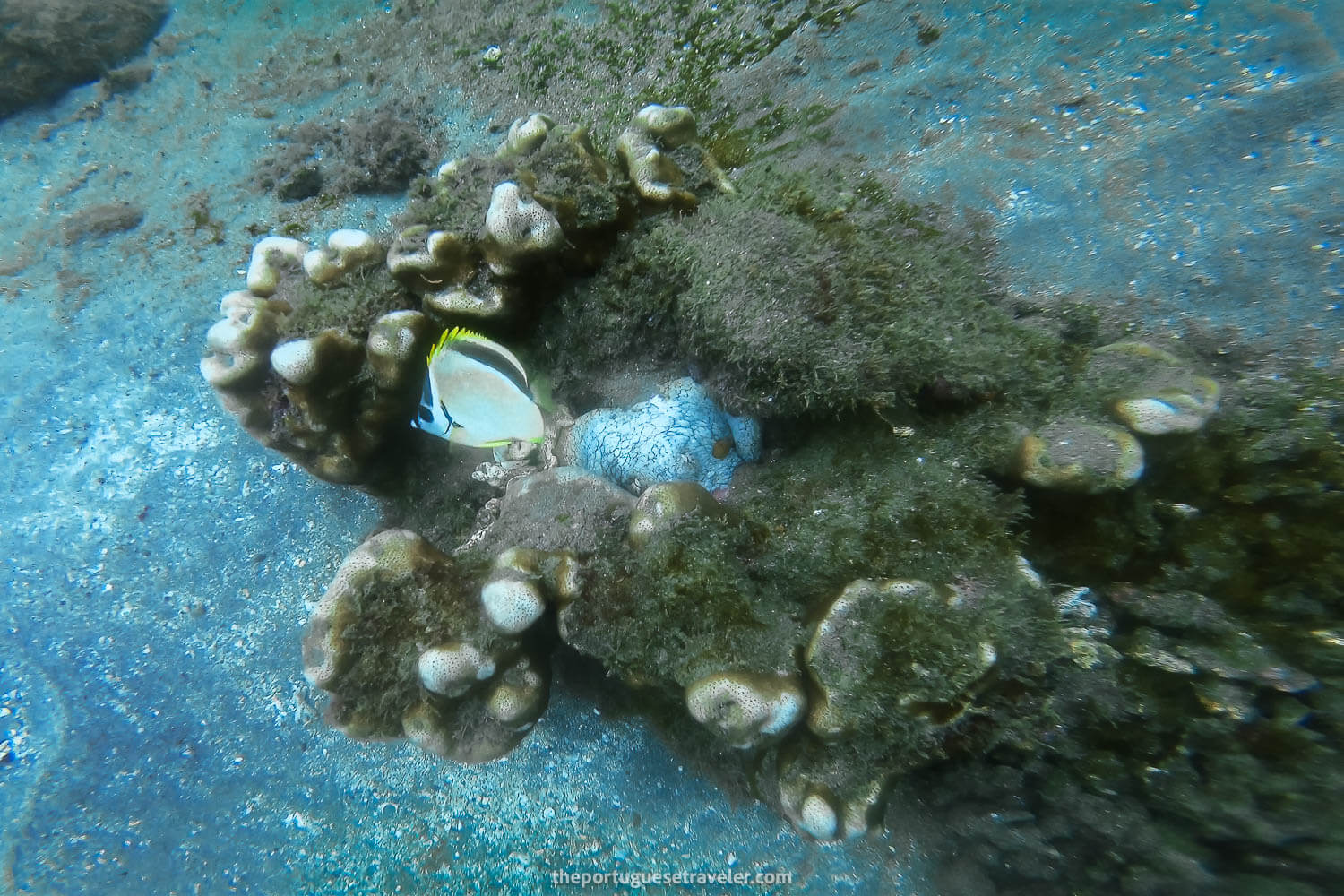
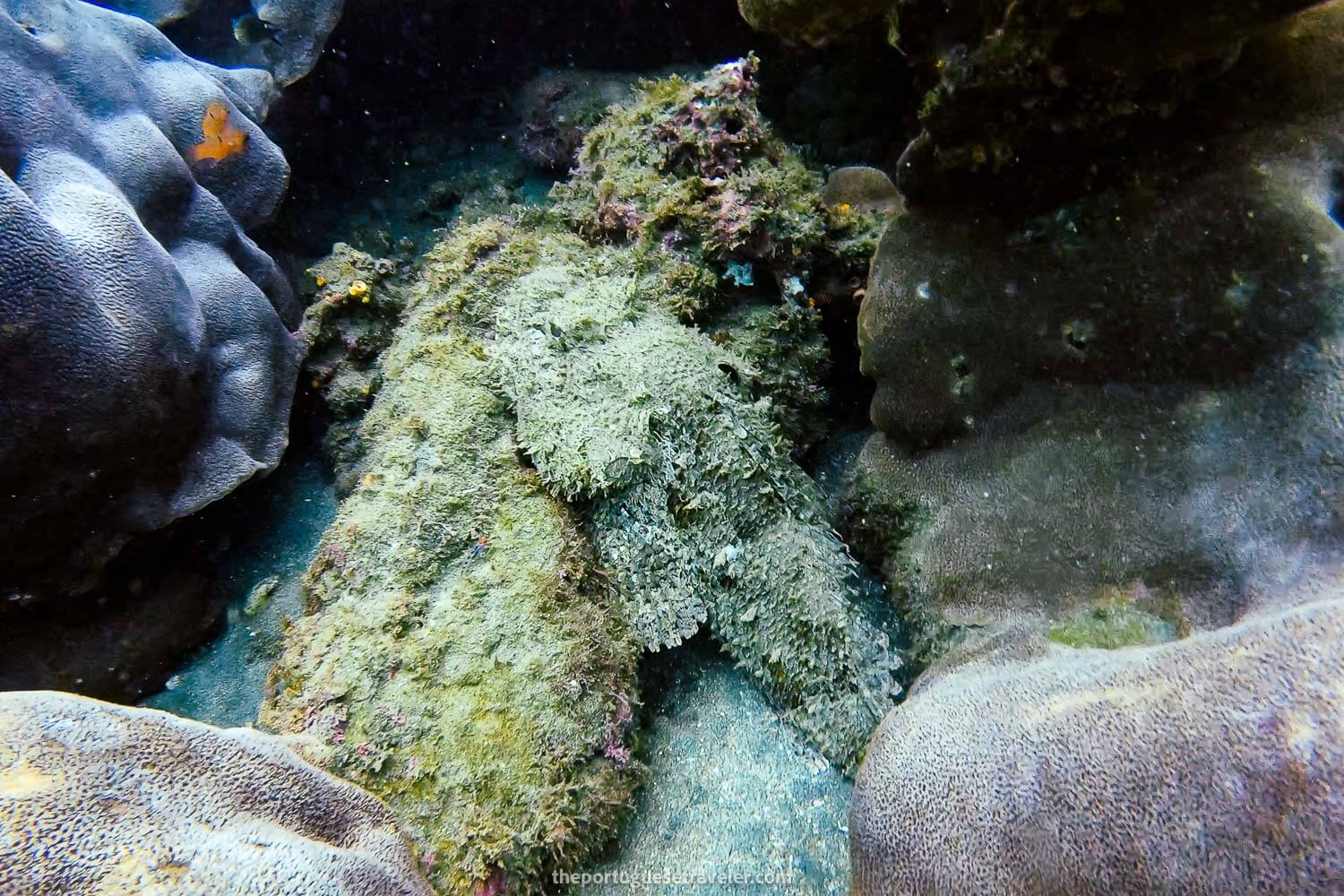
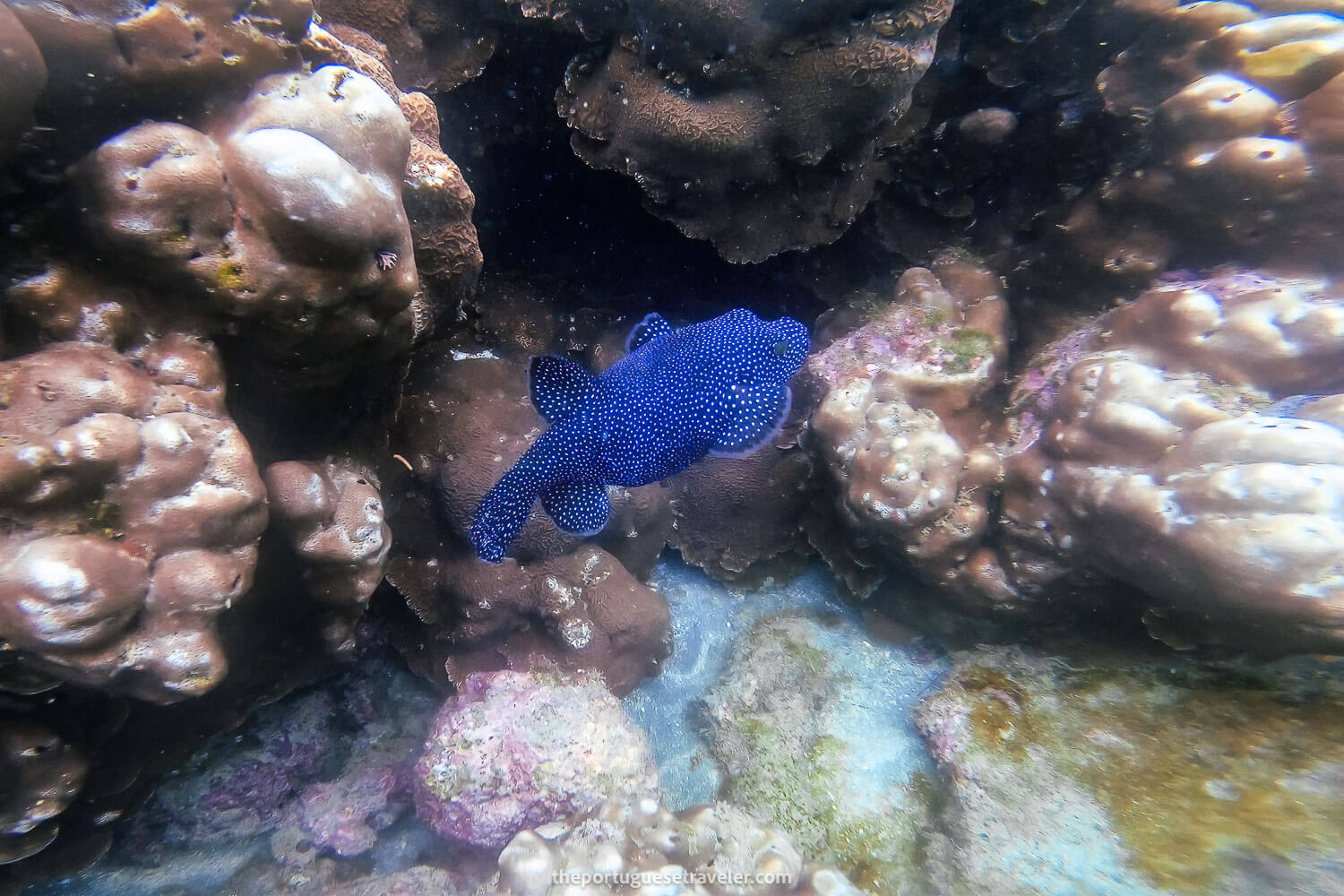
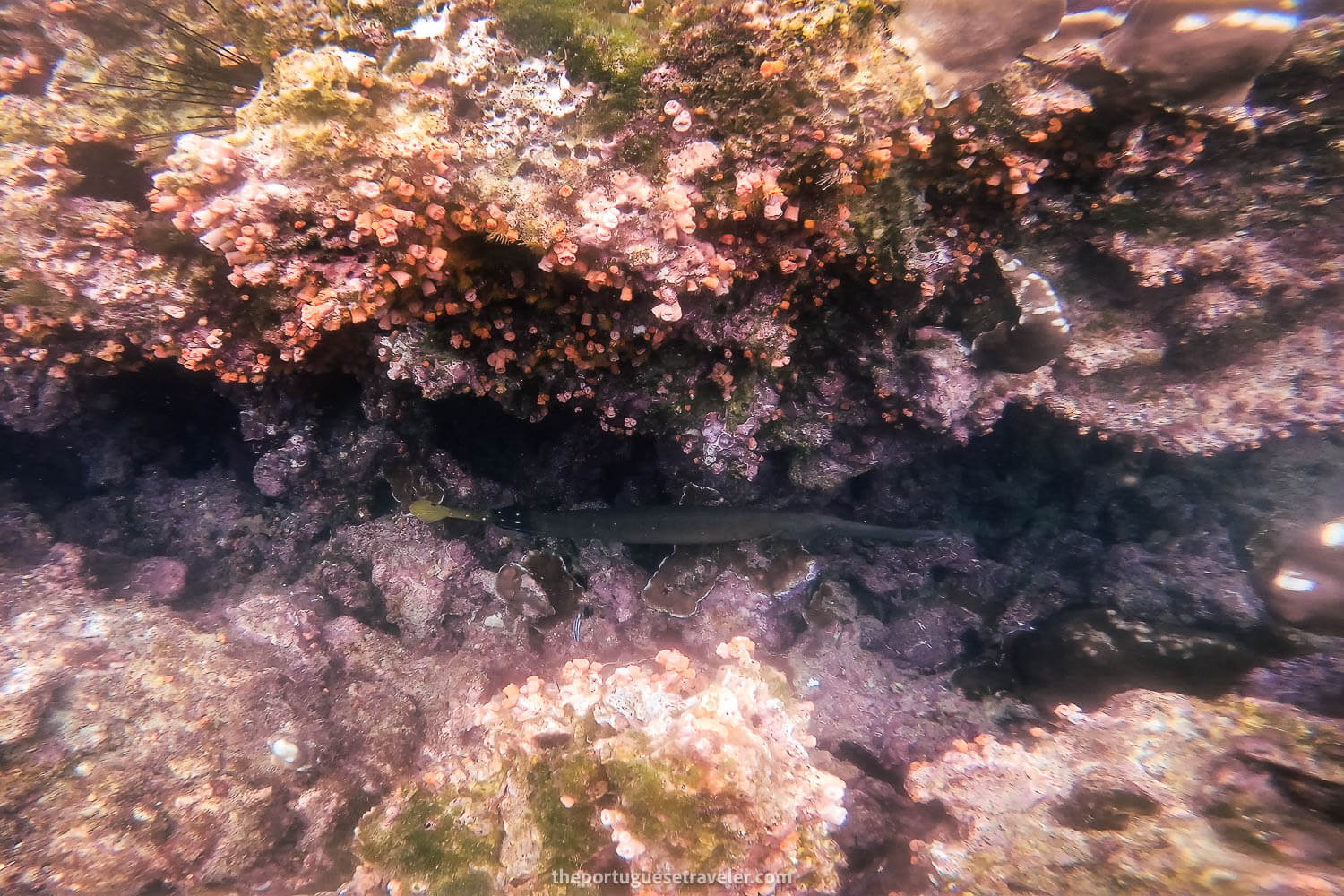
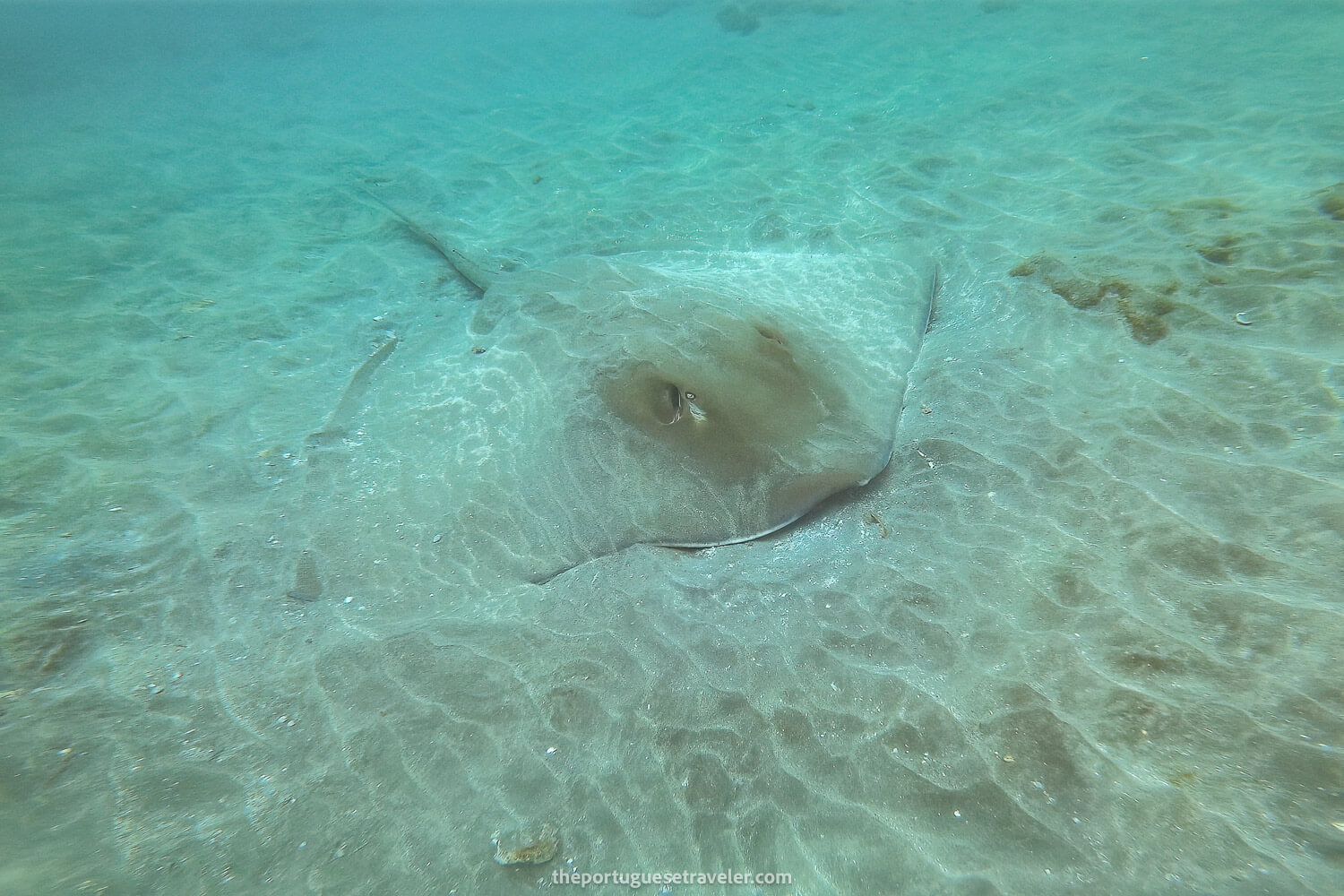
The Diving Experience (2023)
This year’s diving experience took place in June and was an entirely different adventure. Instead of encountering numerous manta rays, we had the incredible opportunity to get up close to humpback whales.
At El Acuario, we encountered all the species we had seen during our previous dive, and even more.
This time, I was accompanied by my girlfriend, Jhos, who was there to complete her open water certification. After her training, we ventured to Isla de La Plata on the second day of our trip. We were greeted by a diverse marine population, including numerous pufferfish, approximately five devil scorpionfish, triggerfish, a flutefish, several small-sized fish, a small stingray, and one of the highlights for me was spotting a zebra moray eel.
Additionally, I had the pleasure of seeing the colorful underwater miniature “Christmas trees” that I had previously seen in Thailand. Most importantly, this trip held a special significance as it marked Jhos’s first diving experience.
After the dives, we had our lunch and went back to Puerto Lopez where I took off my drone for an amazing cloudless sunset session.
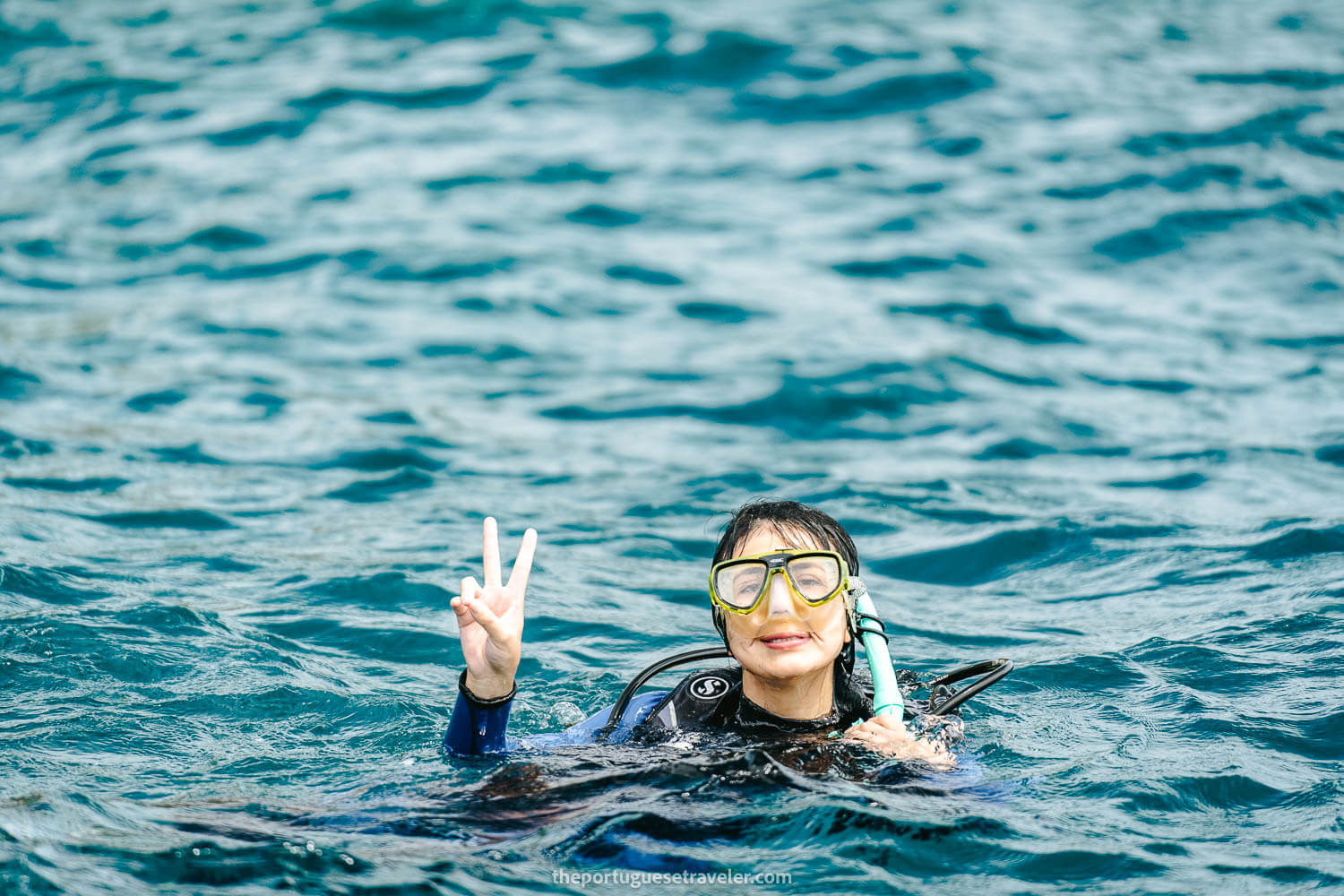
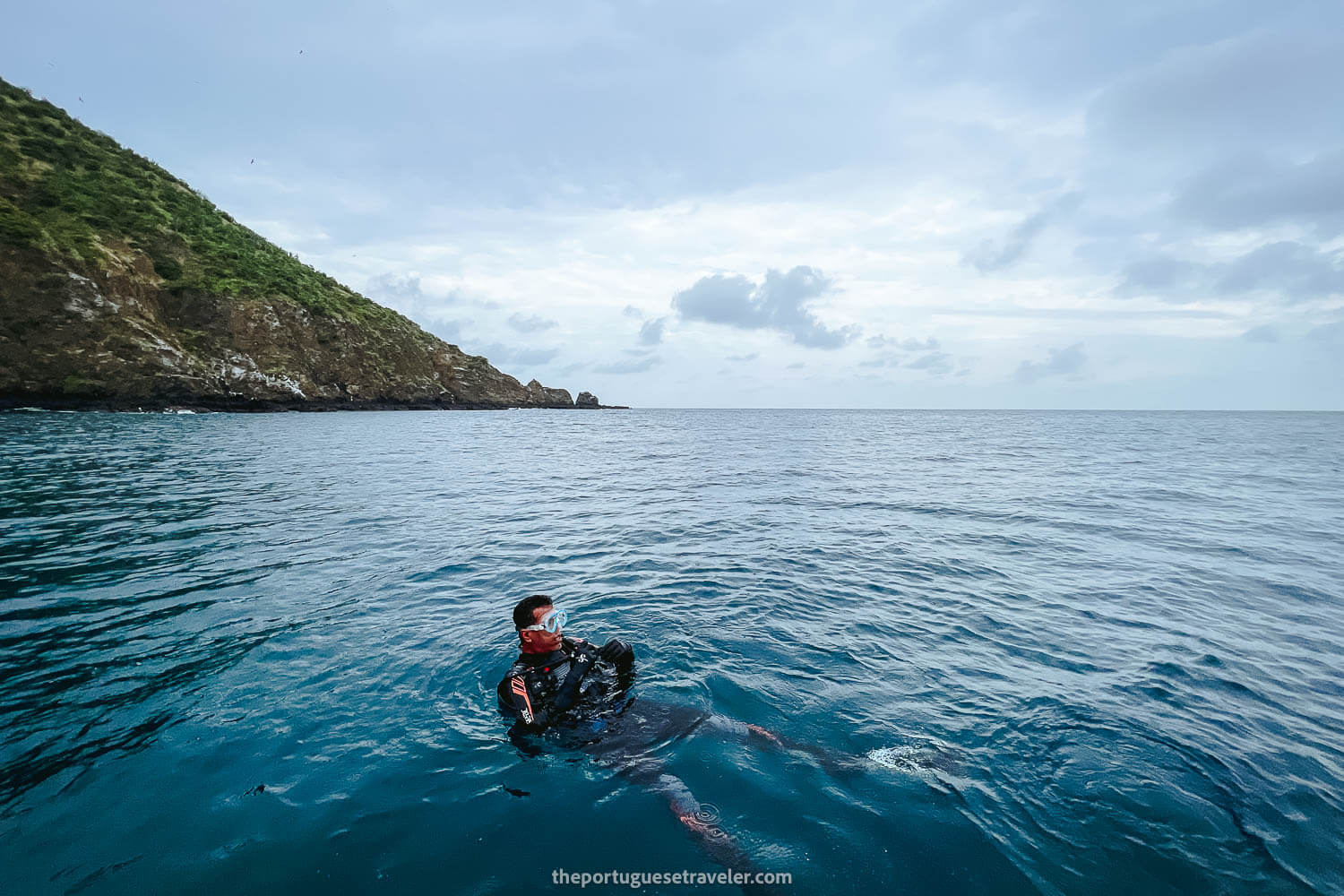
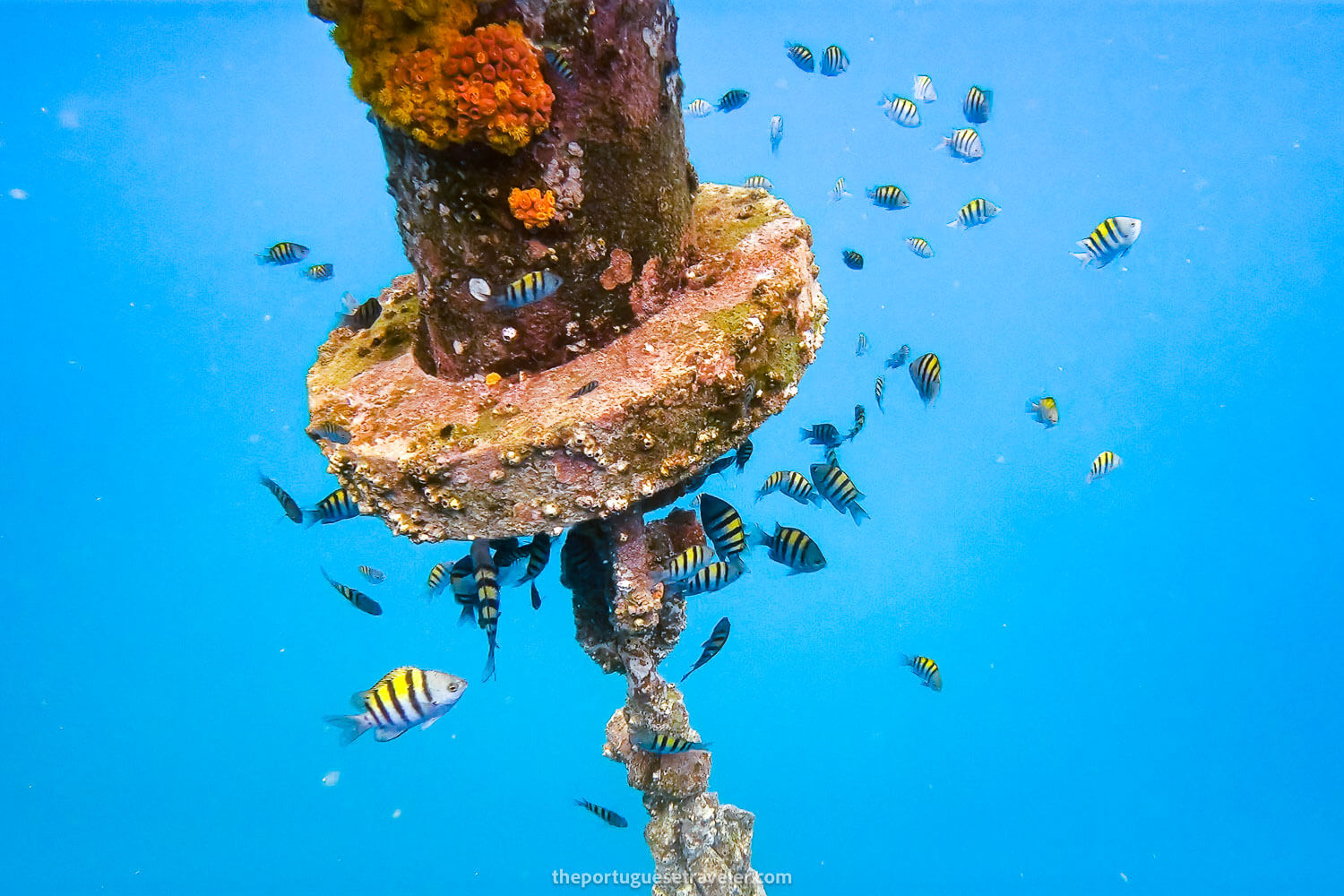
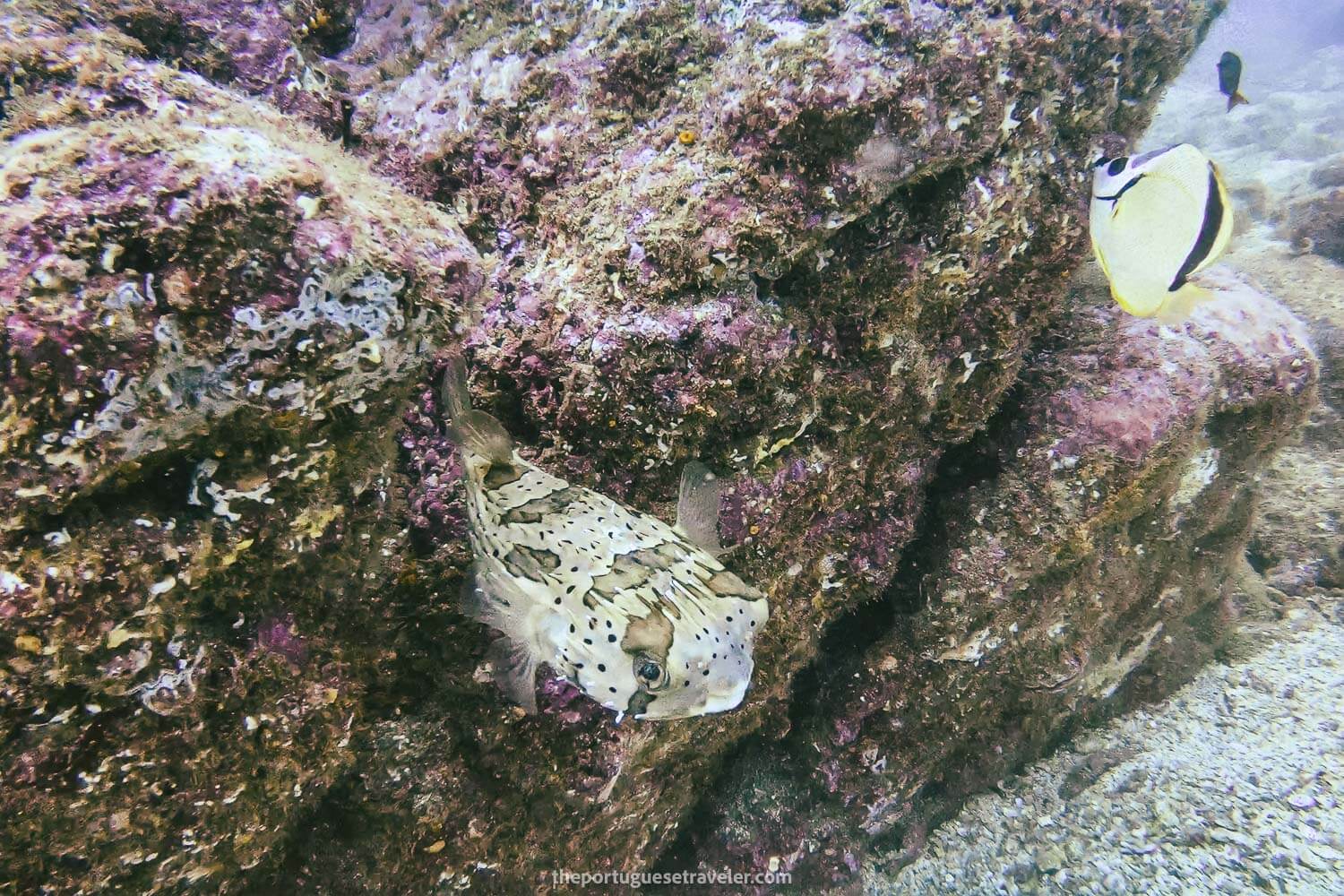
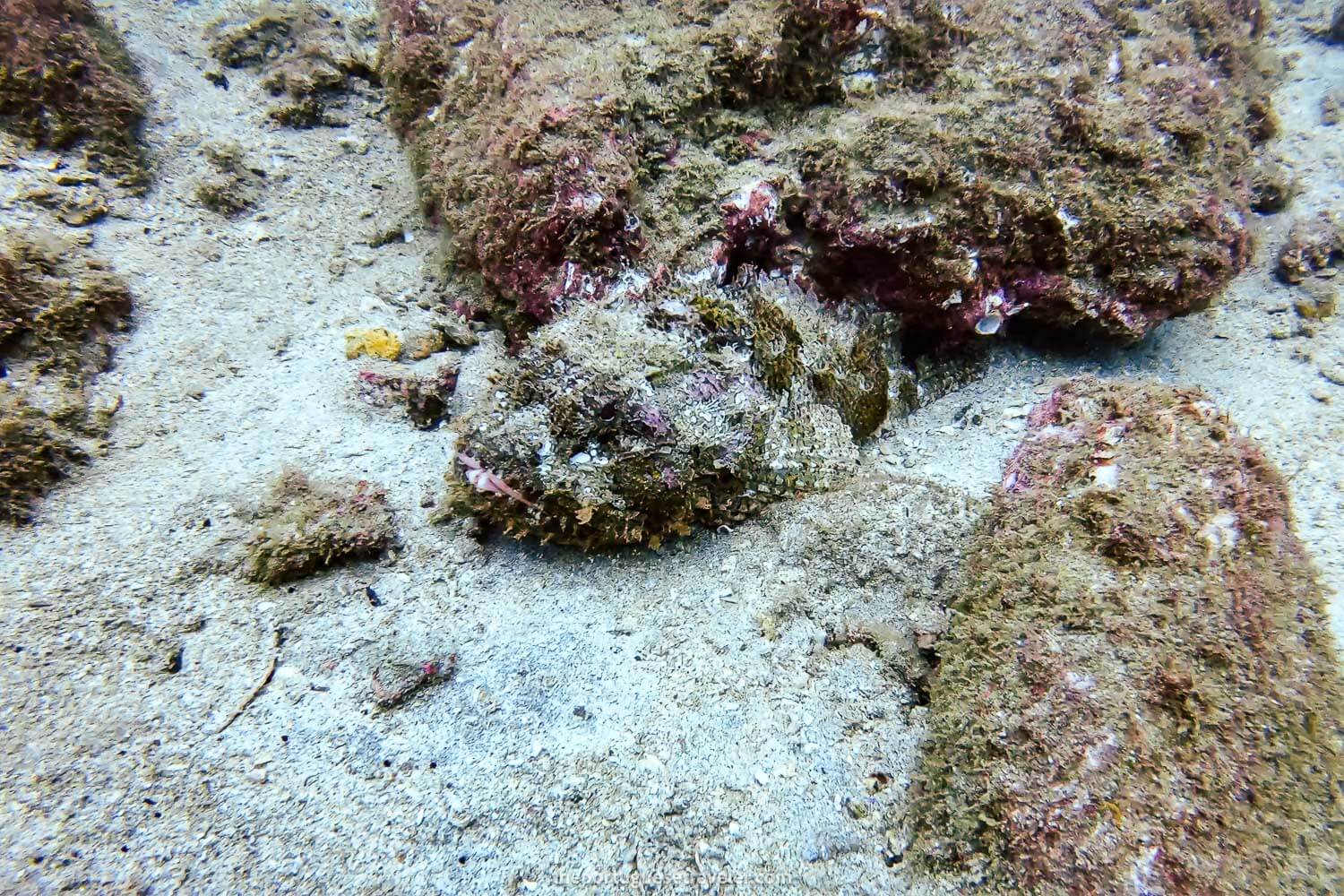
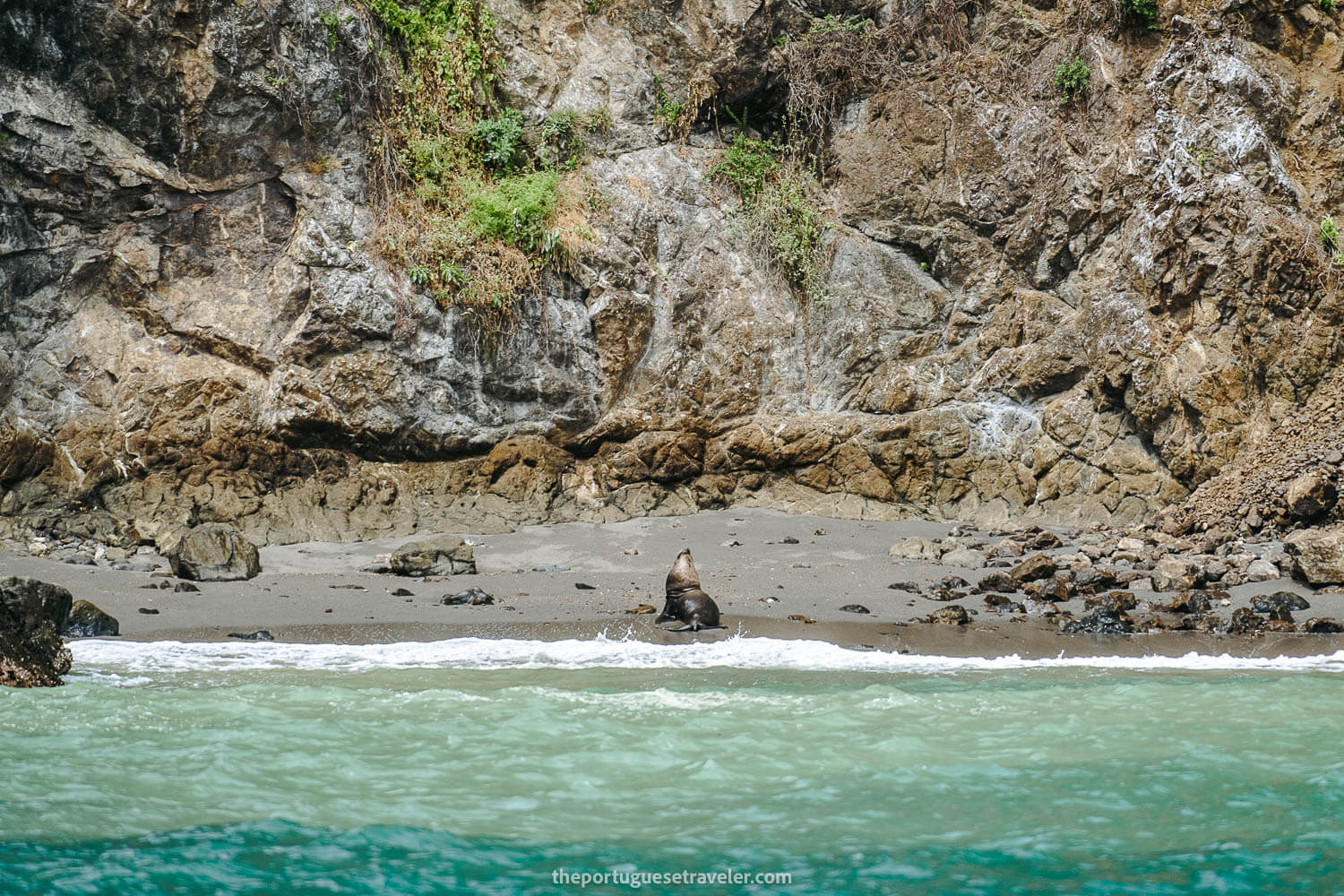
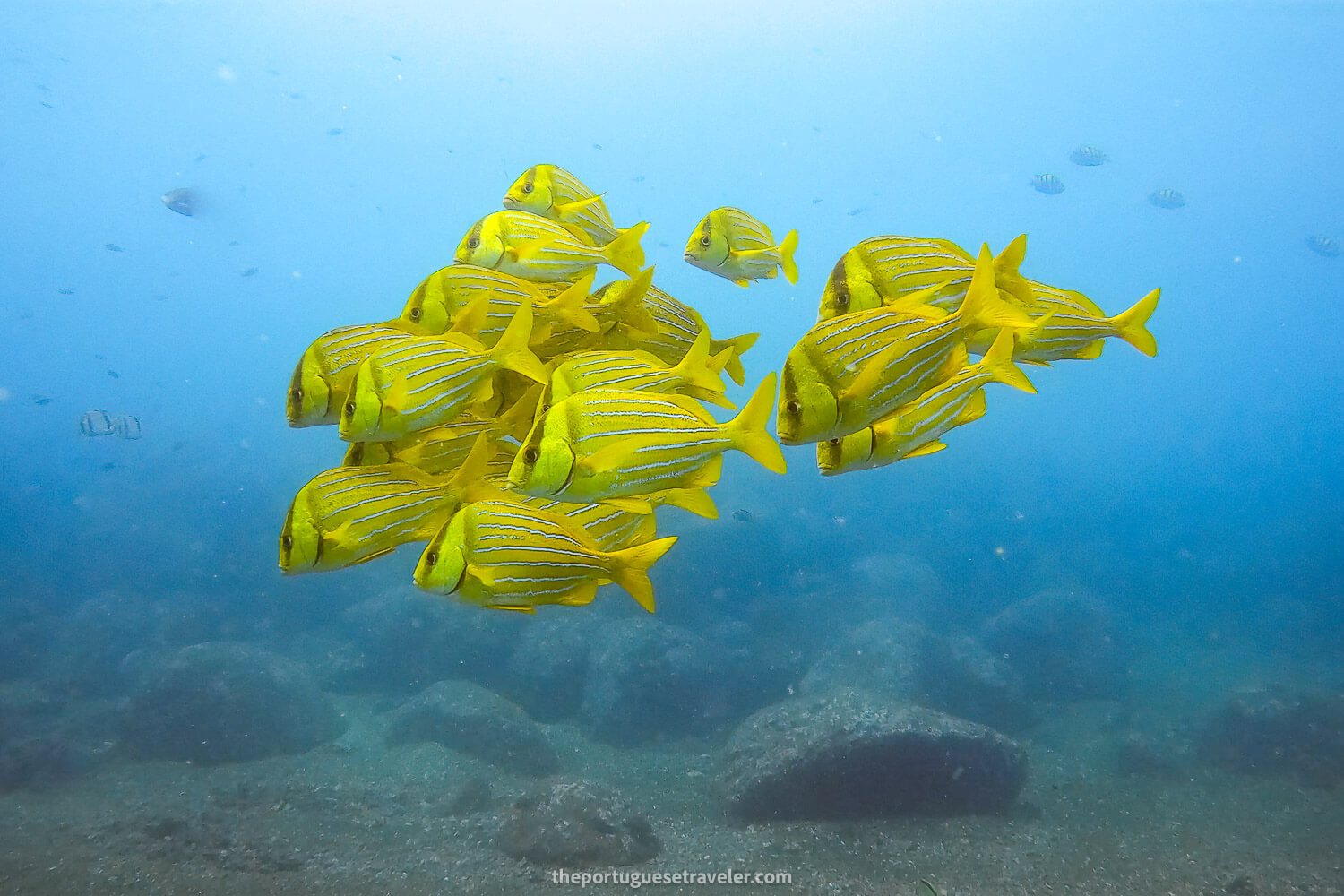
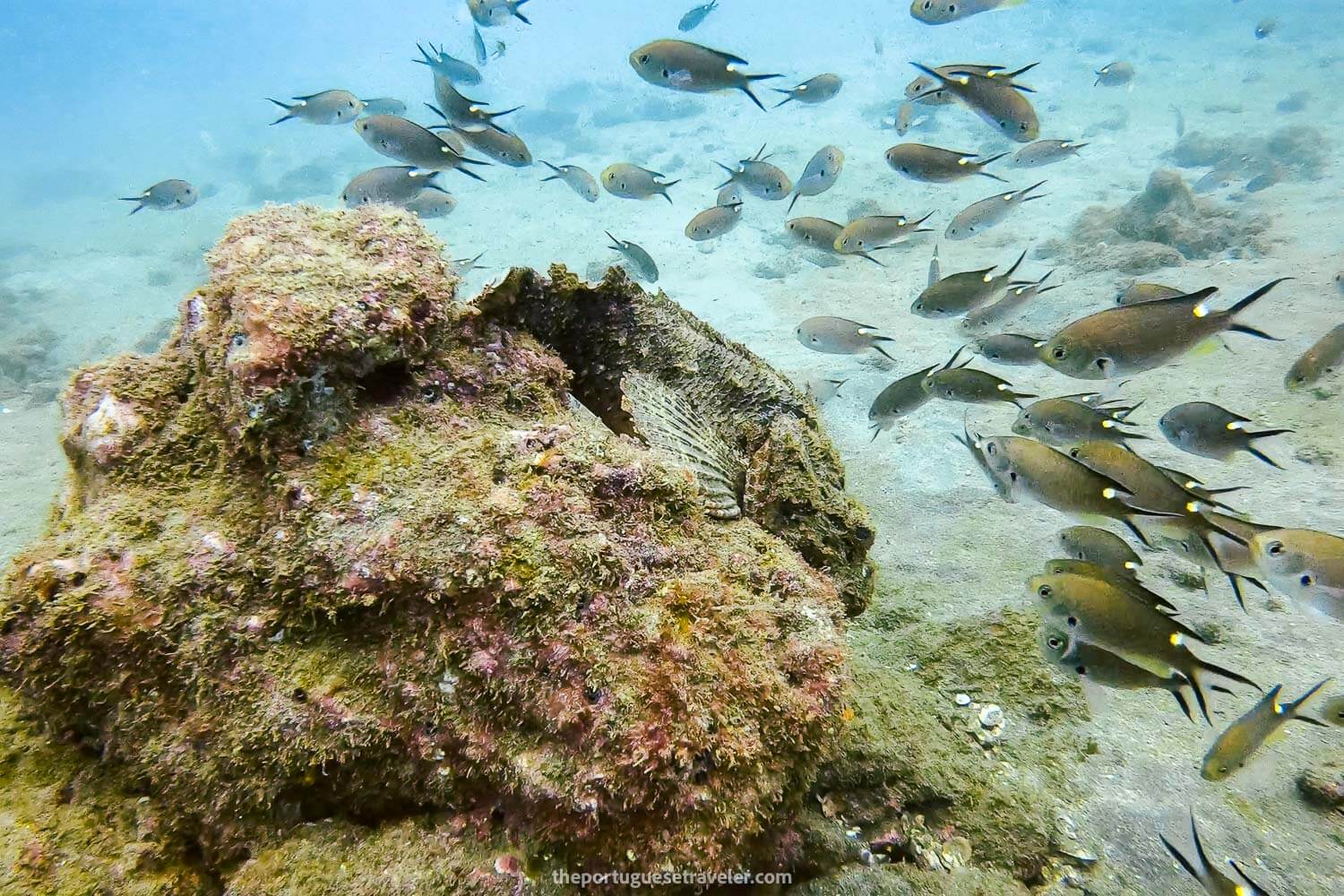
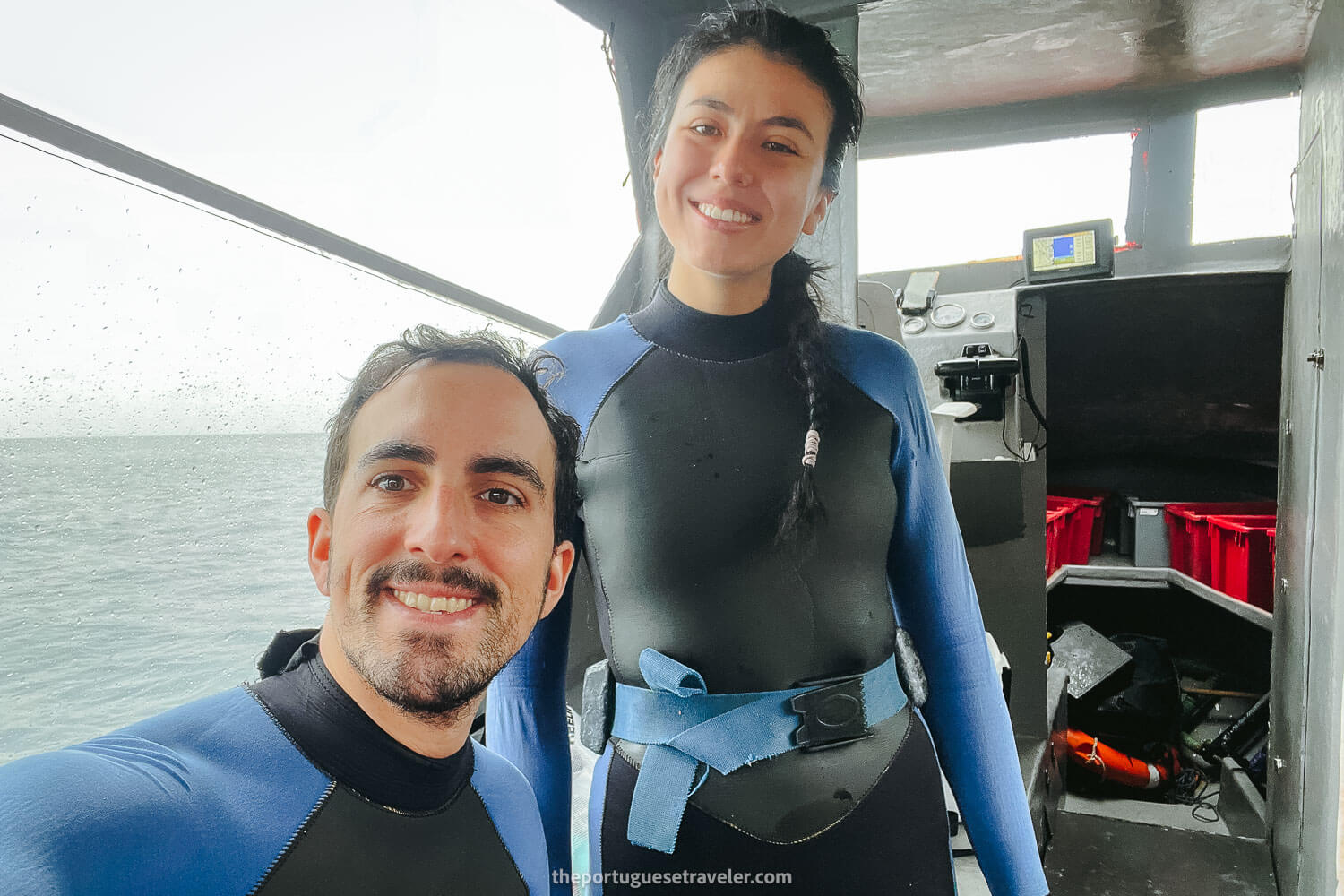
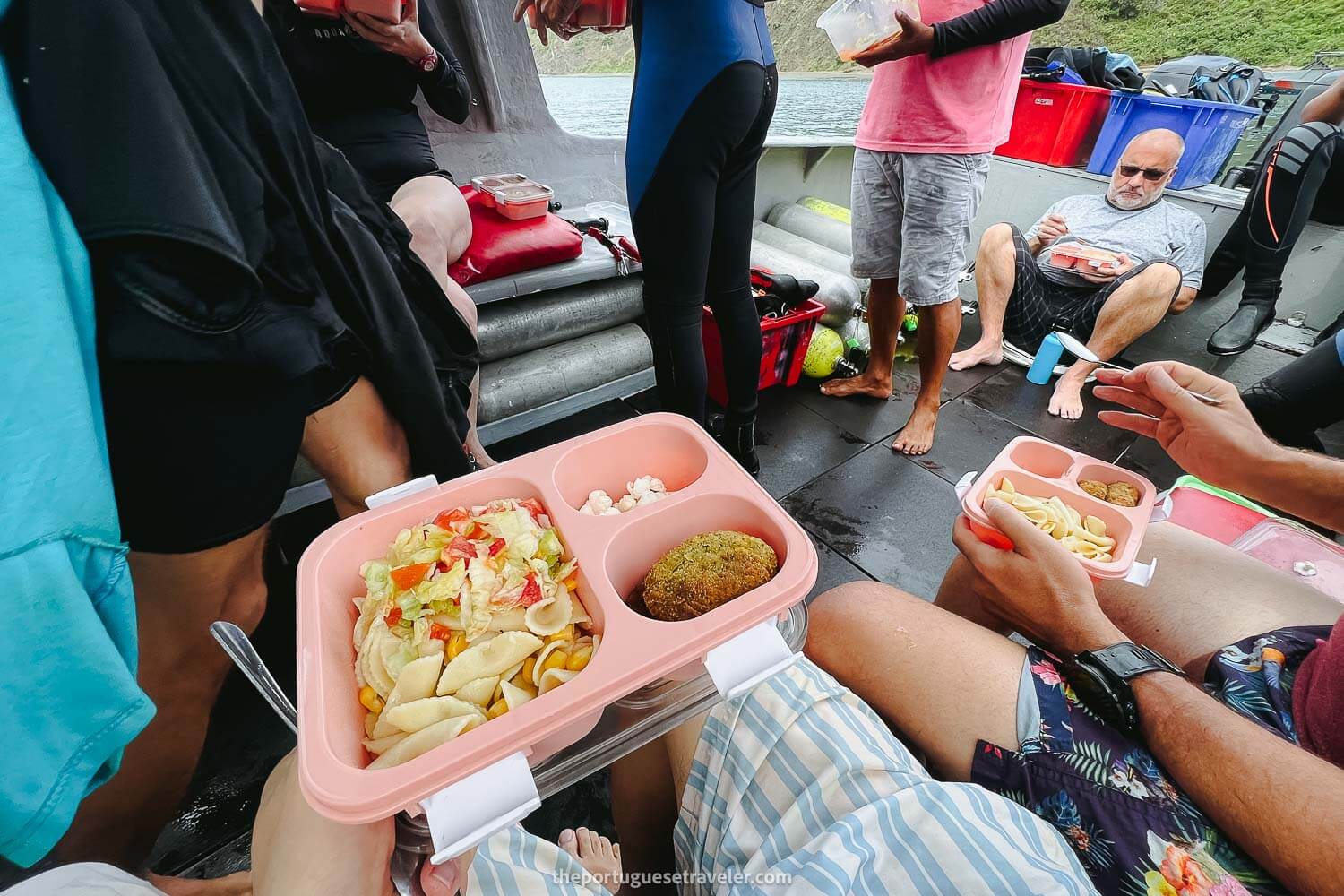
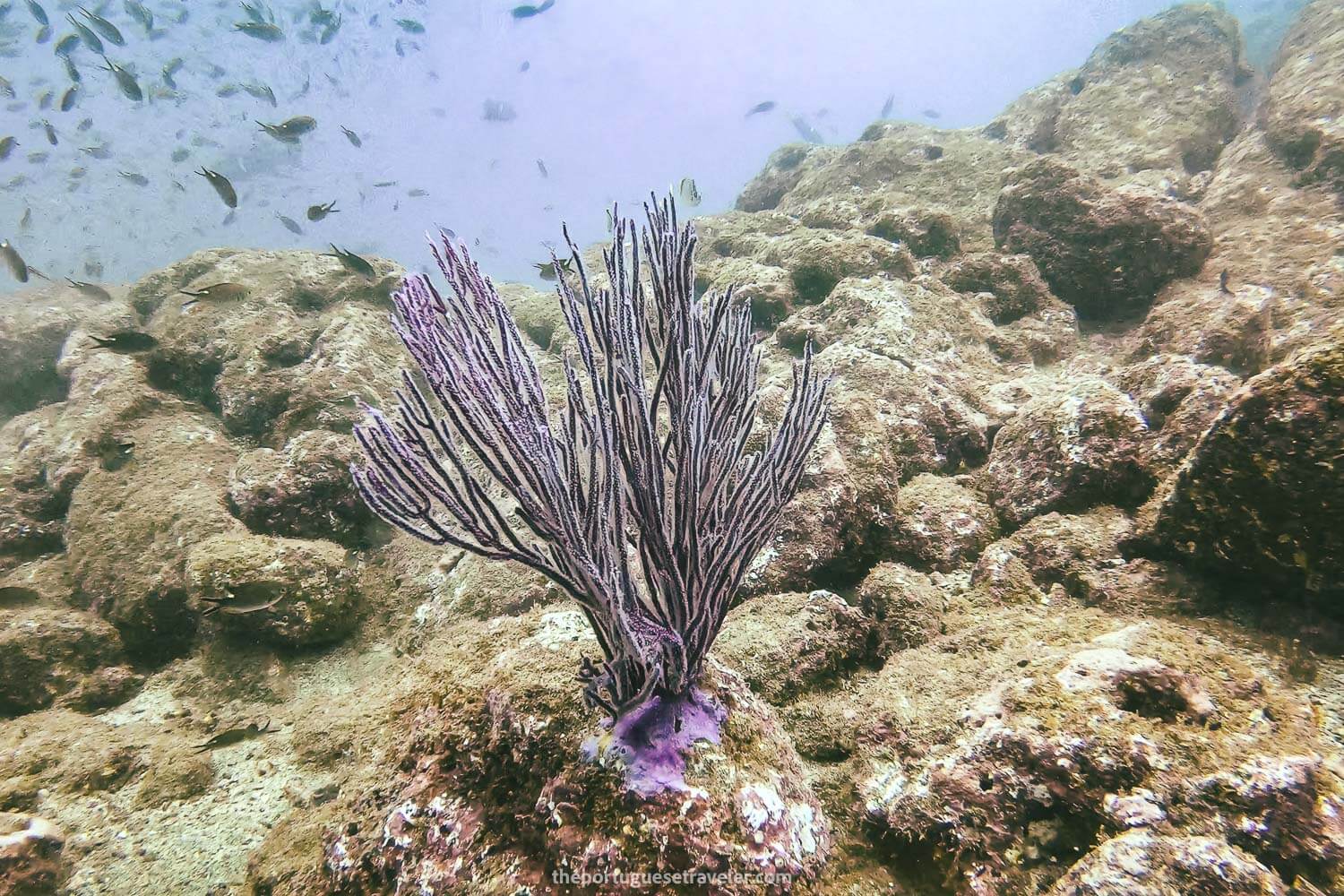
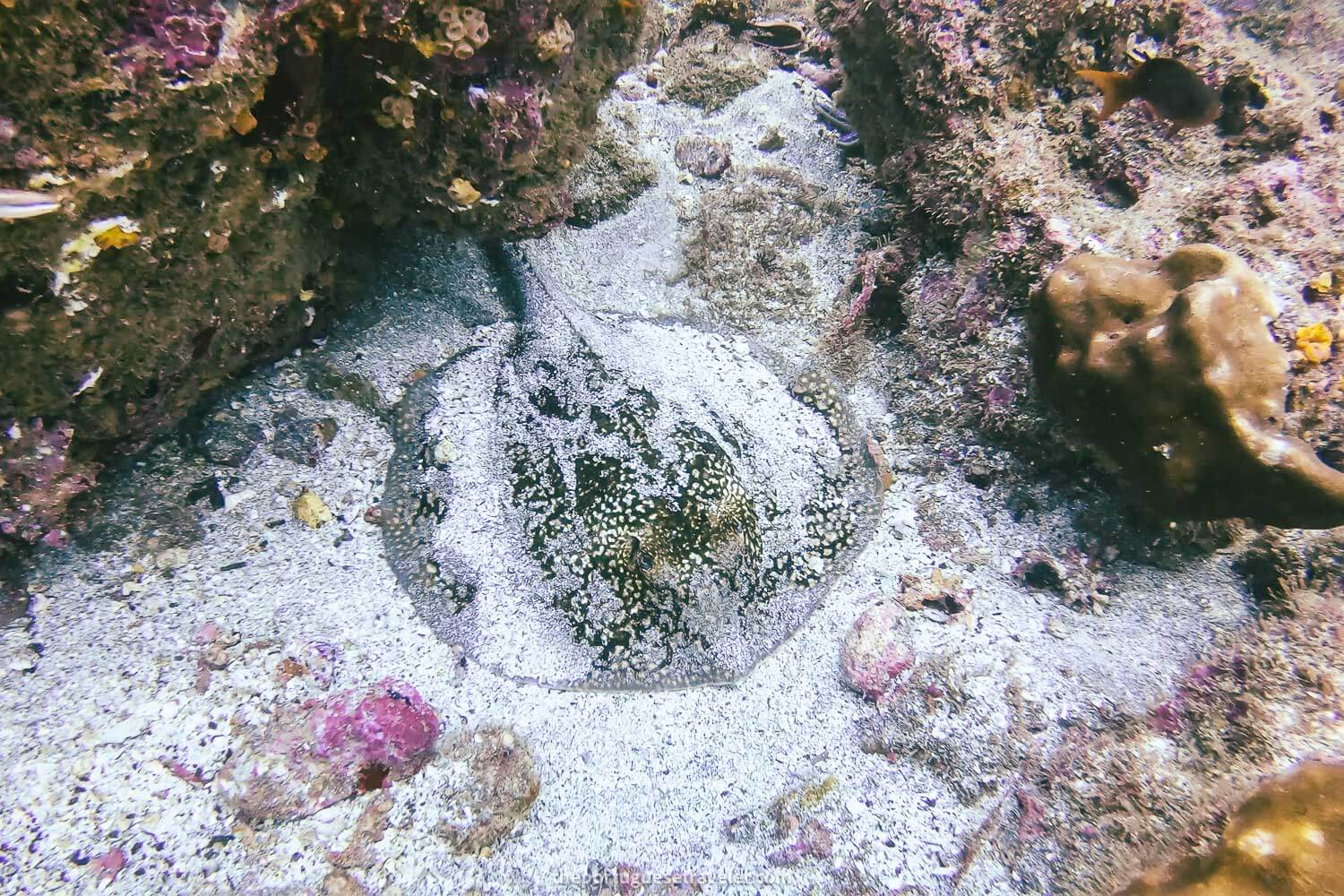
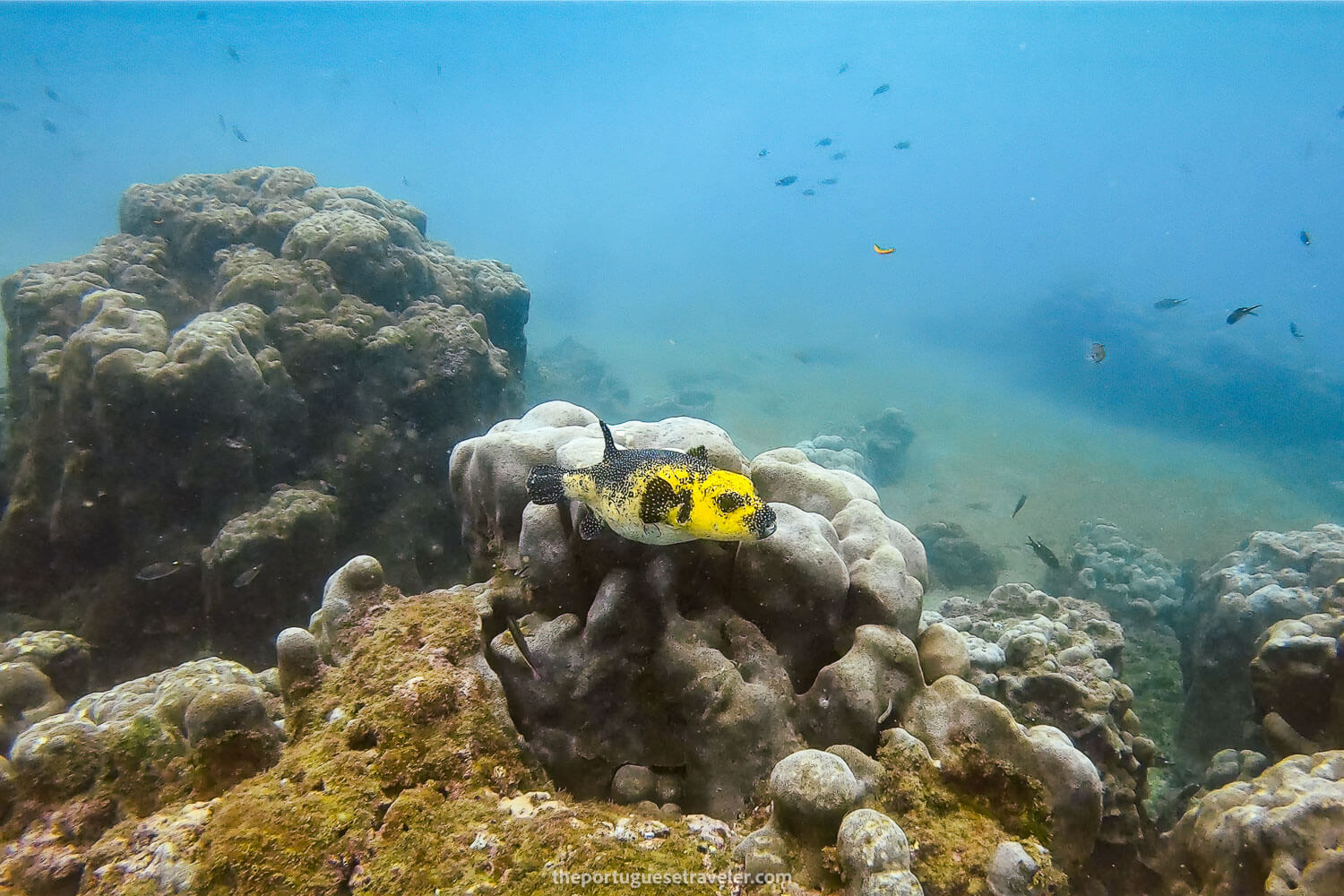
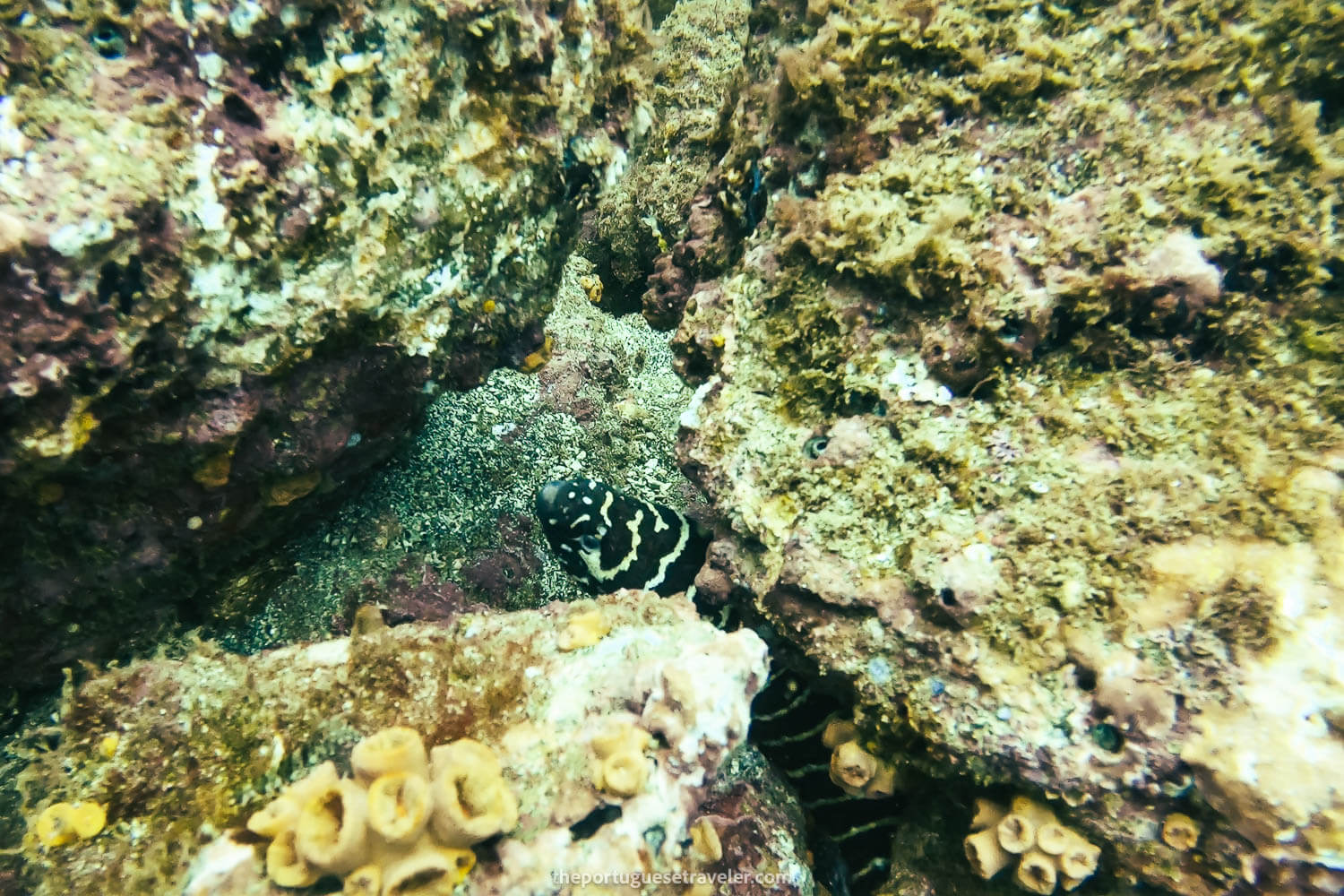
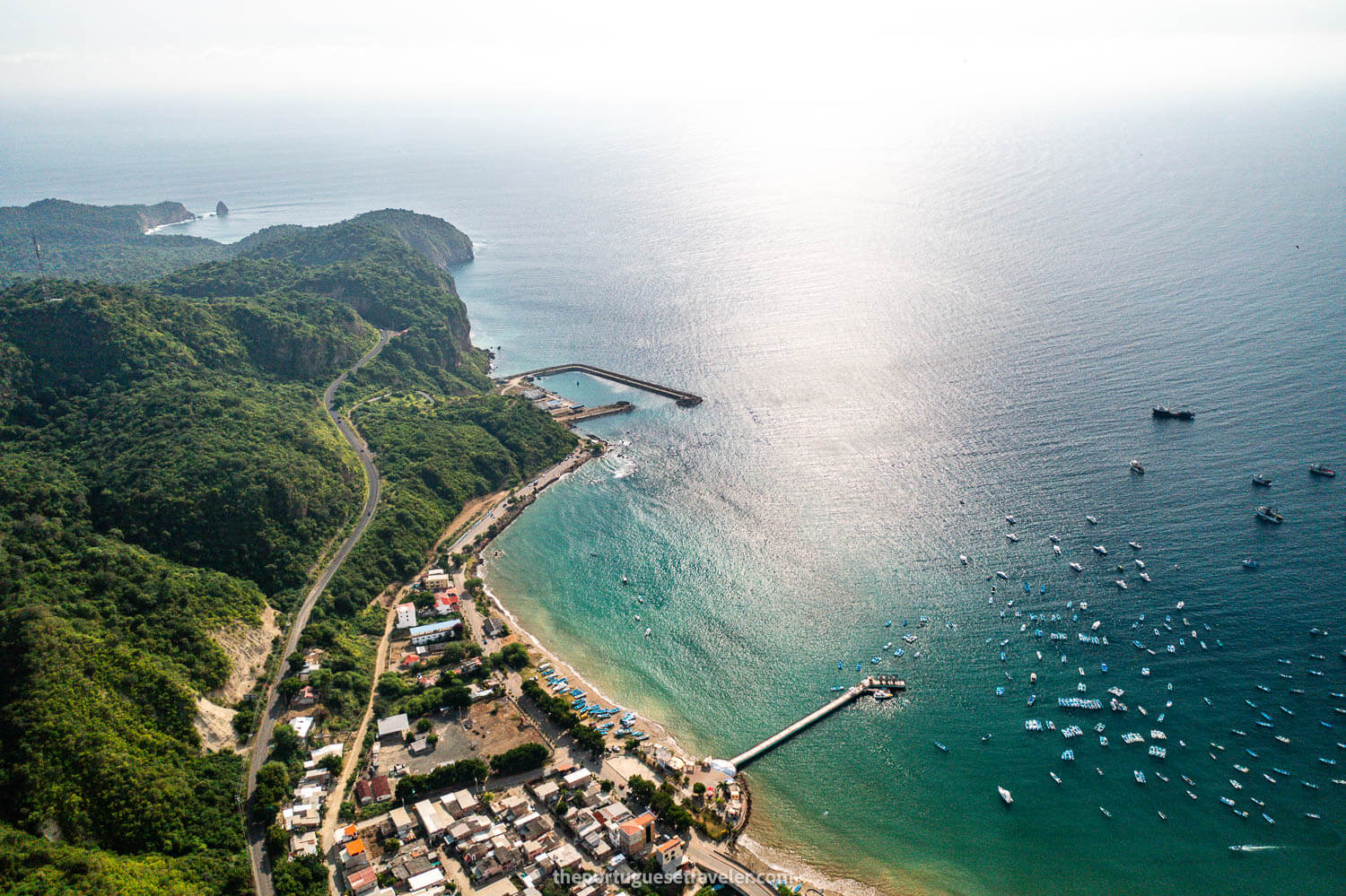
Have you had the opportunity to dive in Isla de La Plata? If yes, I would love to hear about your experience. Please share your thoughts and opinions in the comments below.
Thanks for reading through and I hope you have fun on this dive. I will drop more of my favorite shots underneath, enjoy!
Photo Gallery
The Diving Experience (2022)
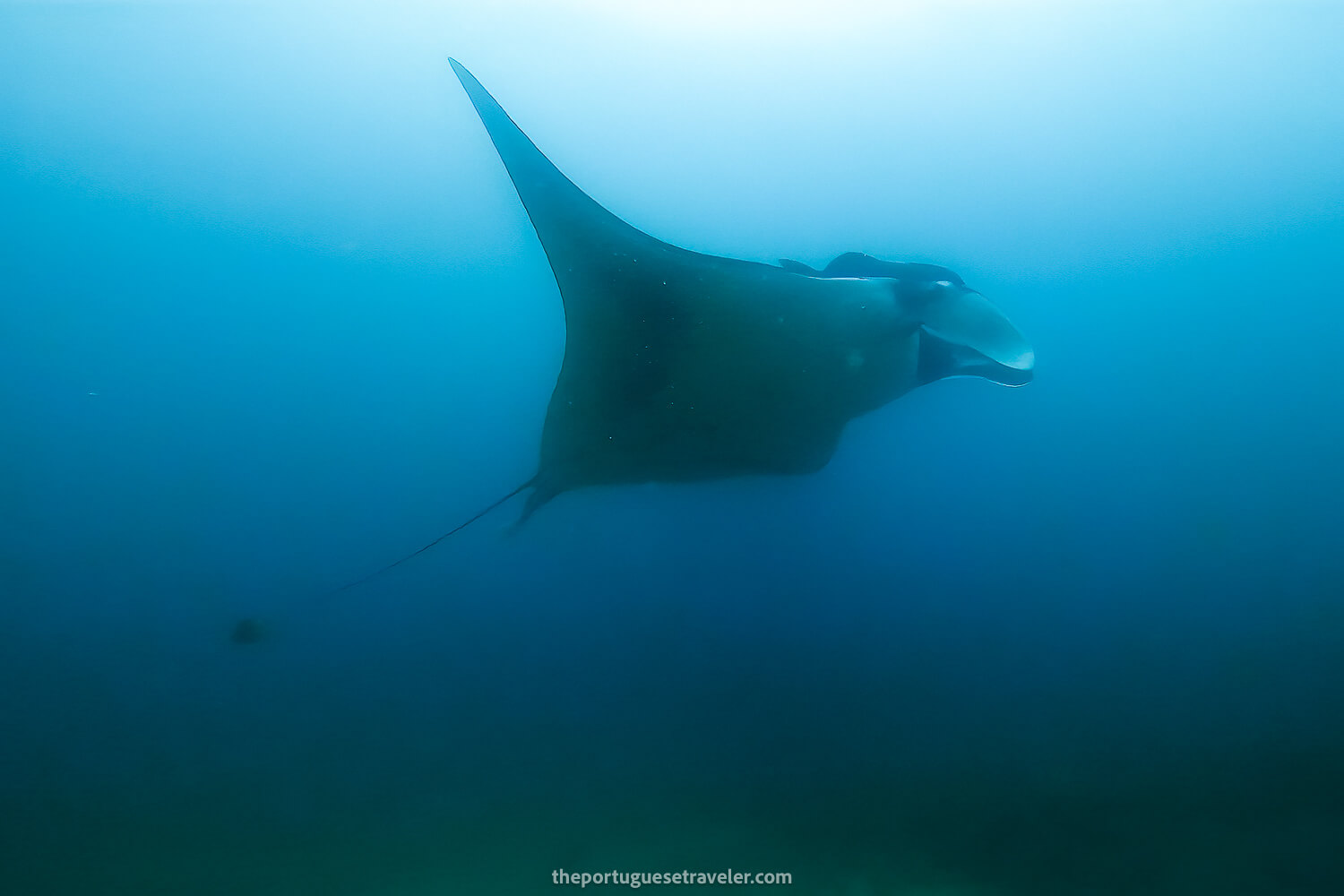
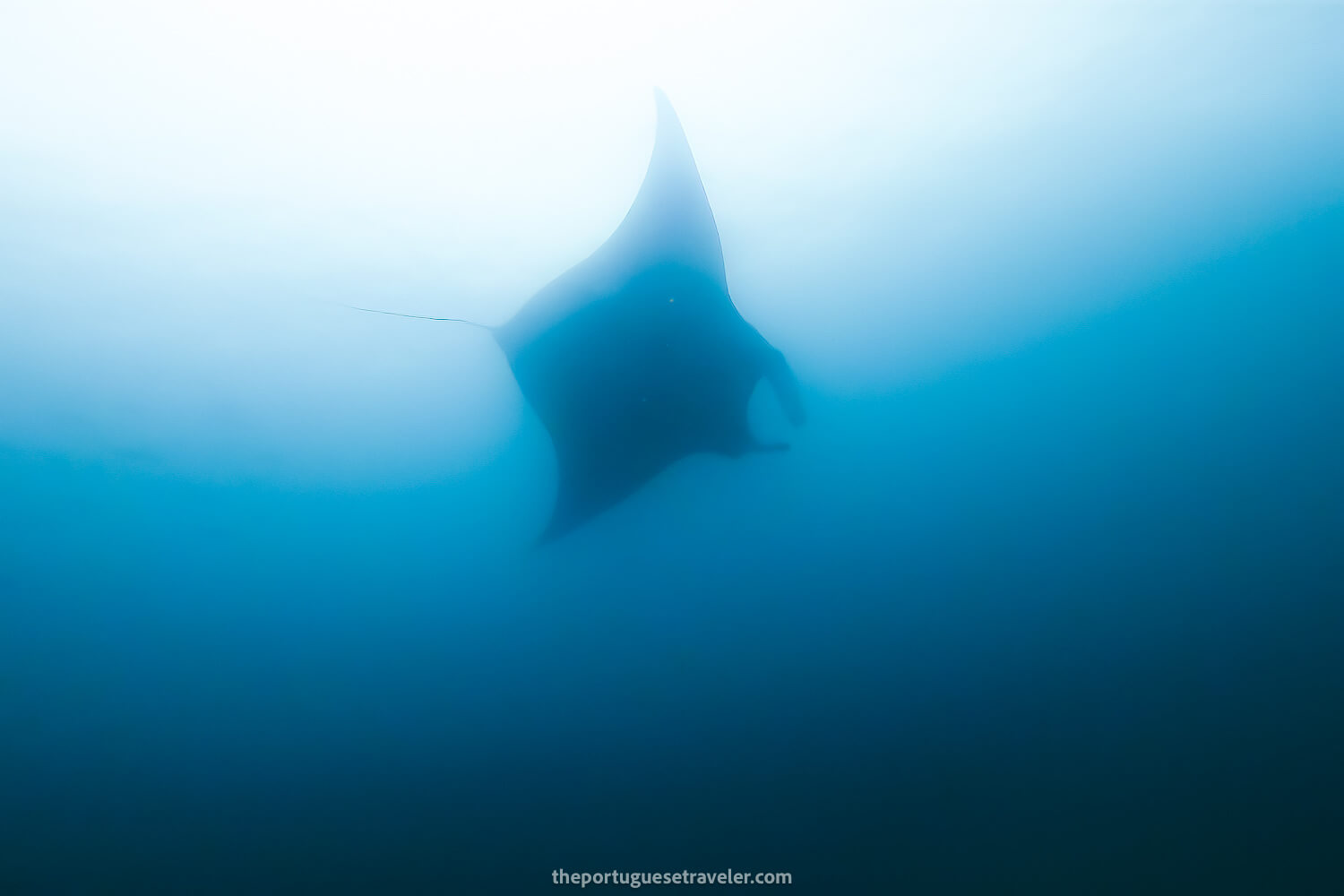
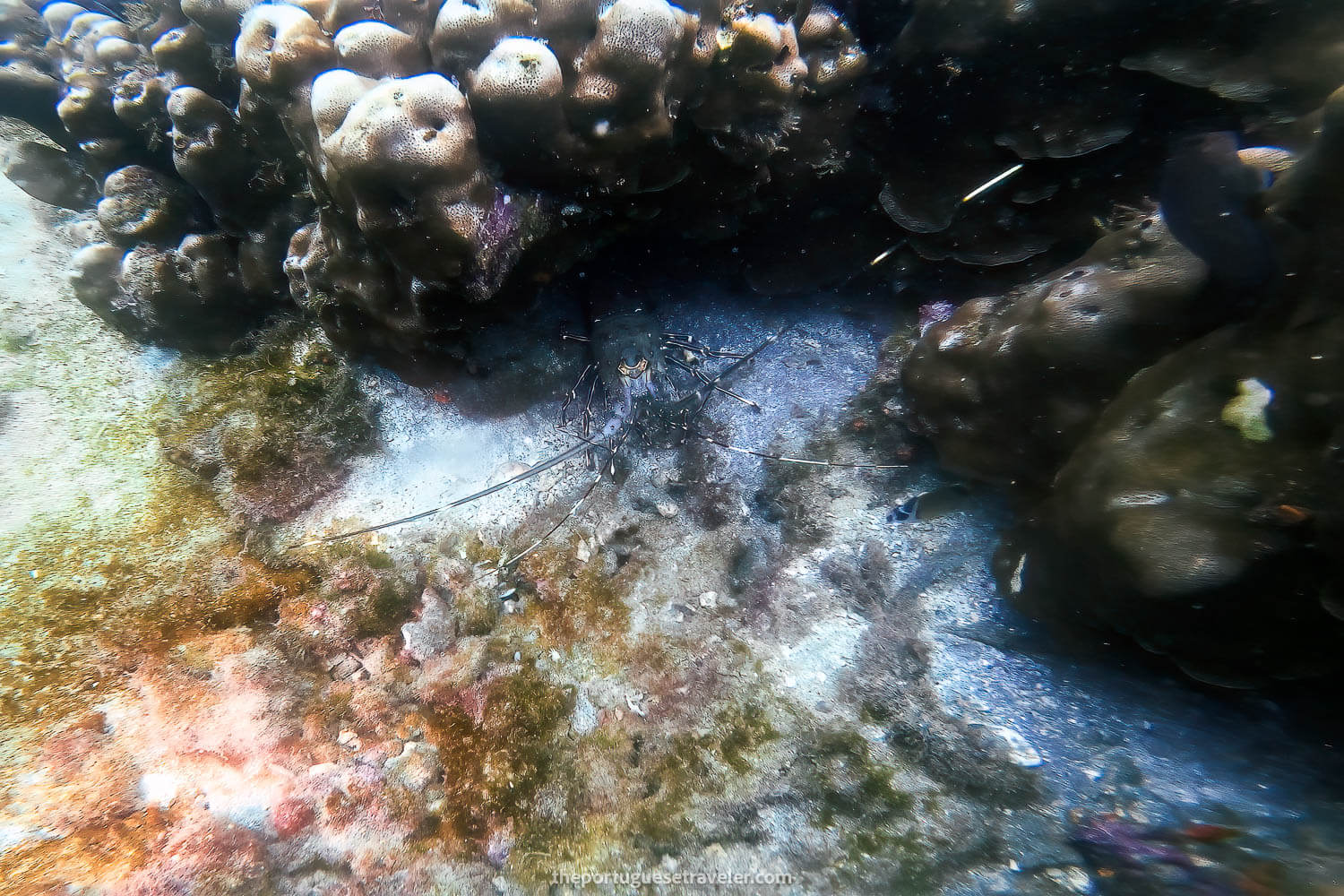
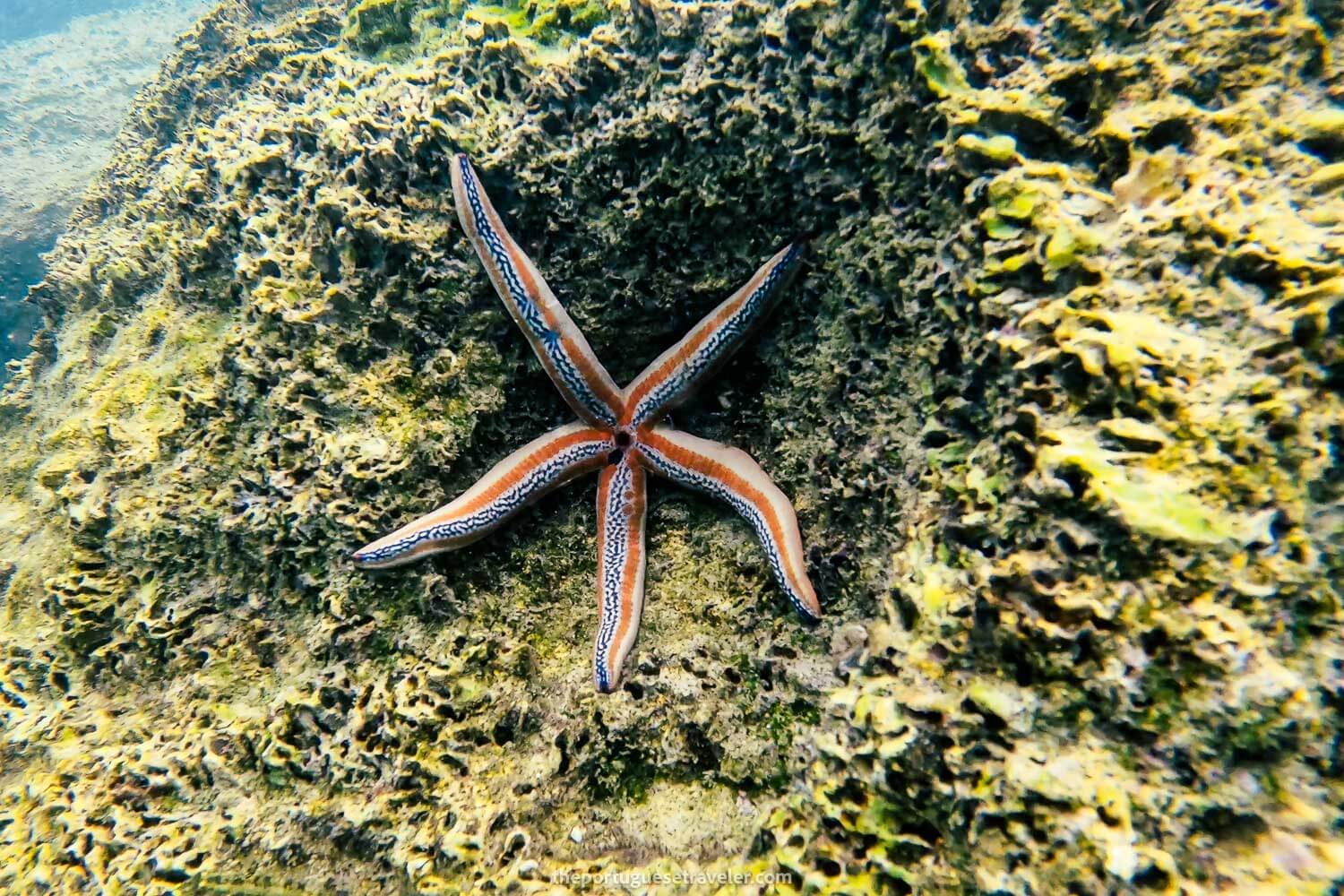
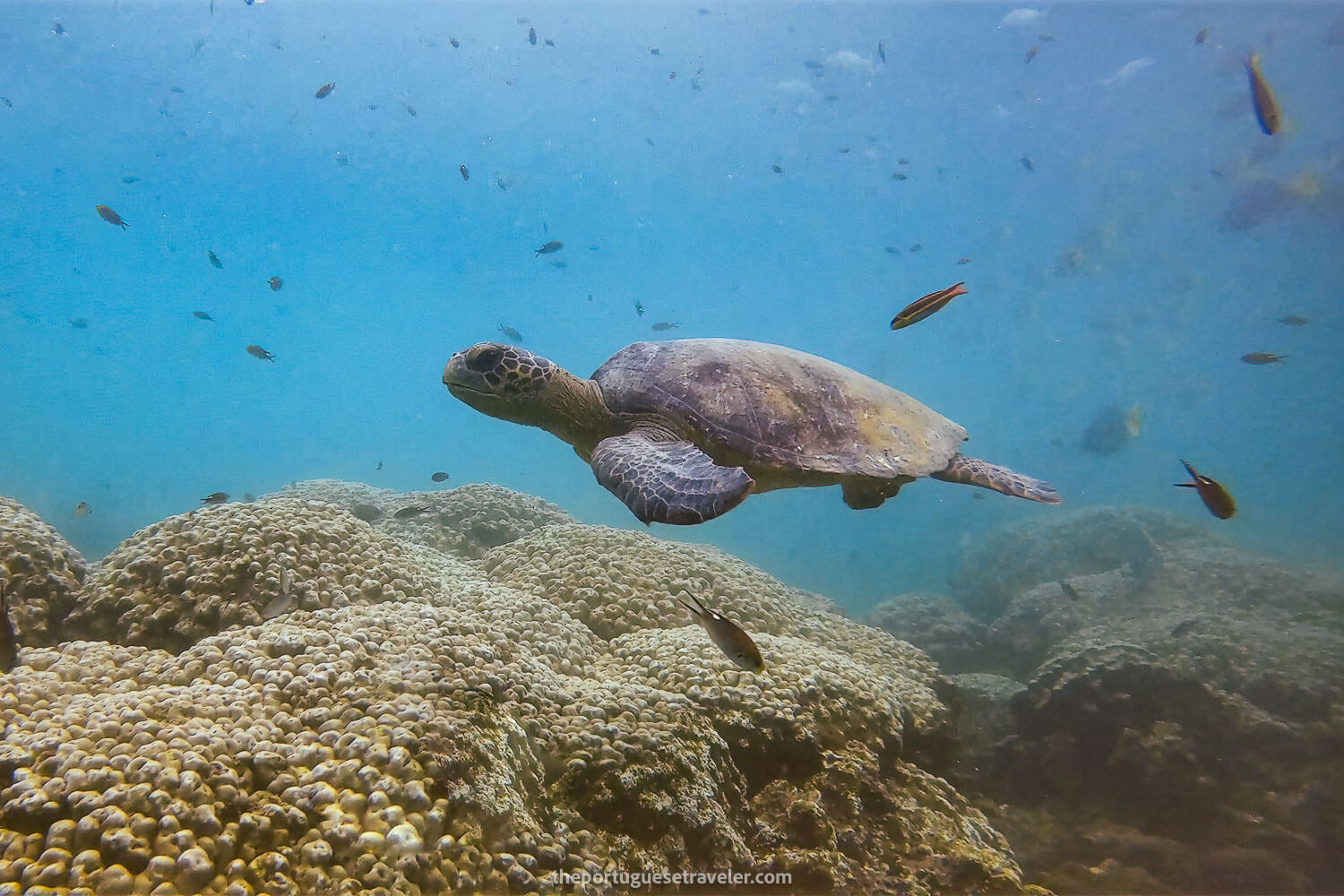
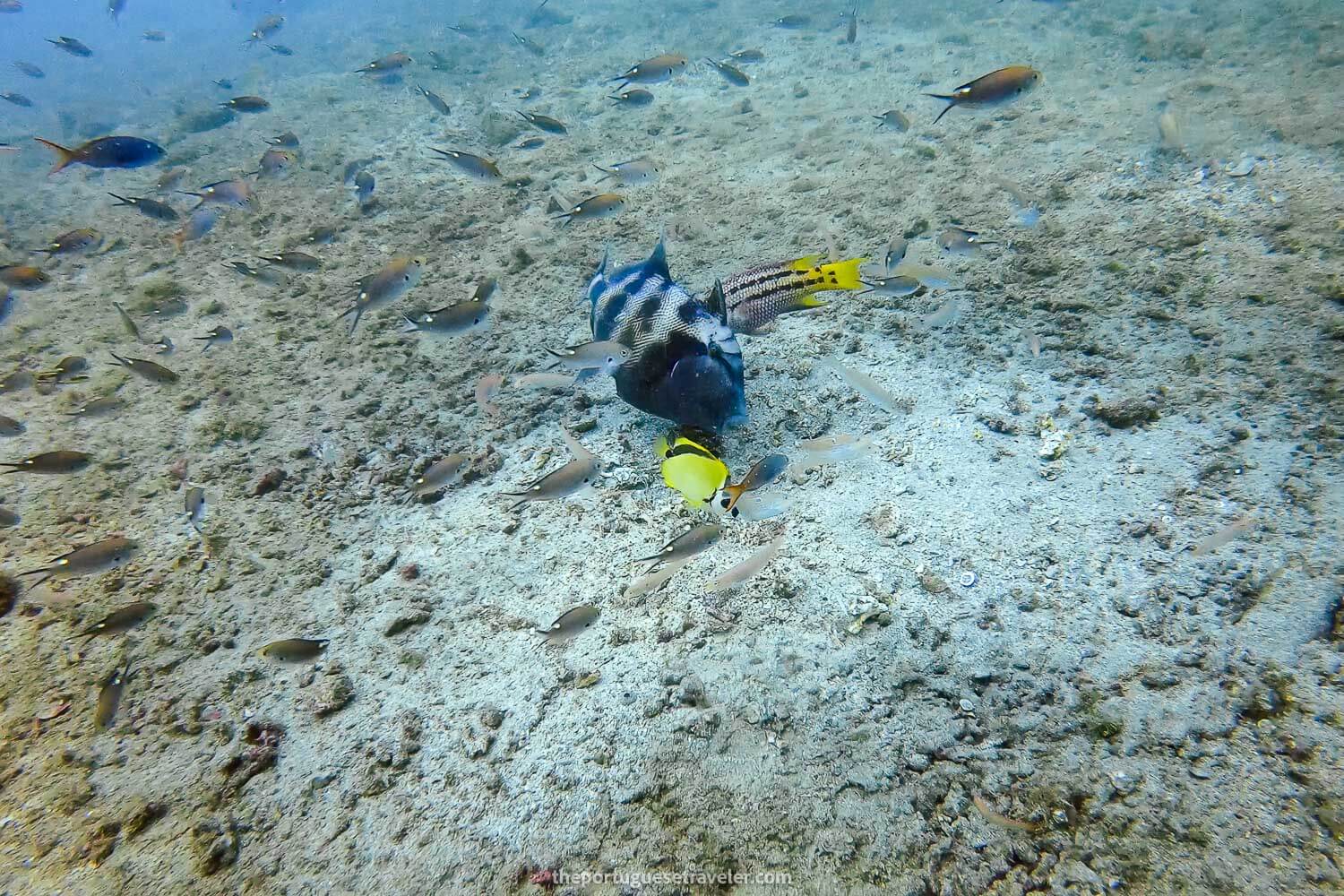
The Diving Experience (2023)
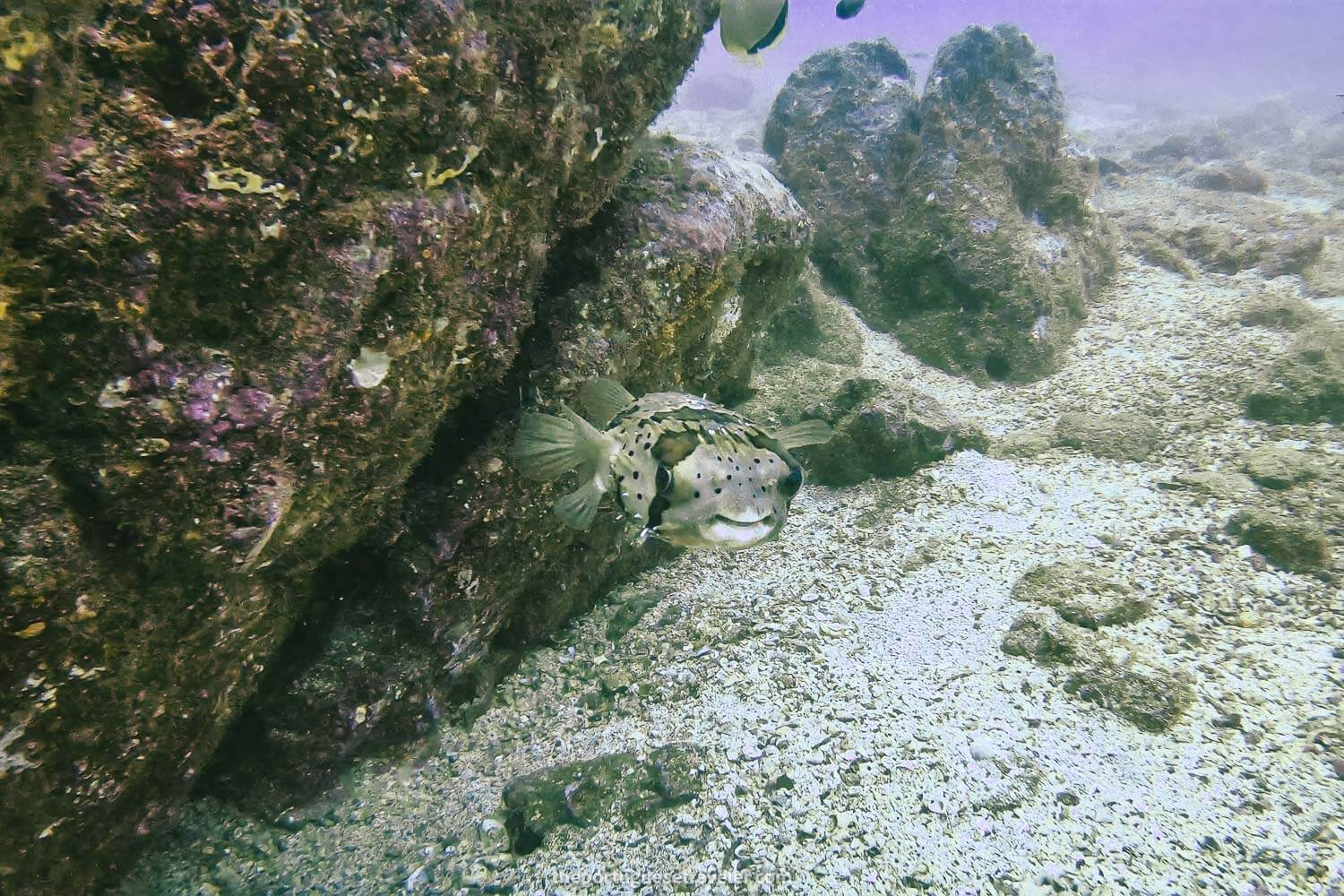
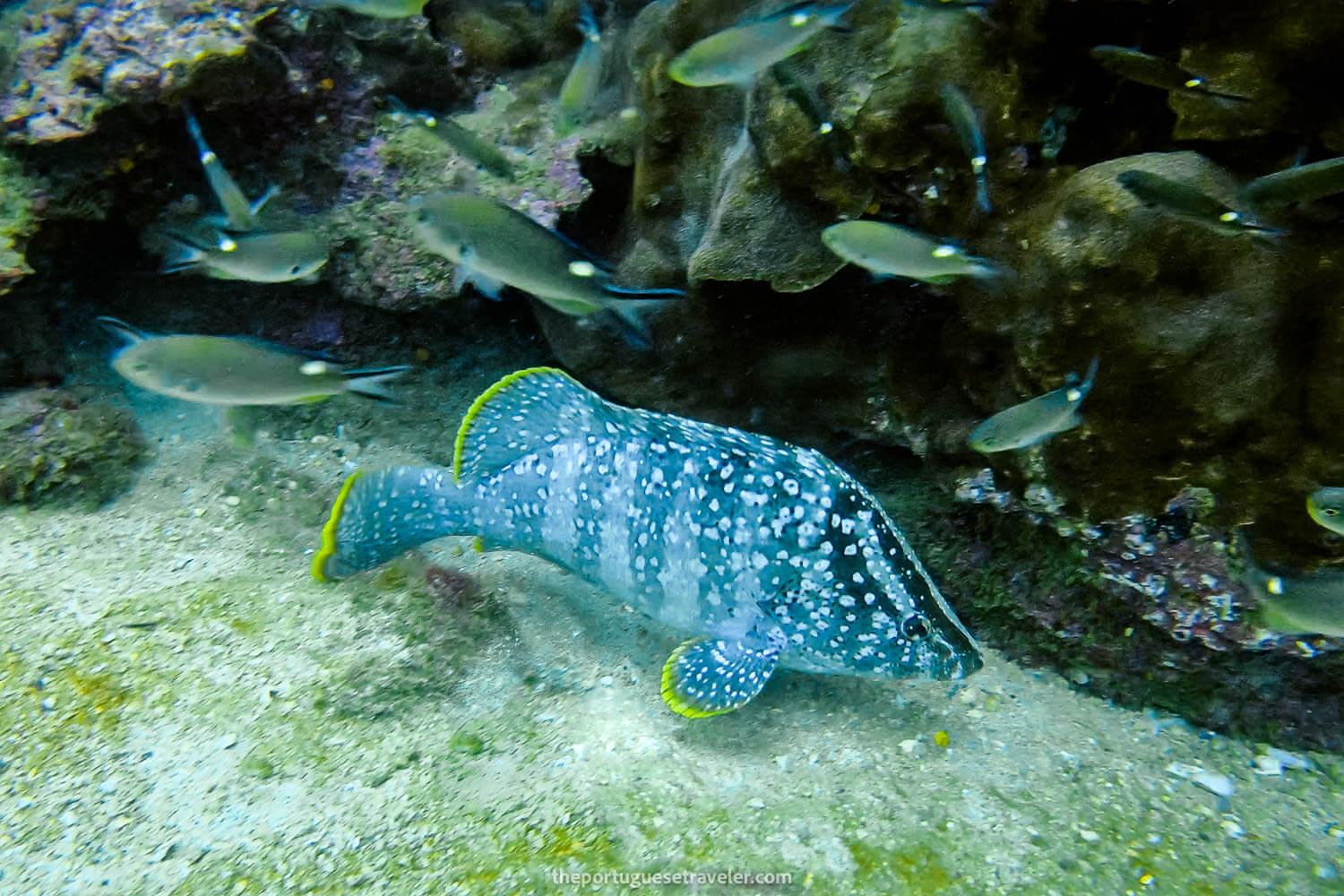
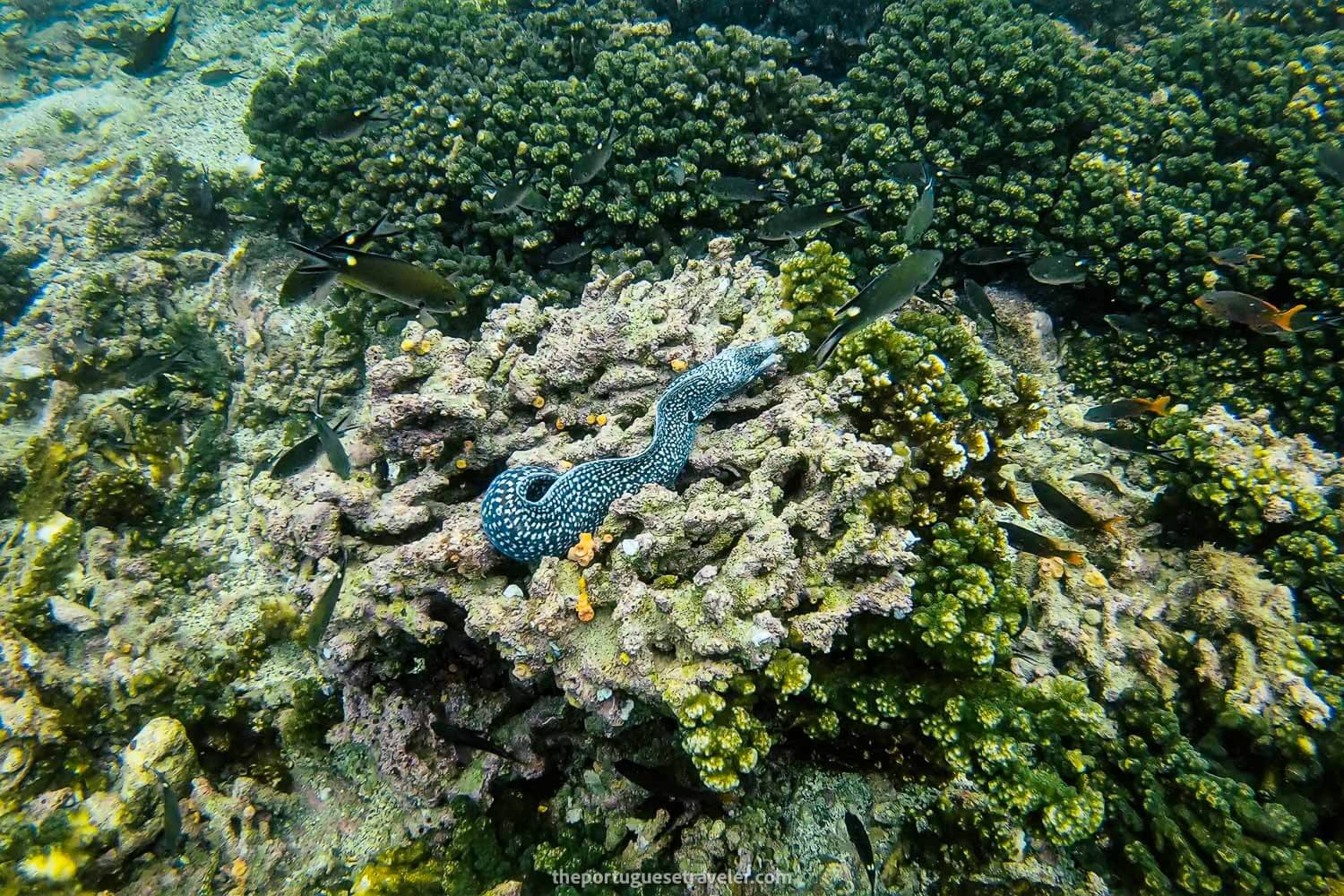
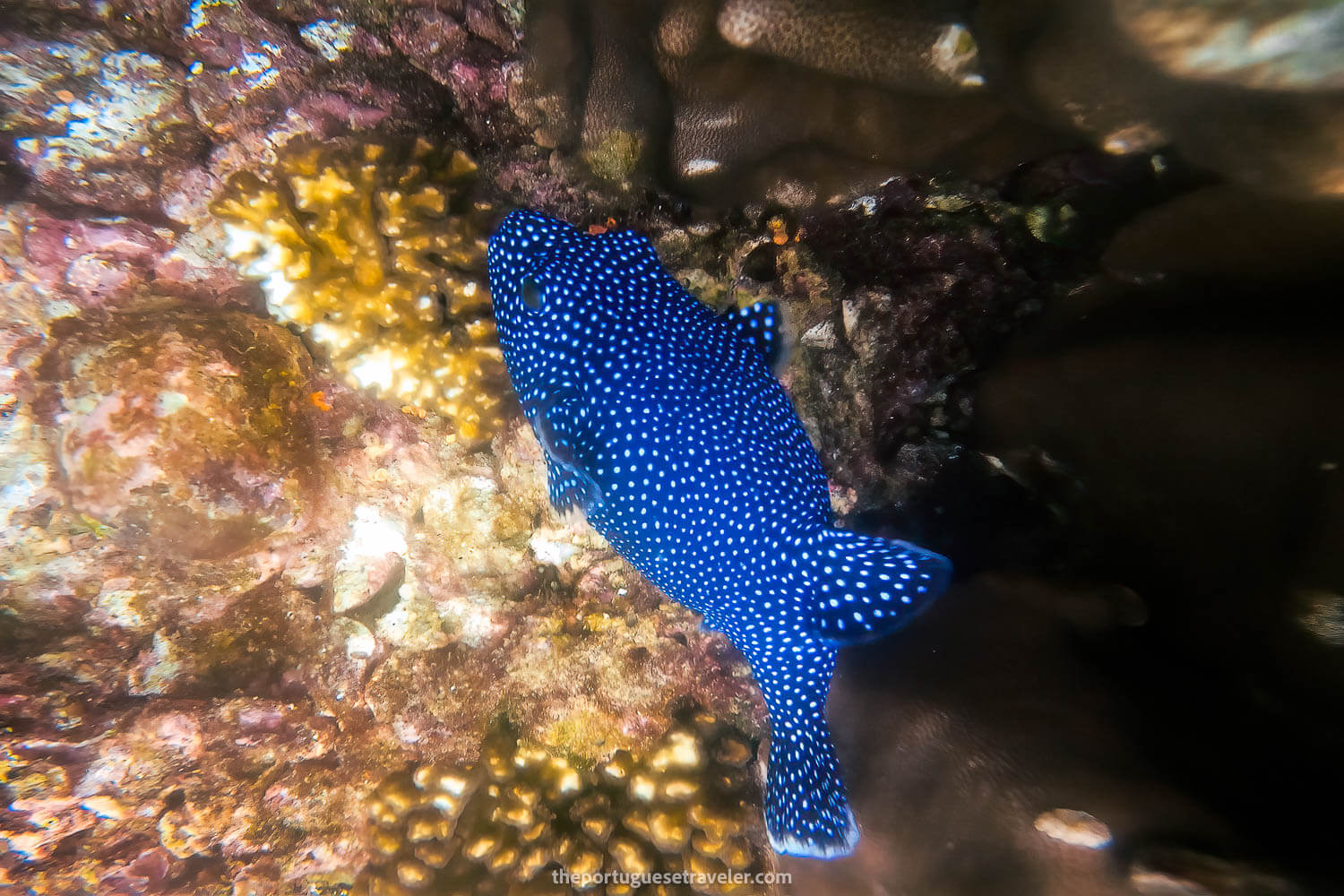
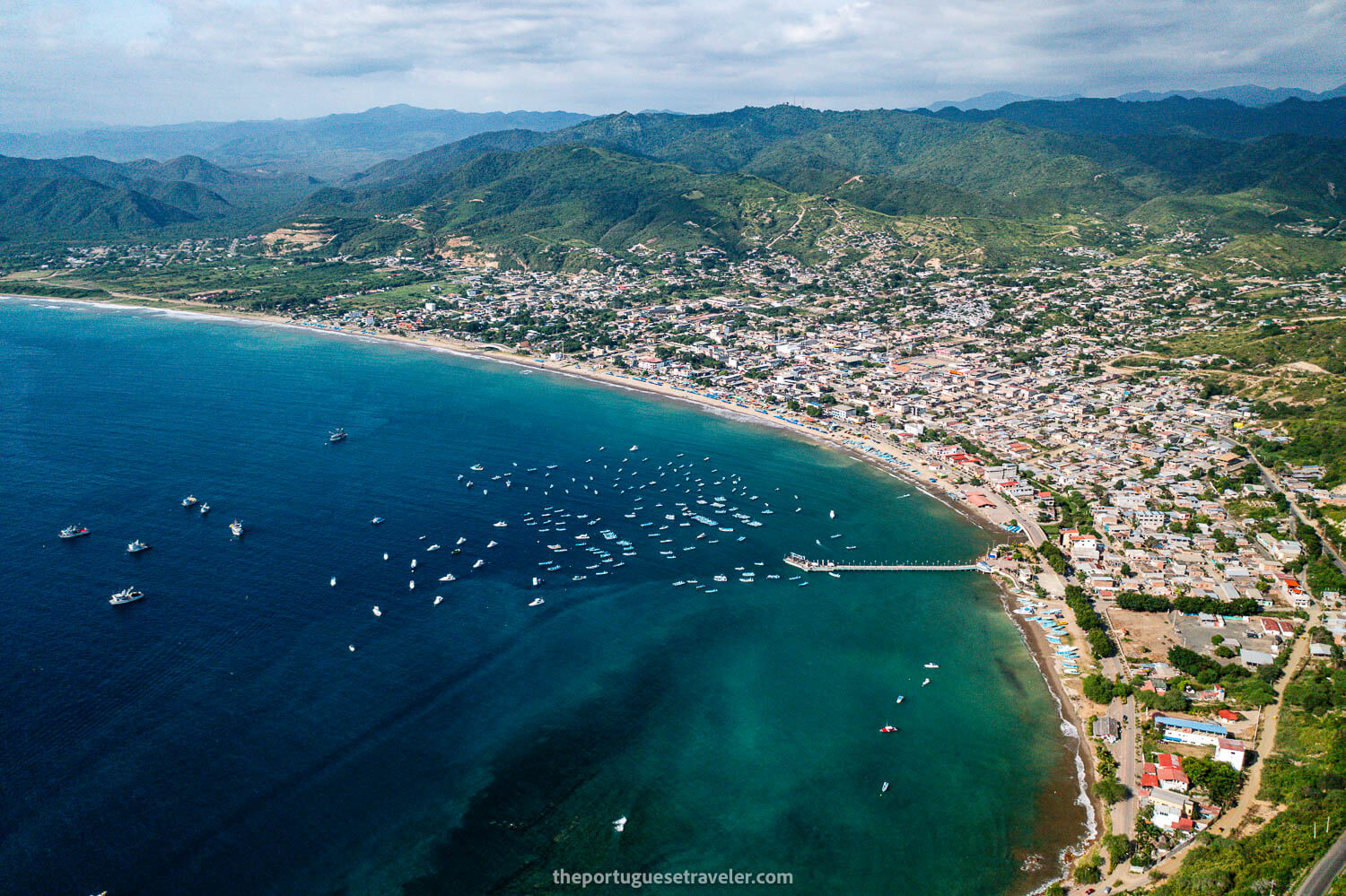
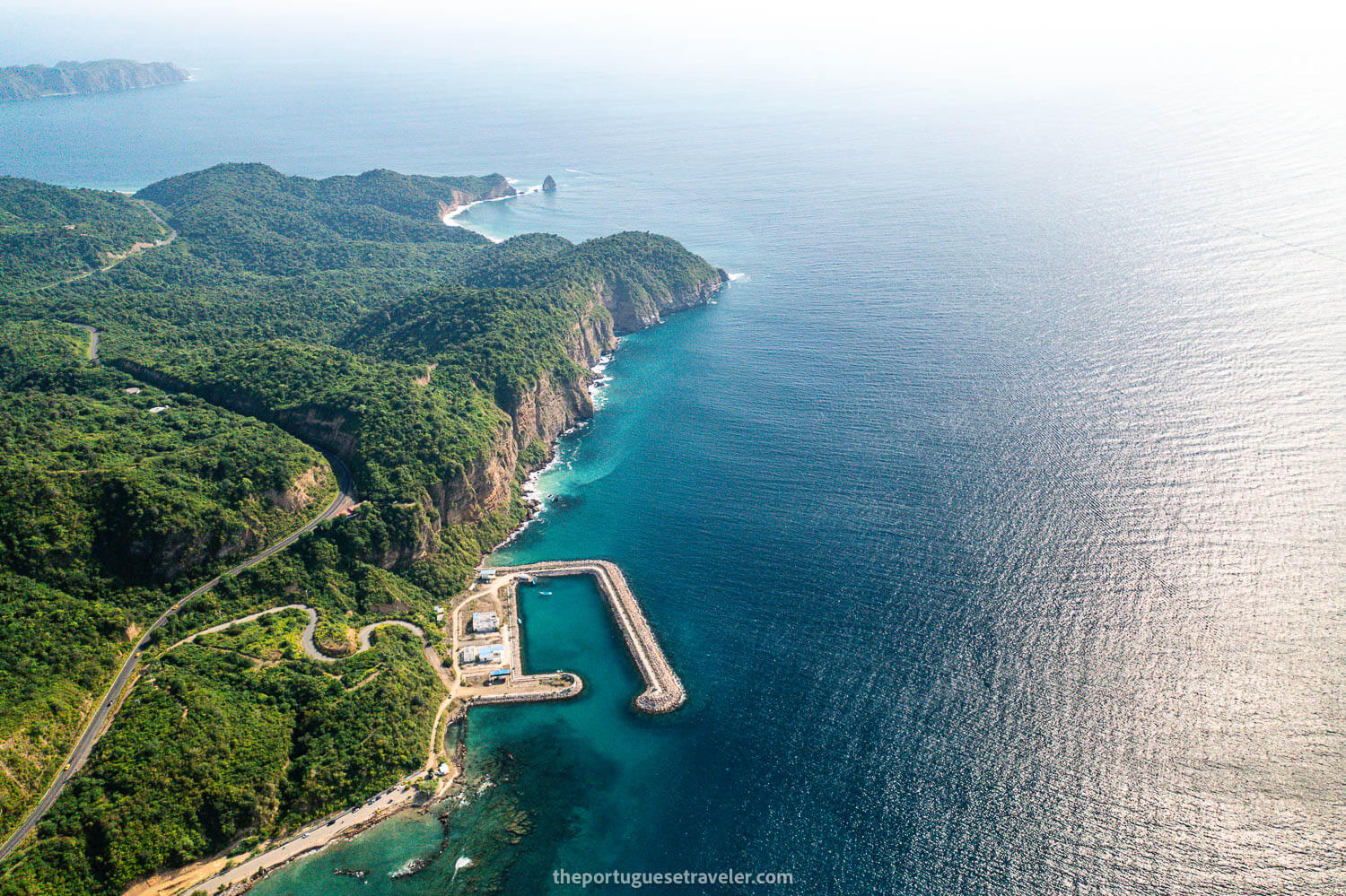
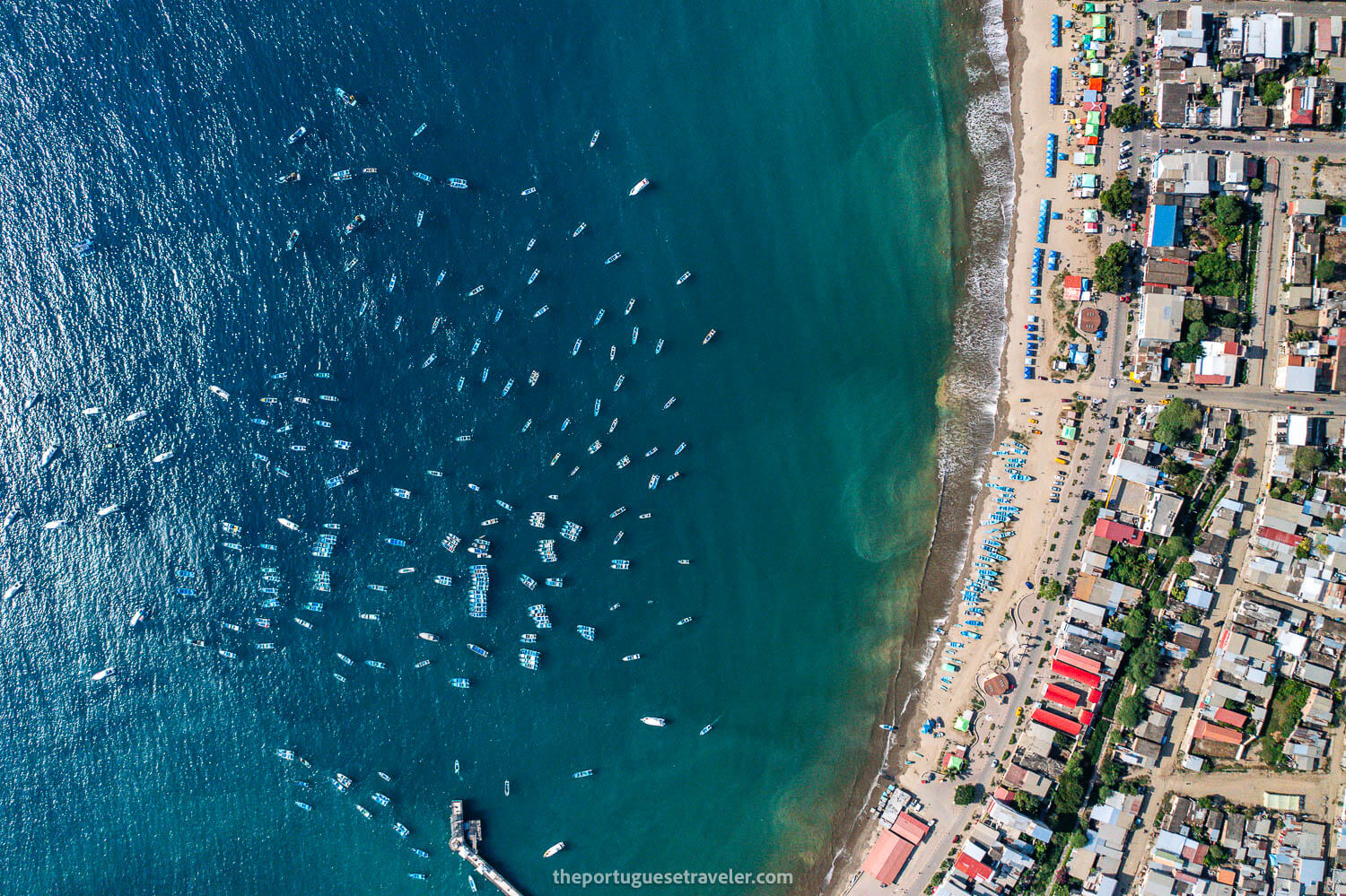
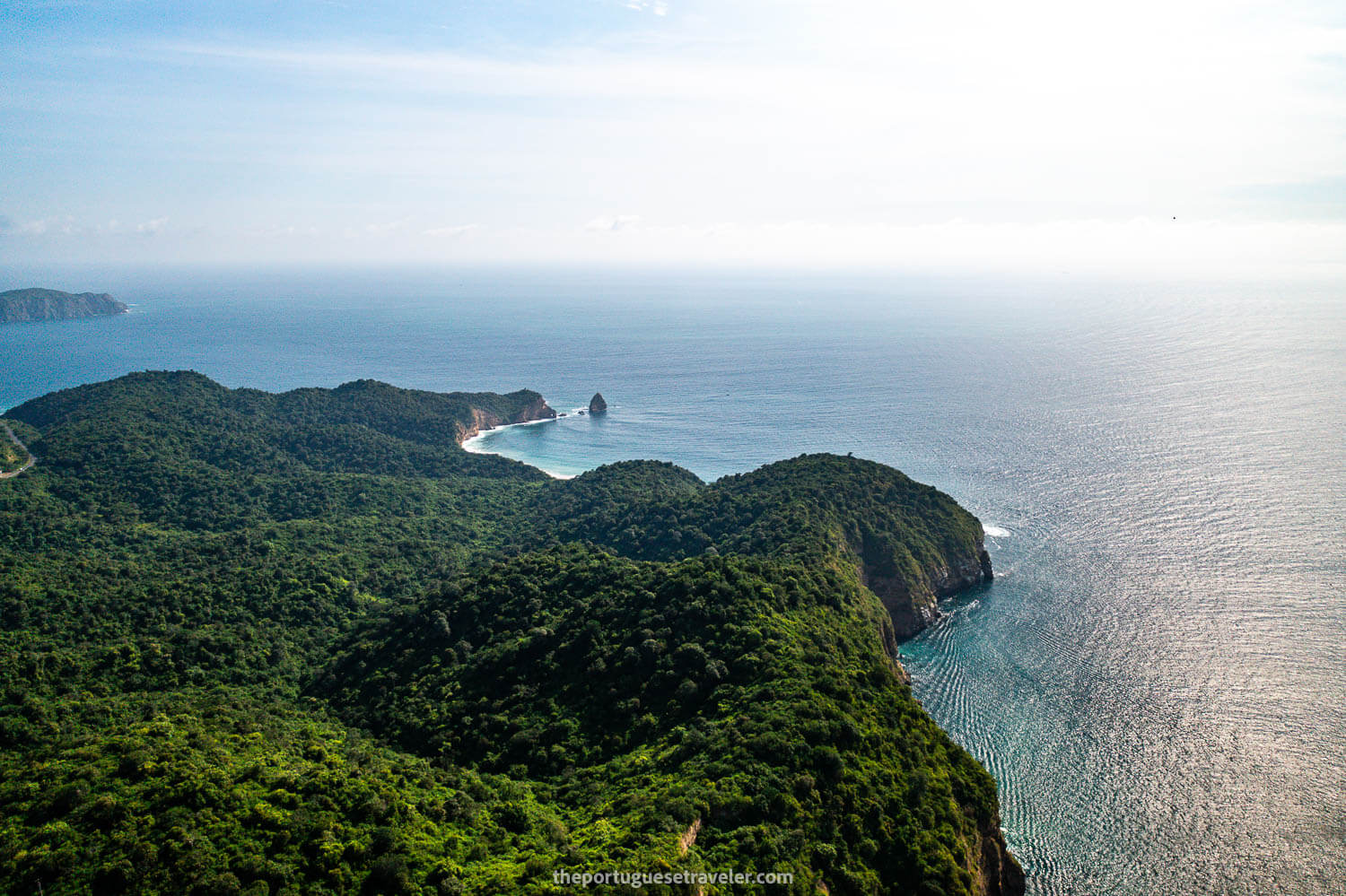
All the articles about Ecuador
Galapagos Islands – Experience the wonders of nature and unique wildlife in this pristine archipelago.
Amazon Rainforest – Immerse yourself in the lush greenery and rich biodiversity of the world’s largest tropical rainforest.
The Andes – Embark on an adventure in the Ecuadorian Andes, a majestic mountain range with diverse landscapes, ancient sites, and captivating wildlife.
